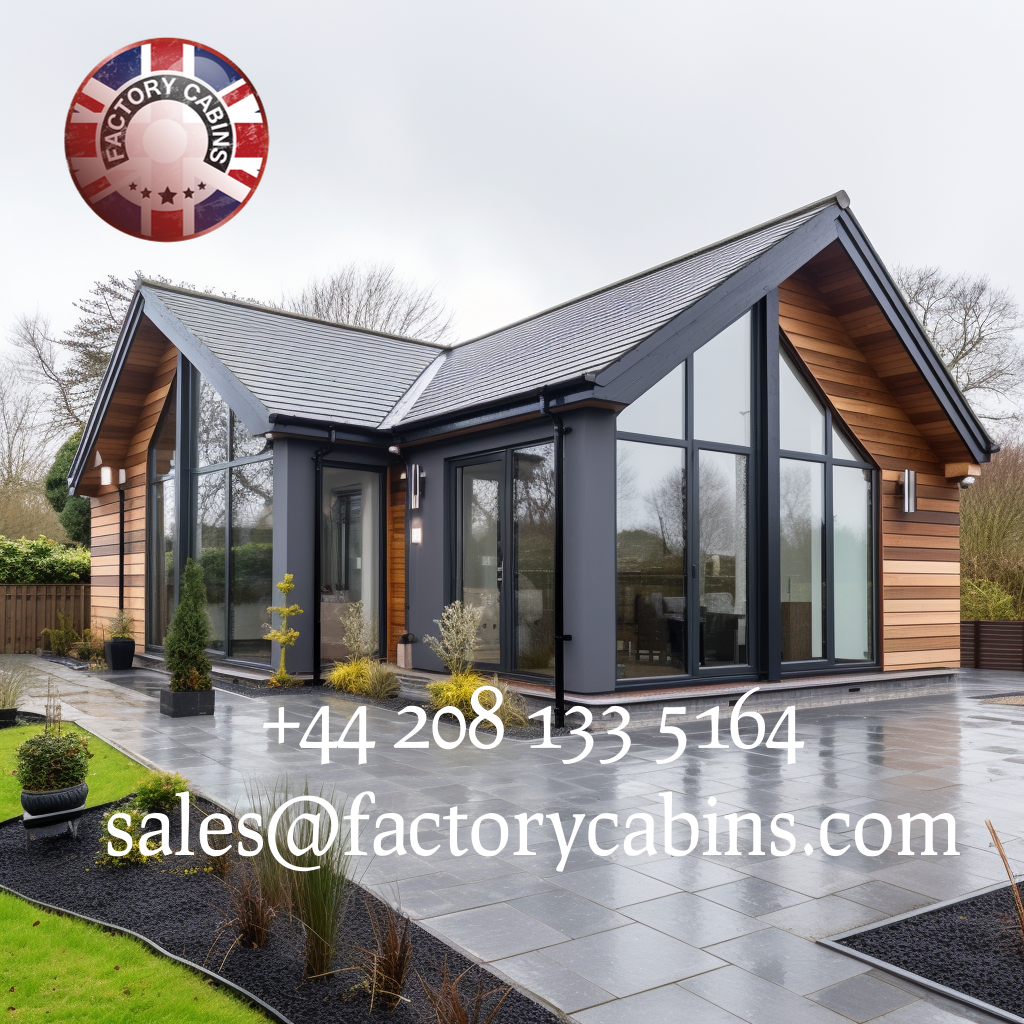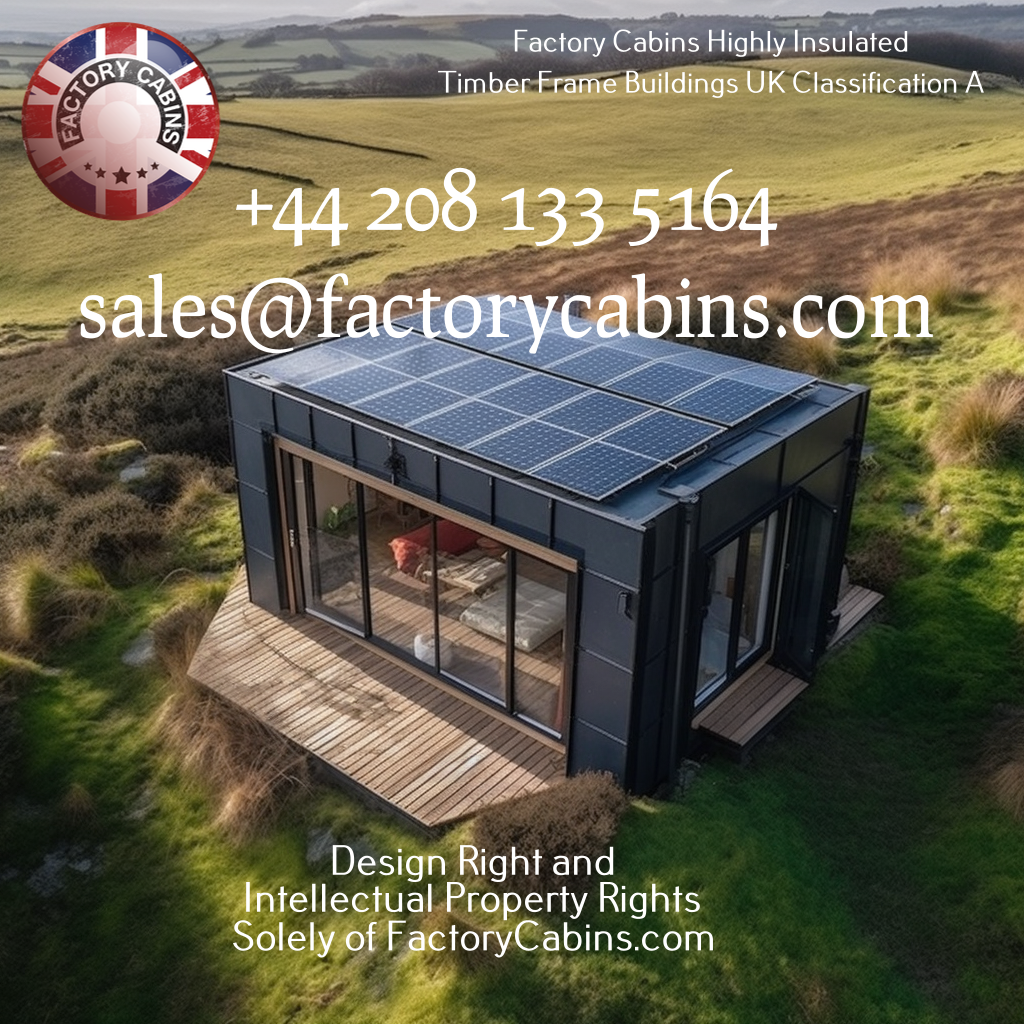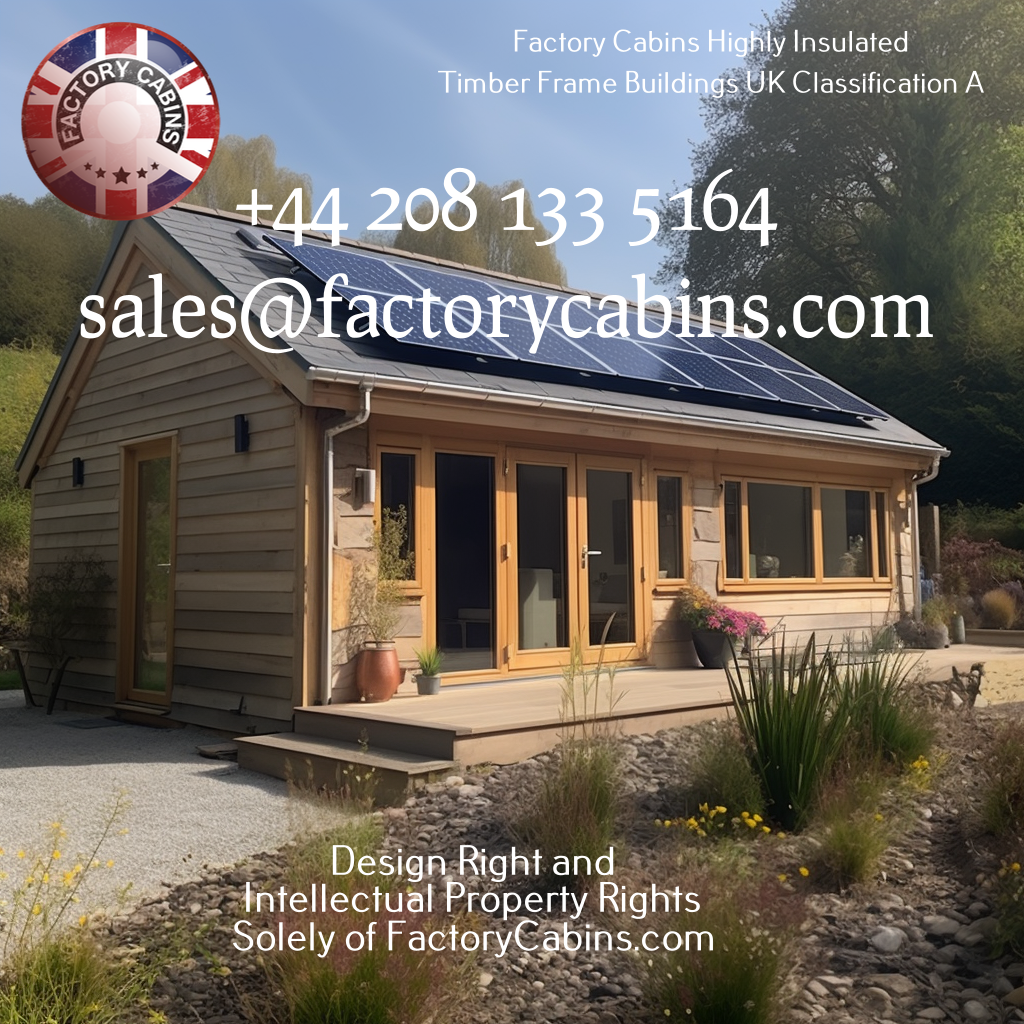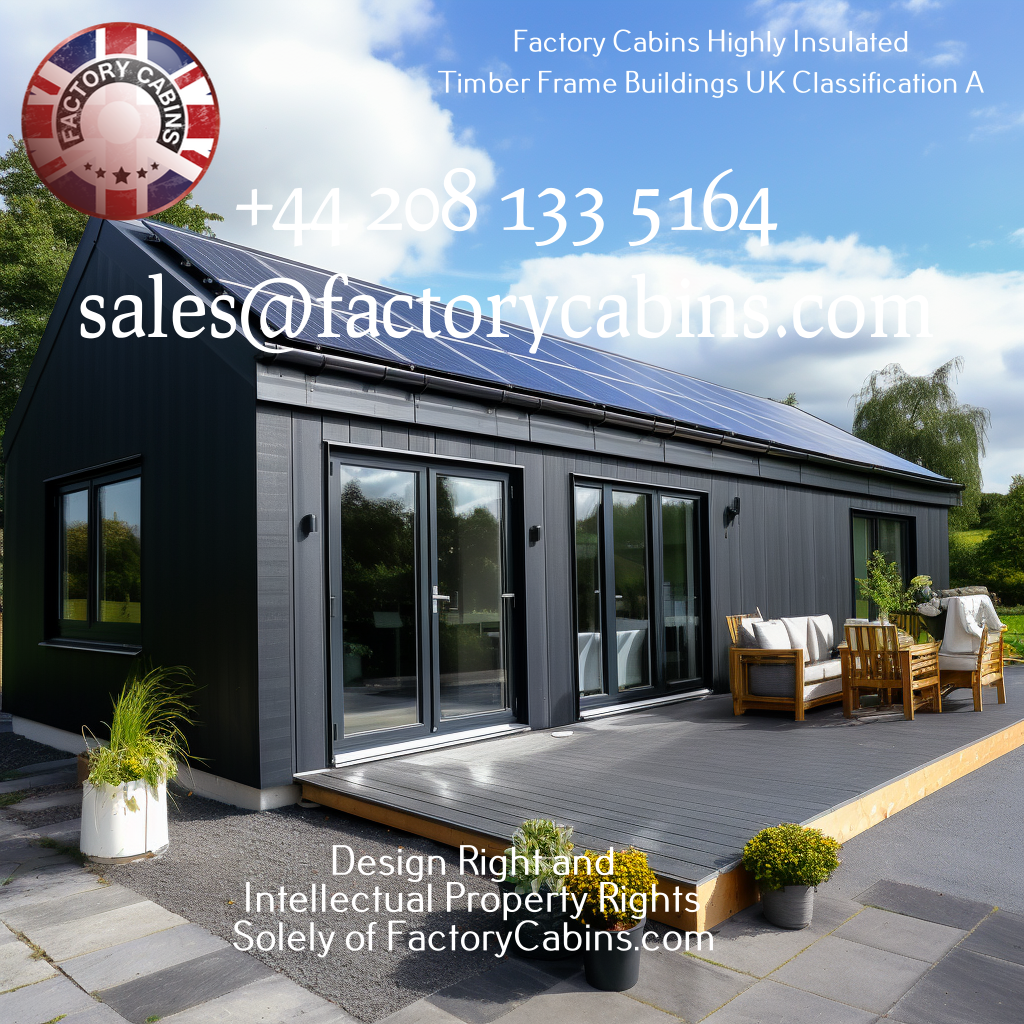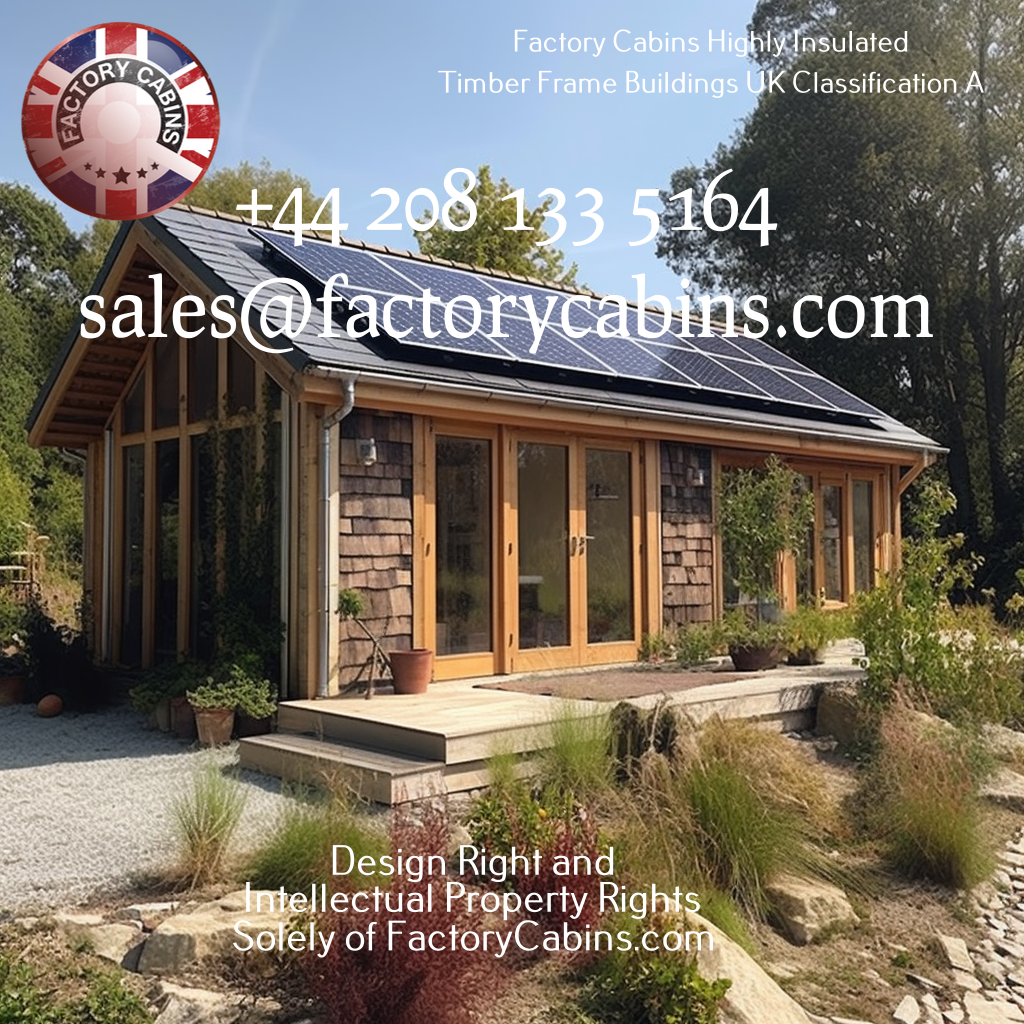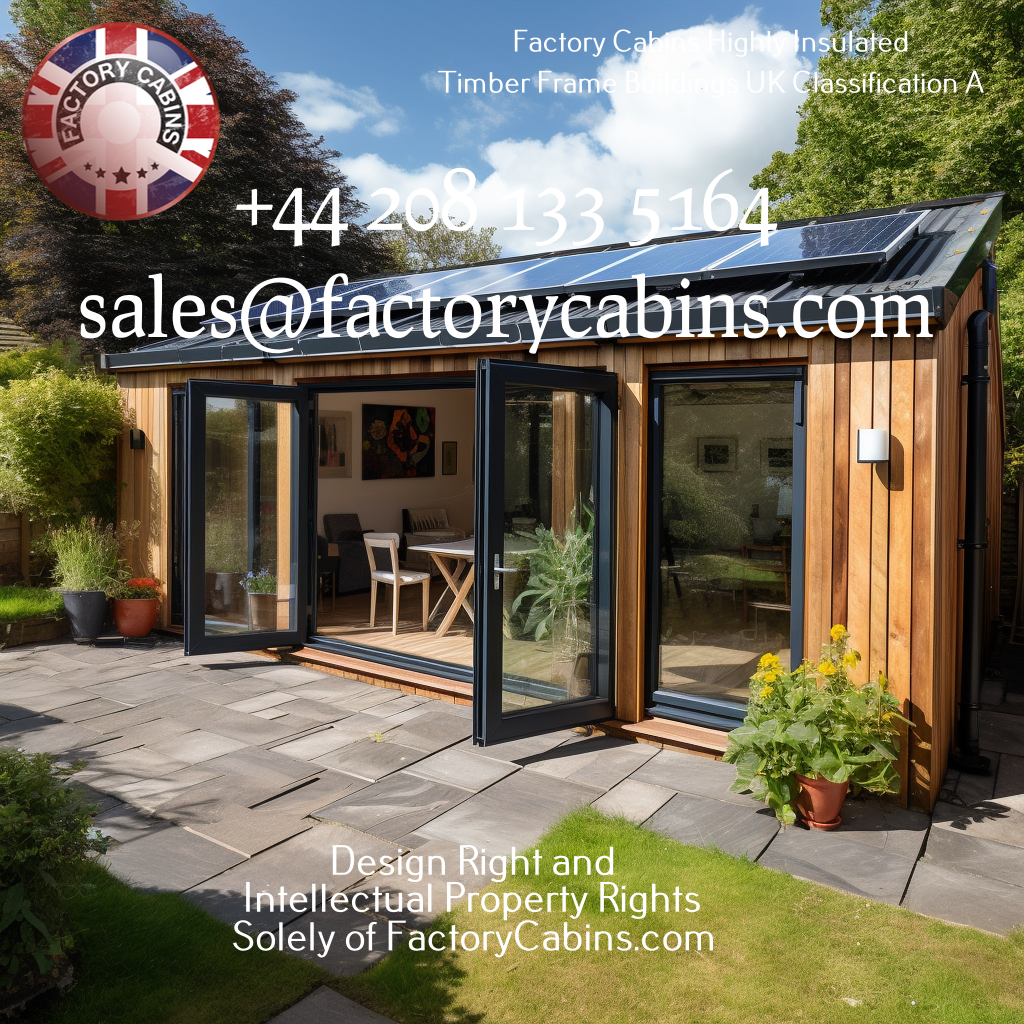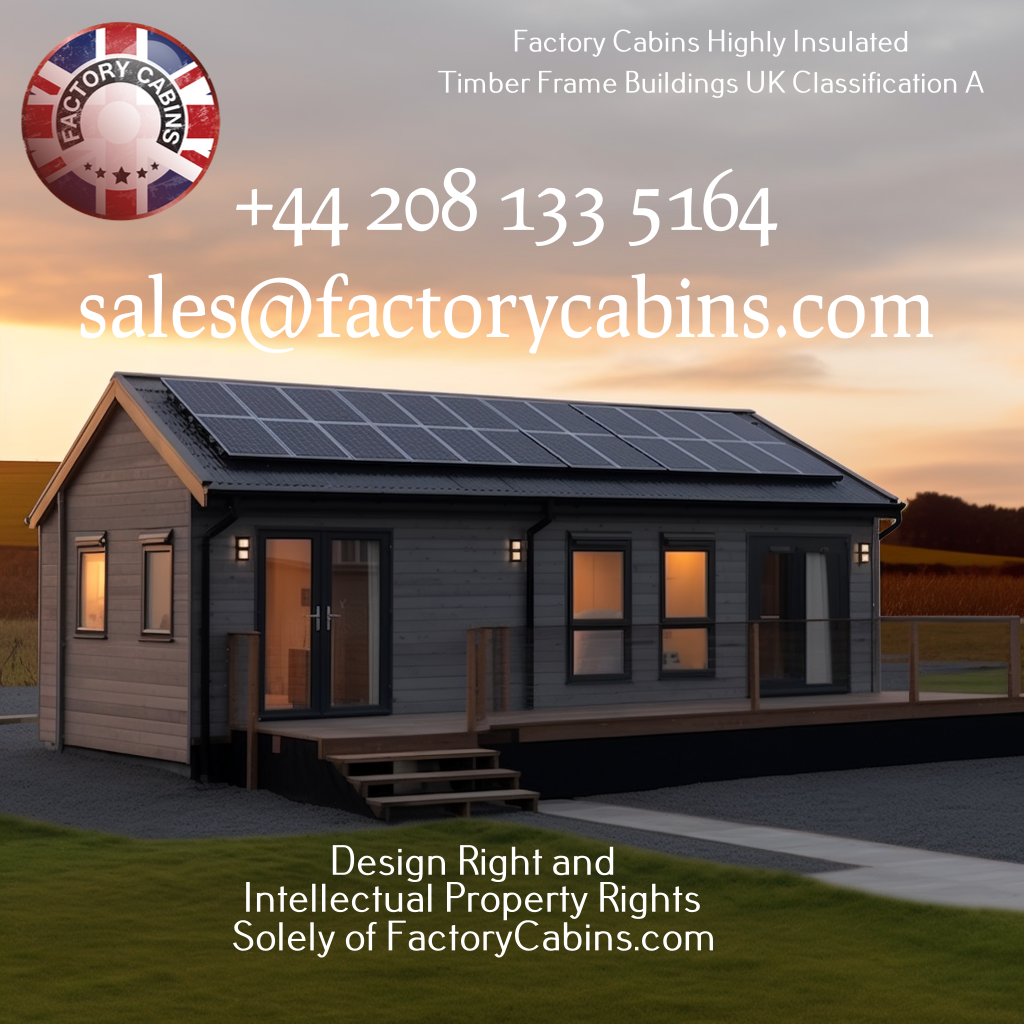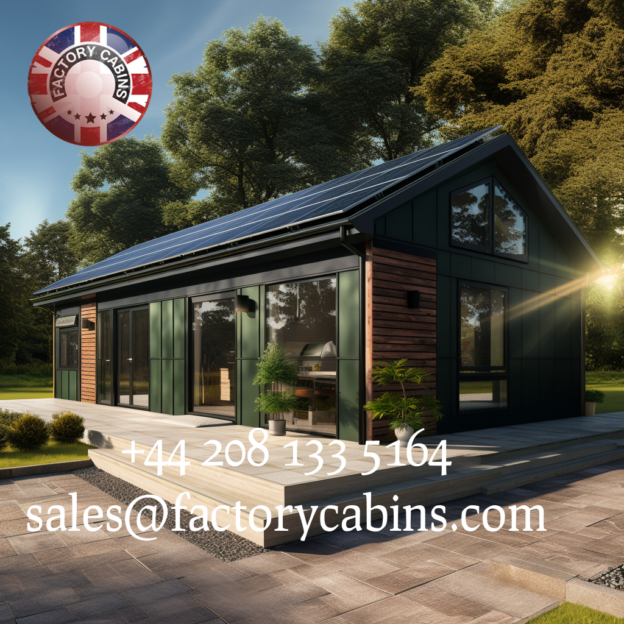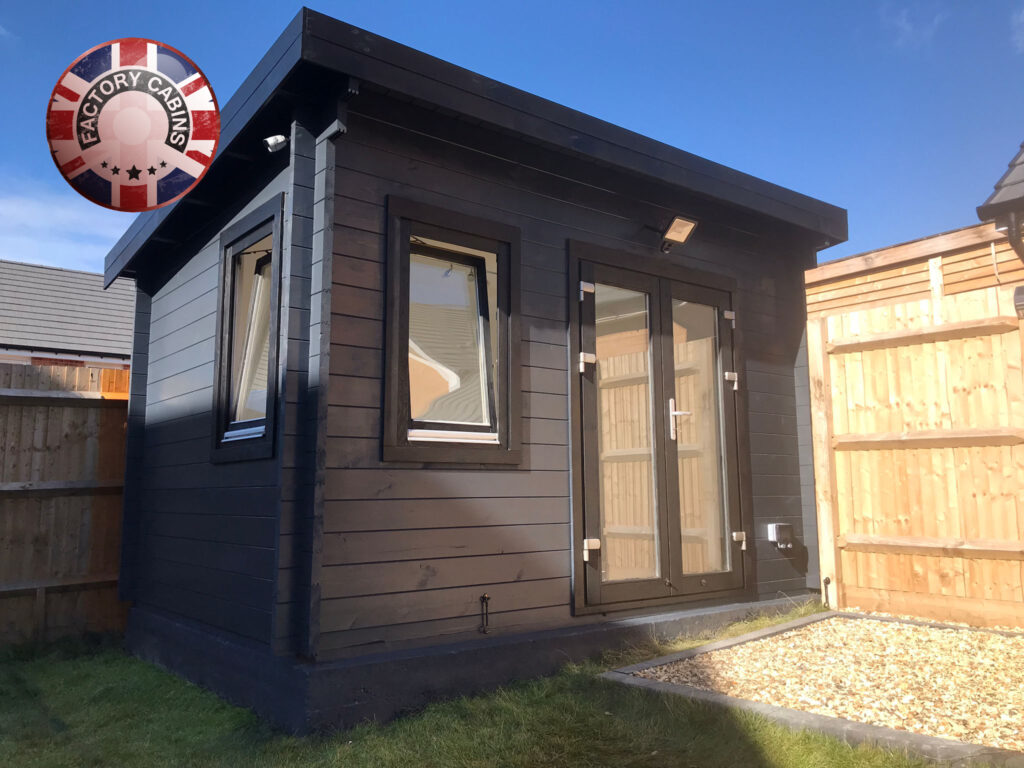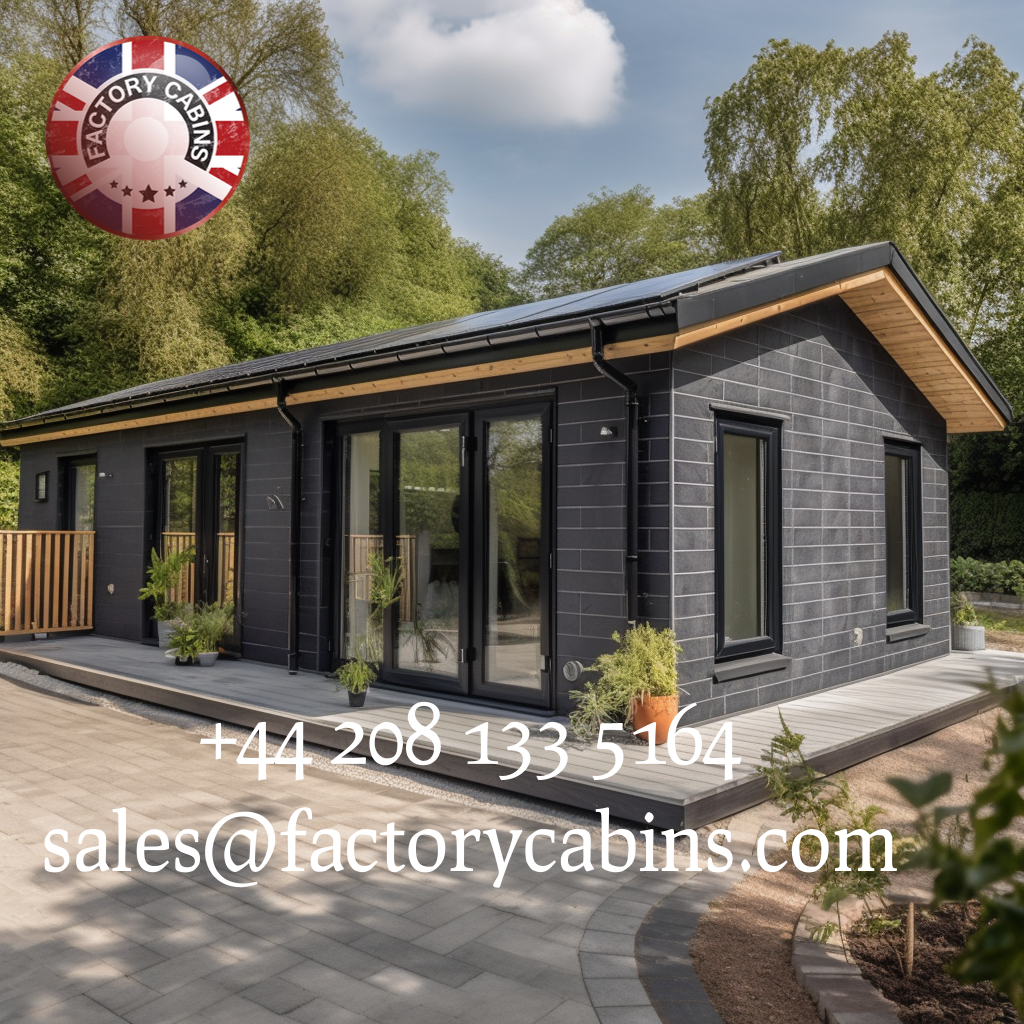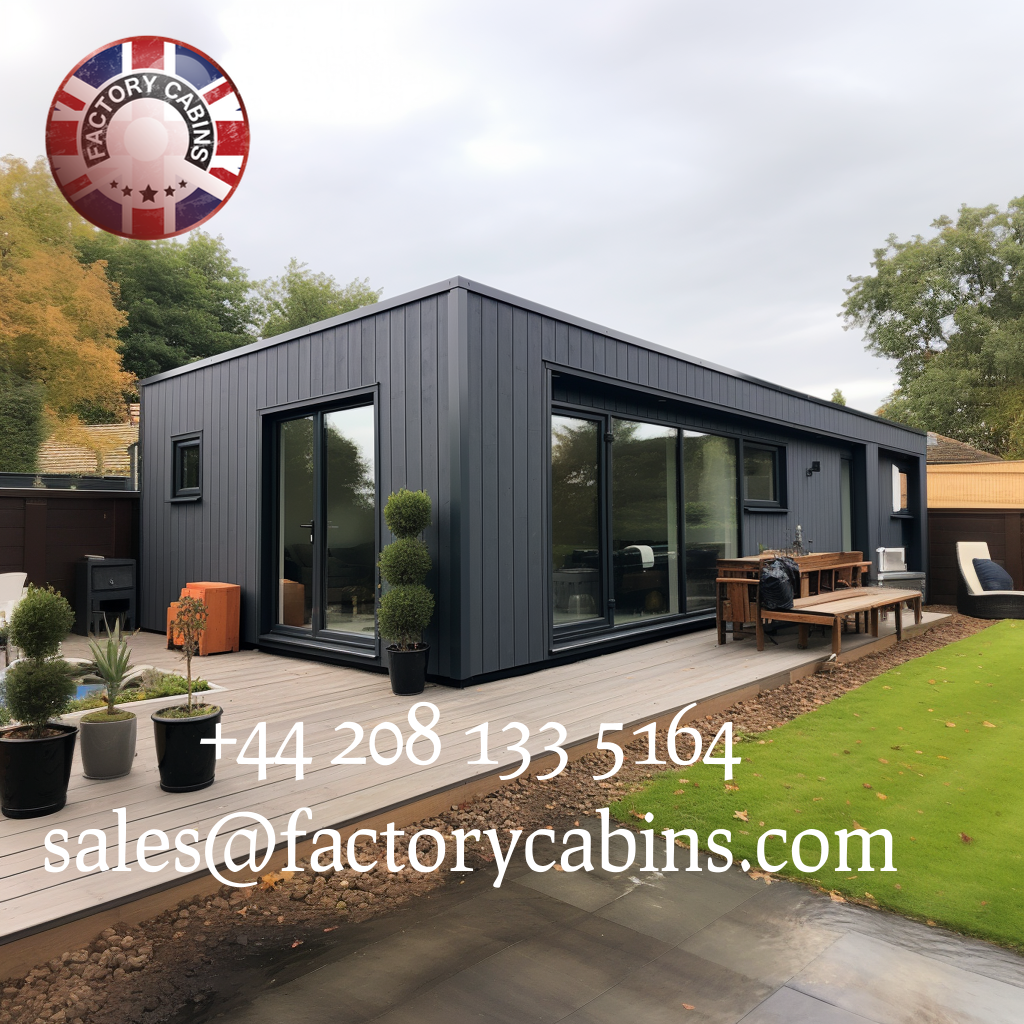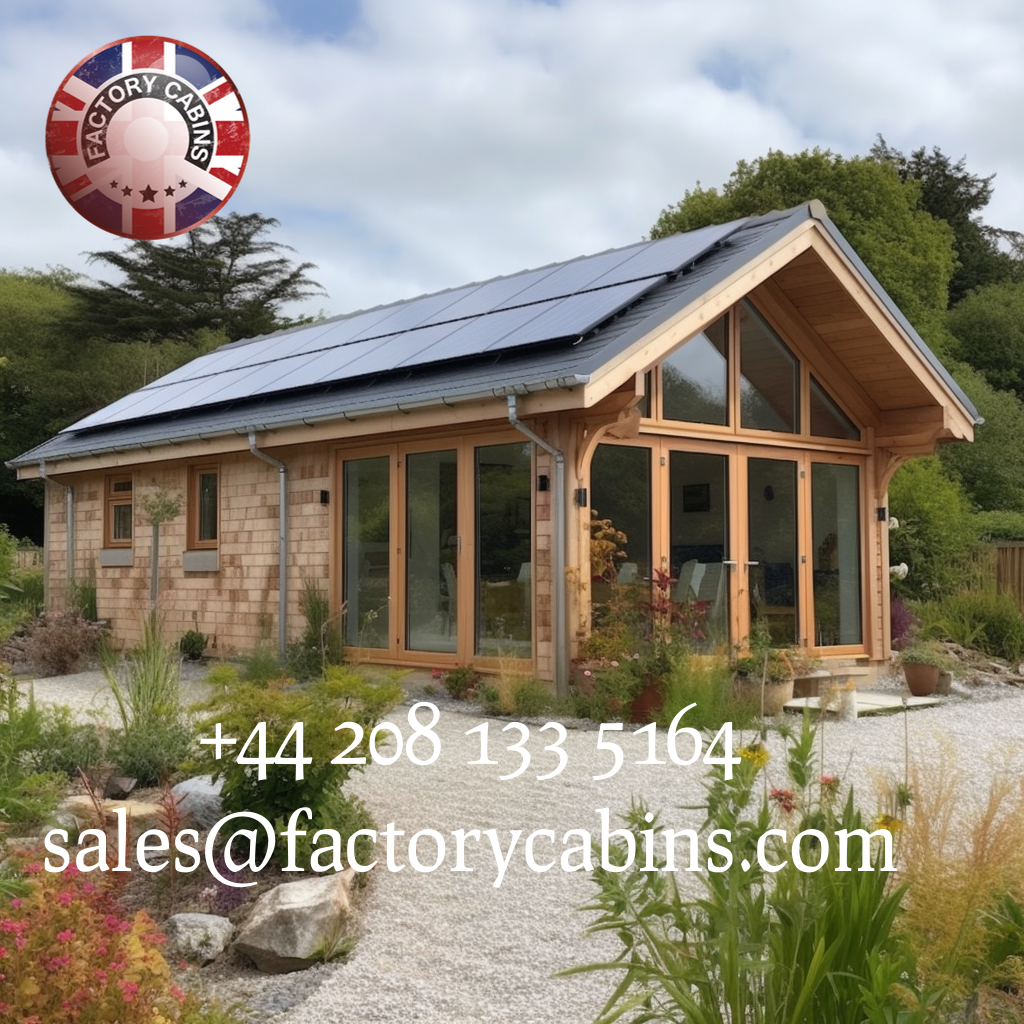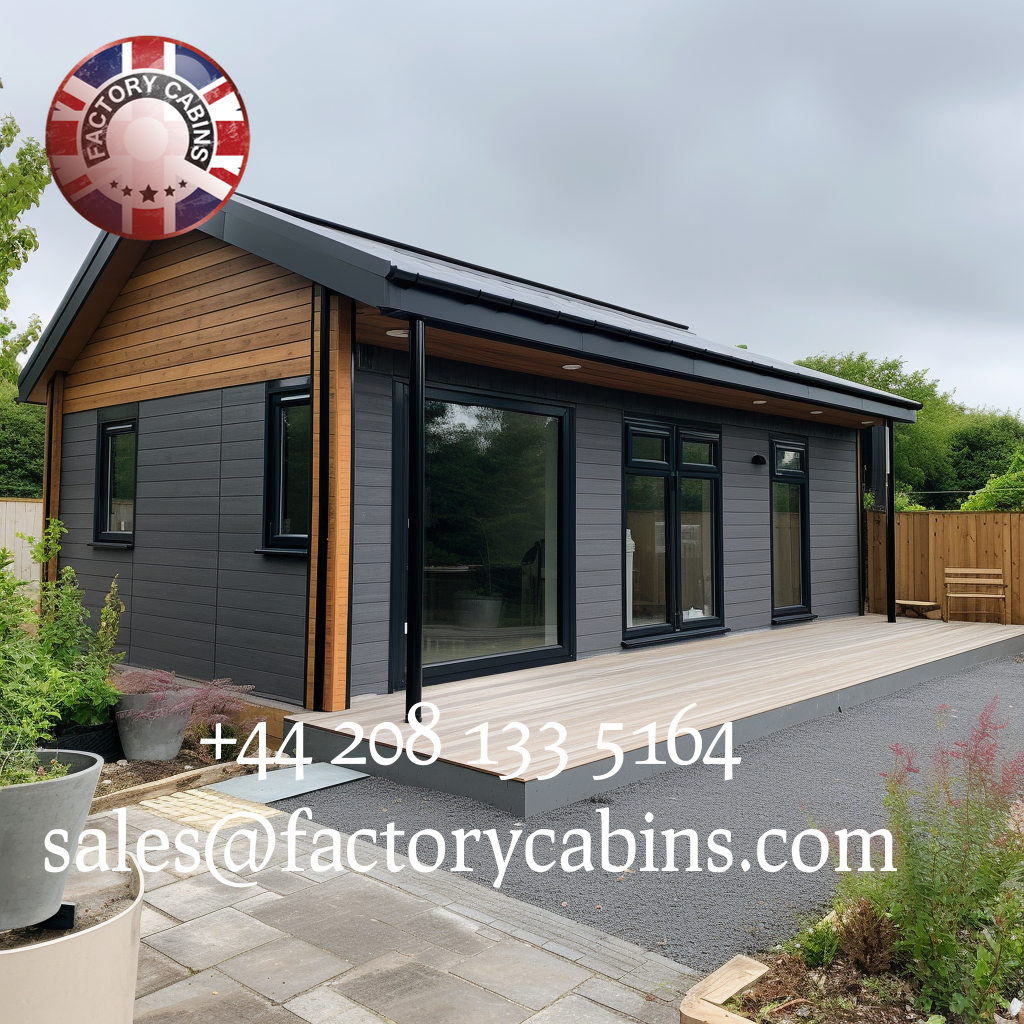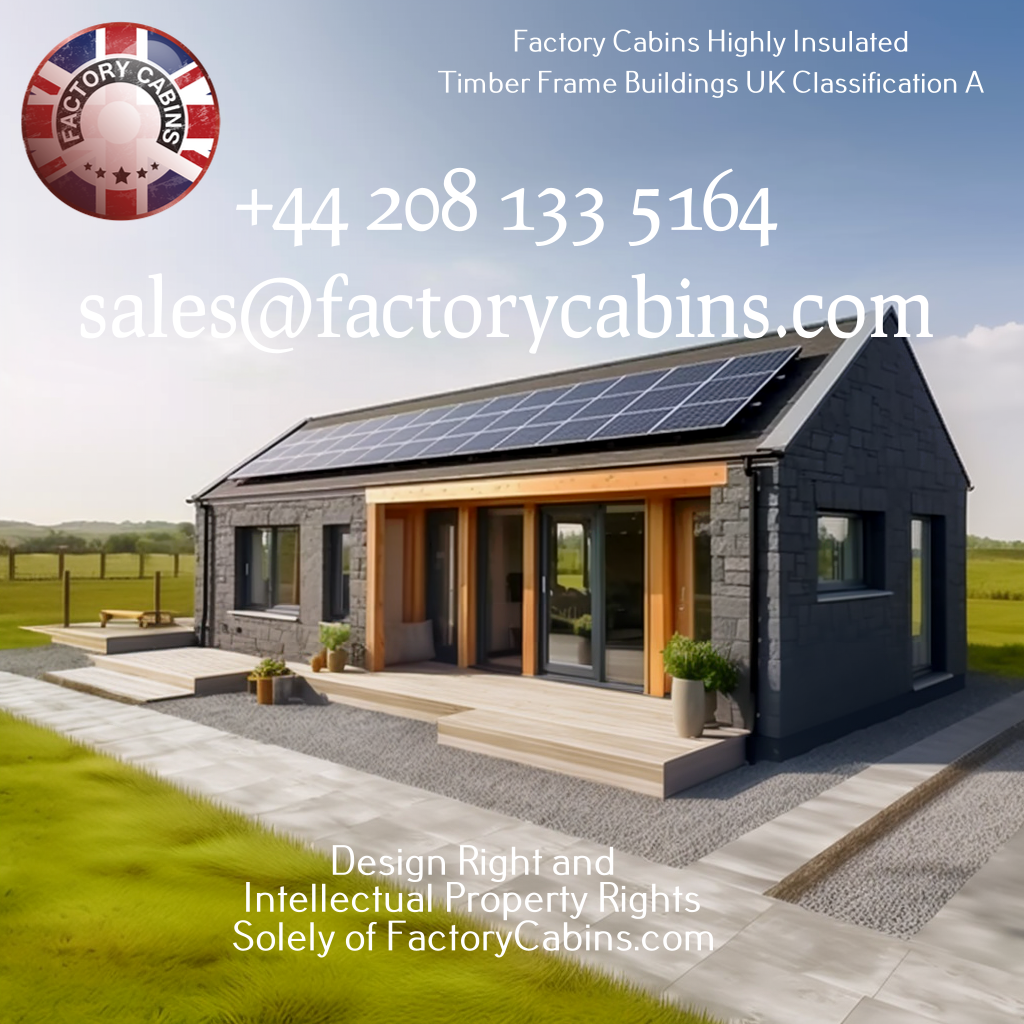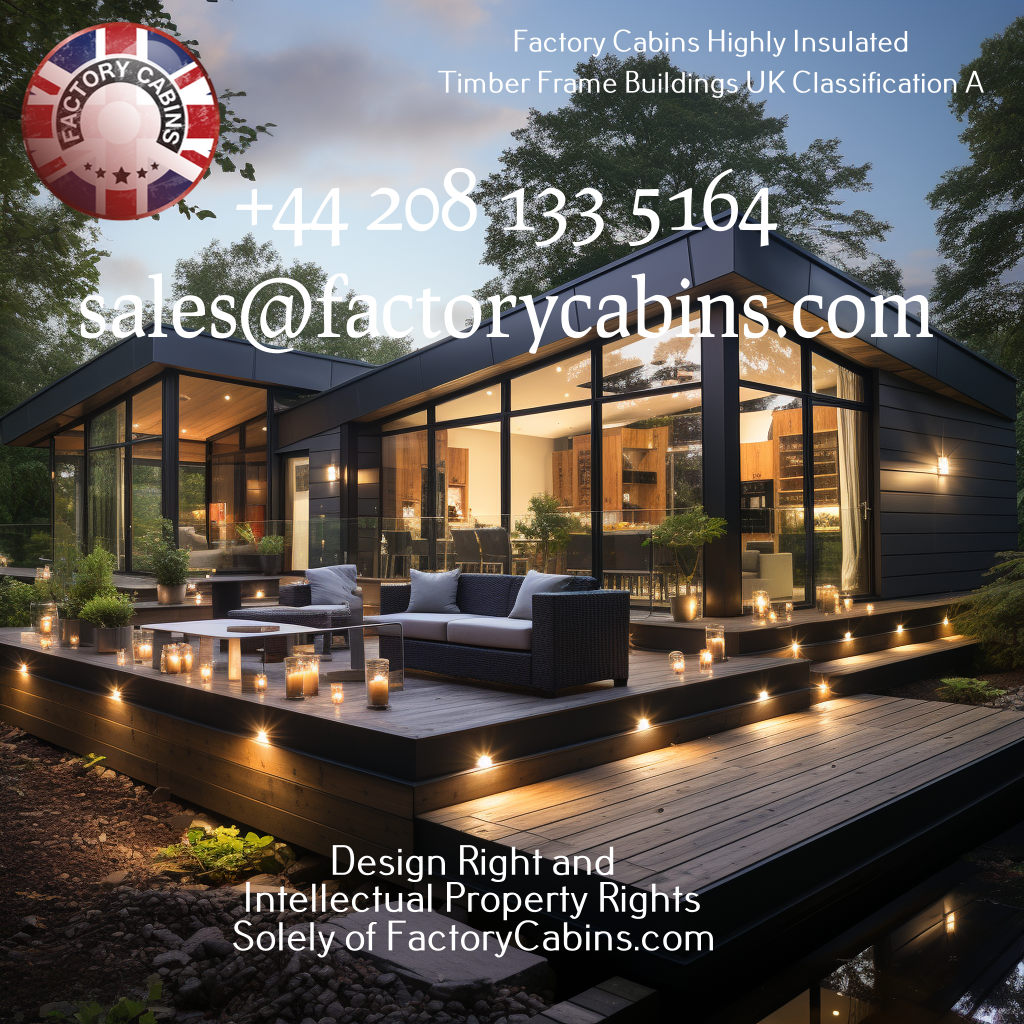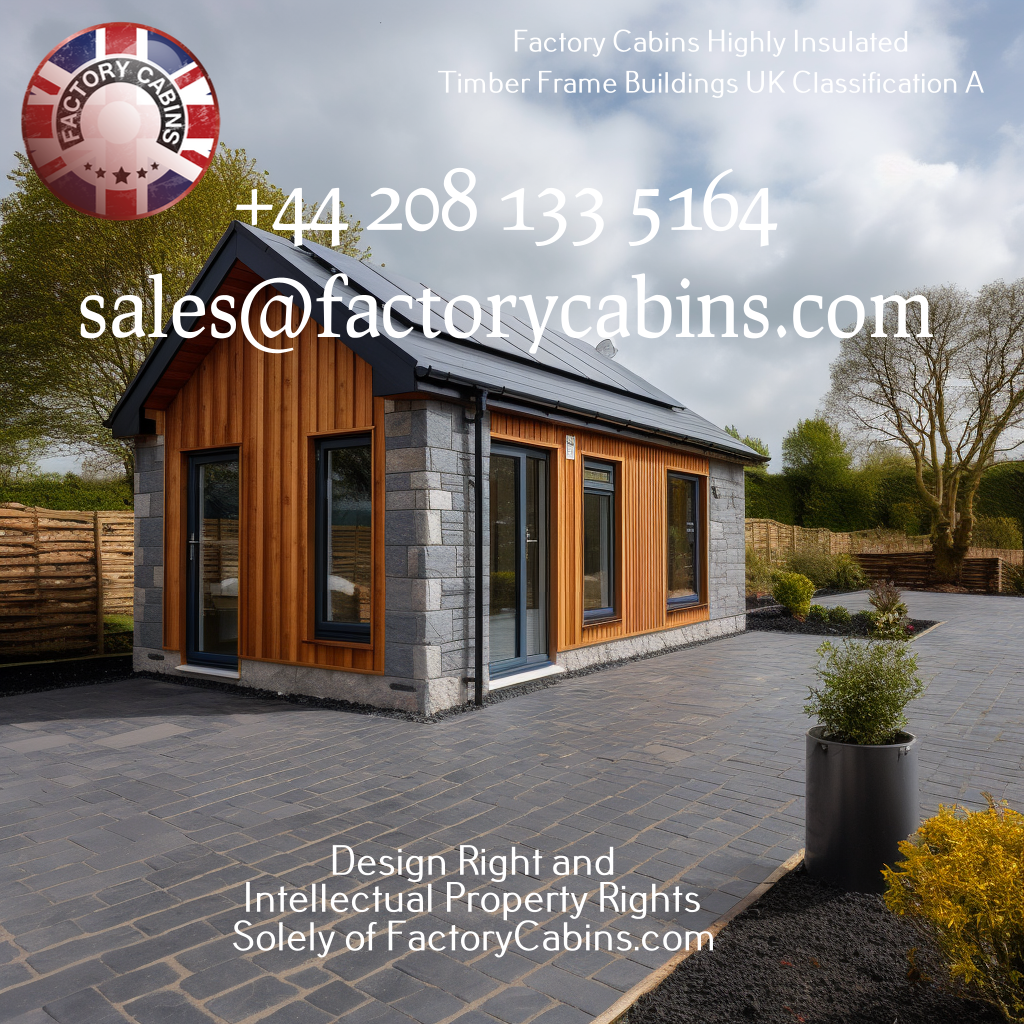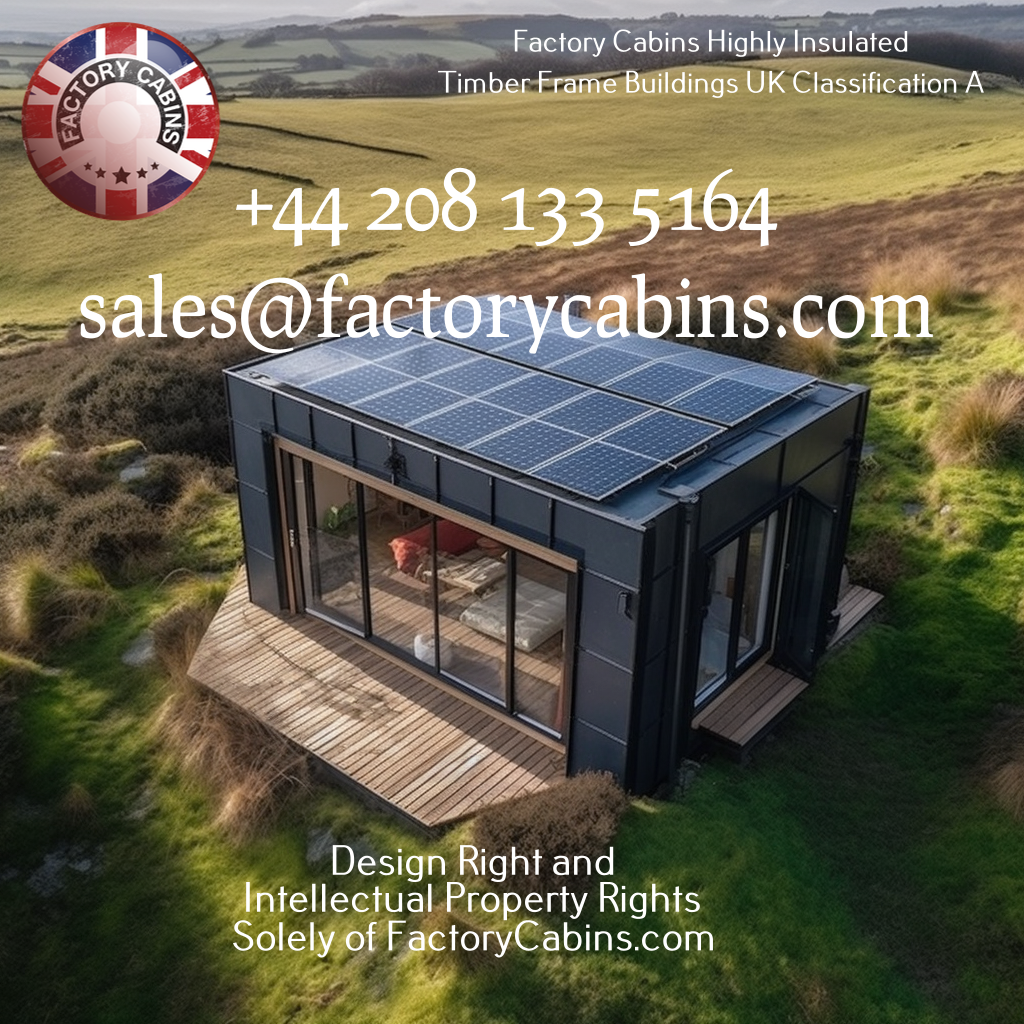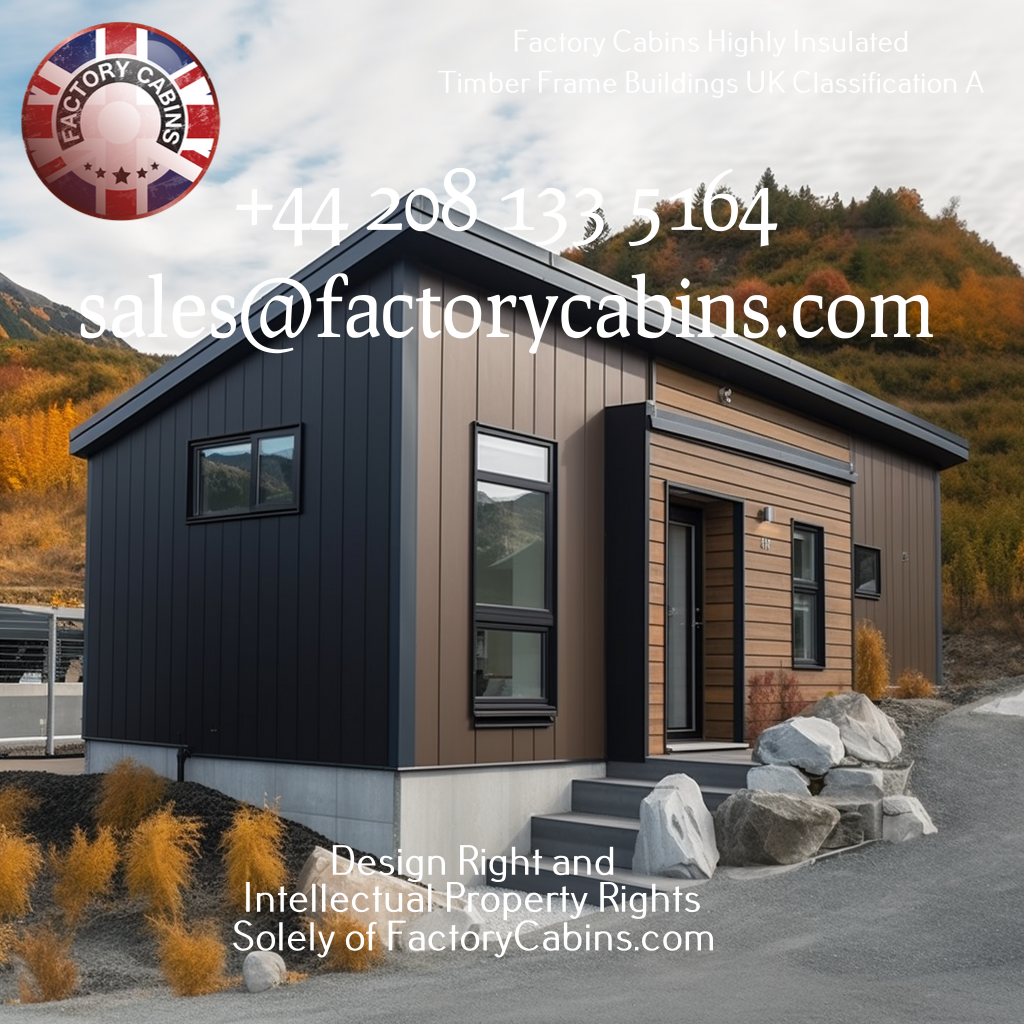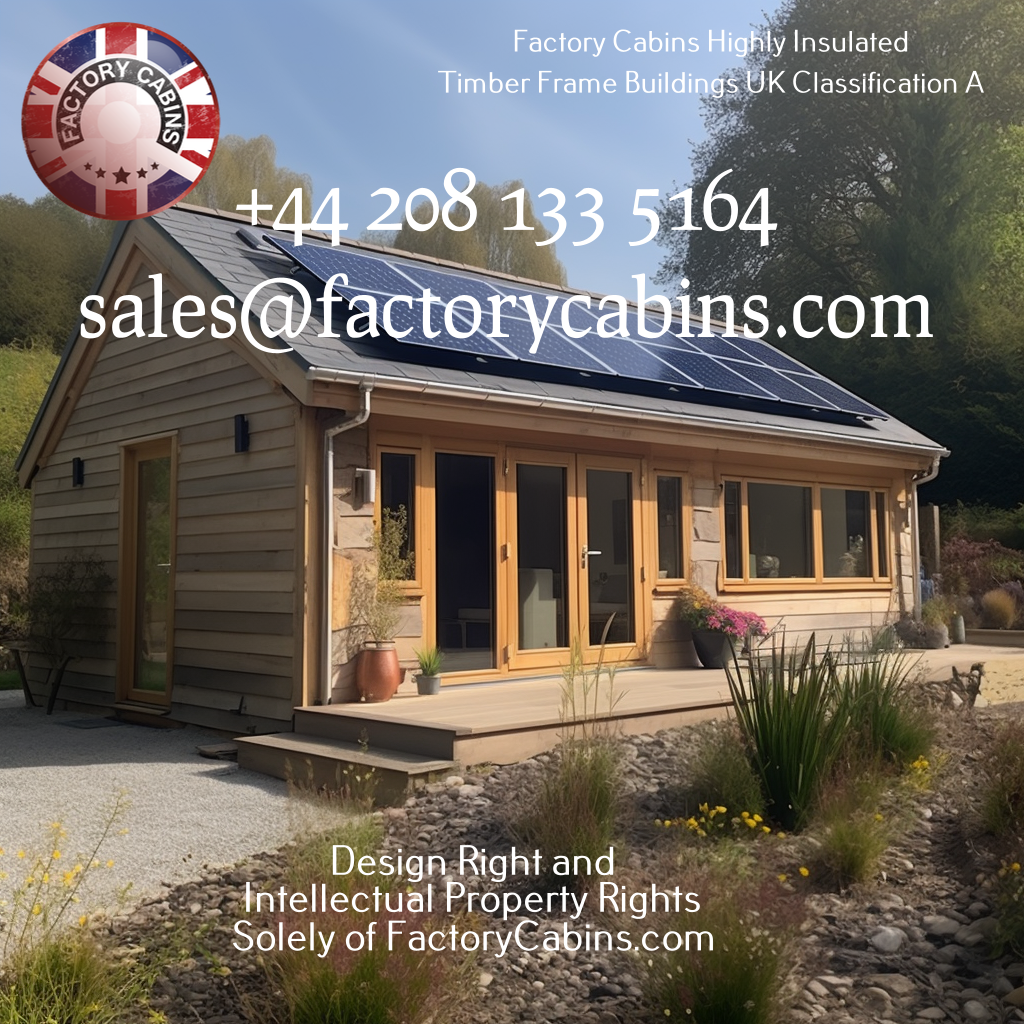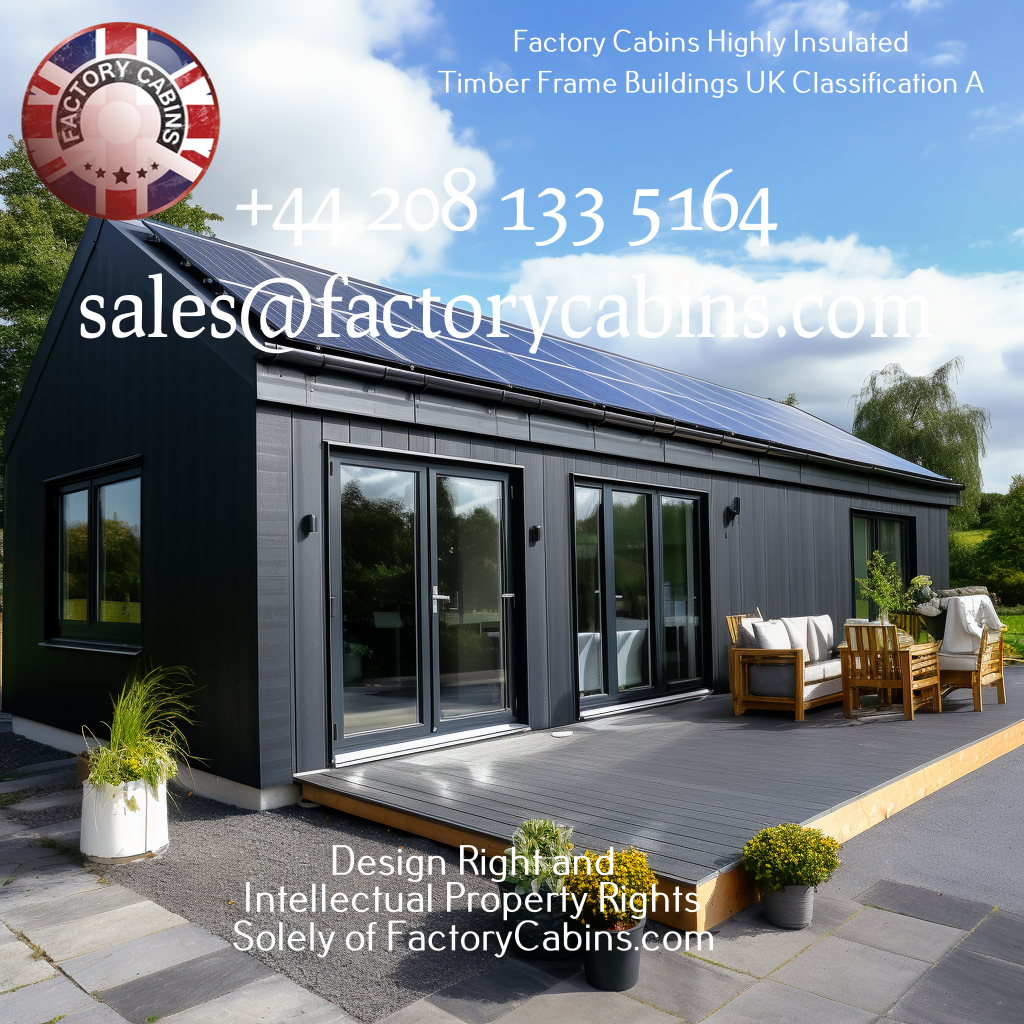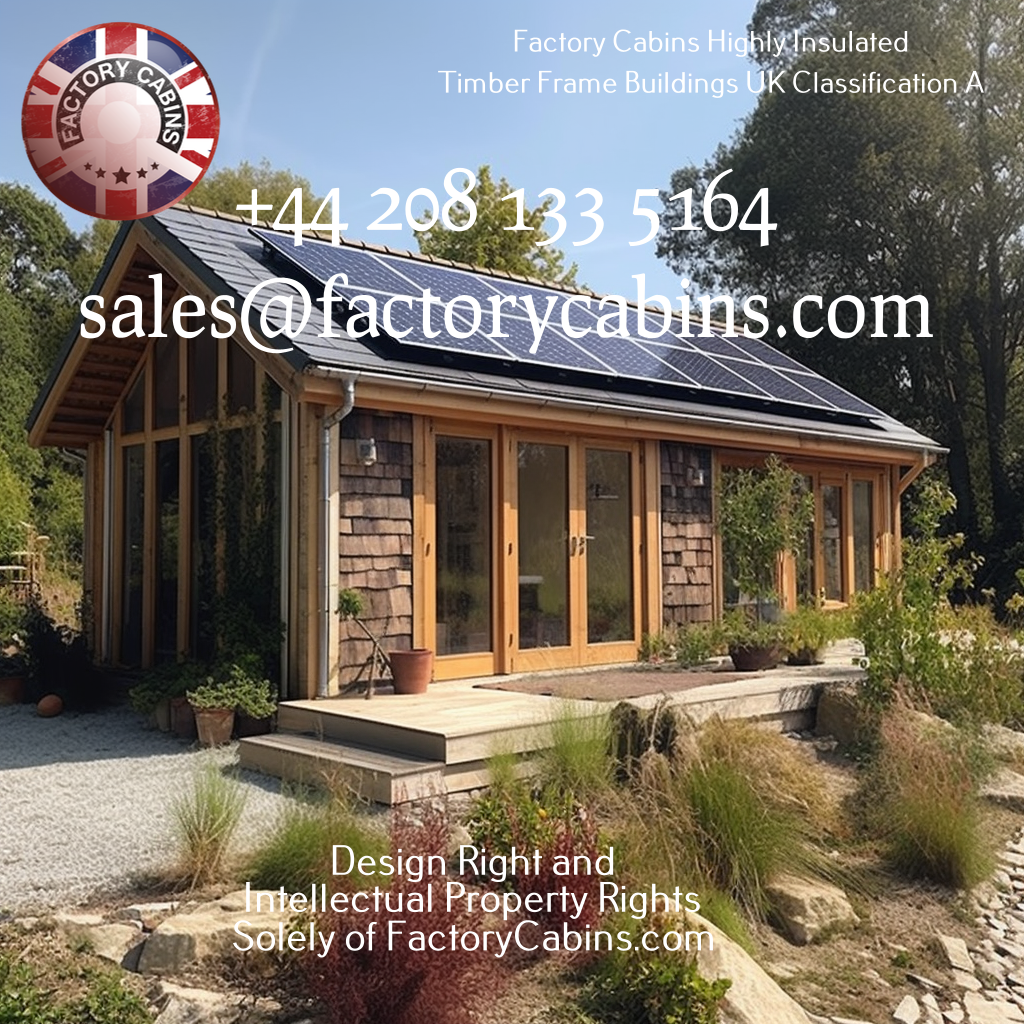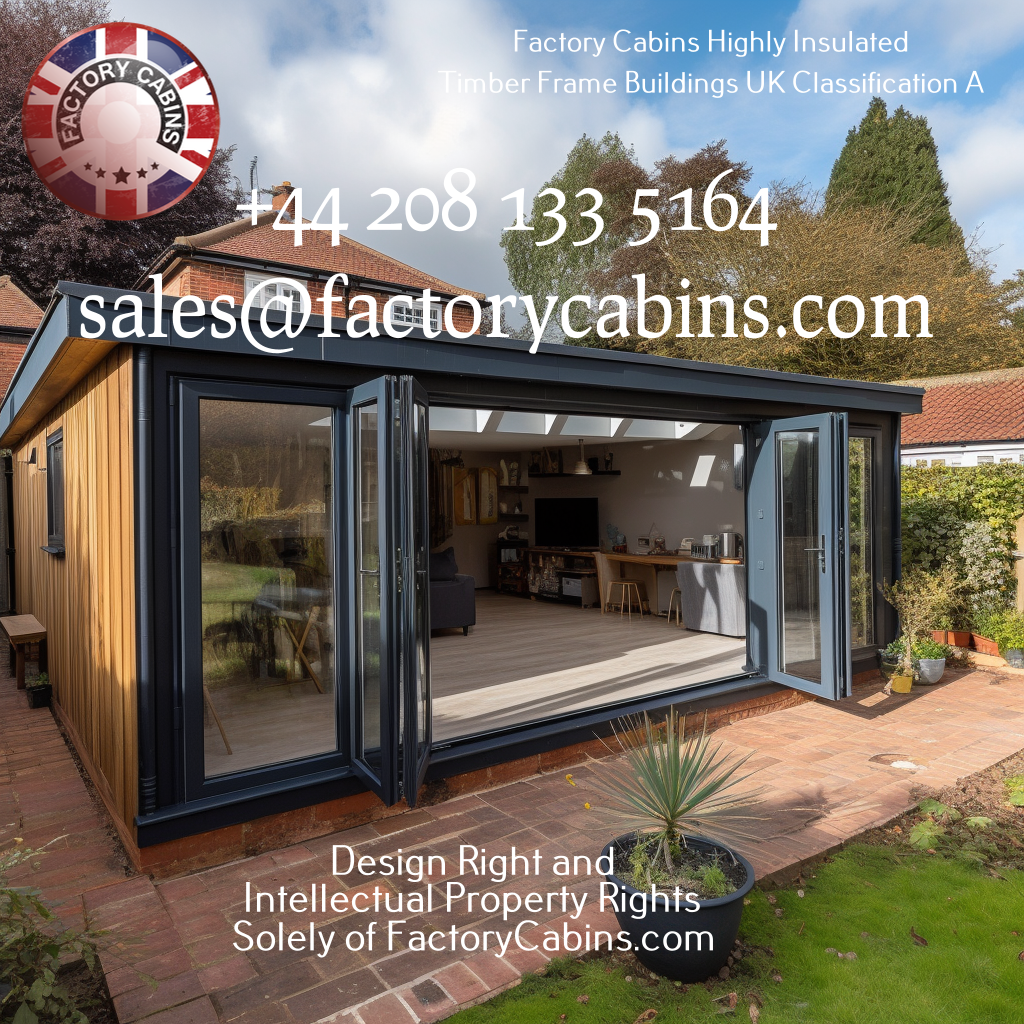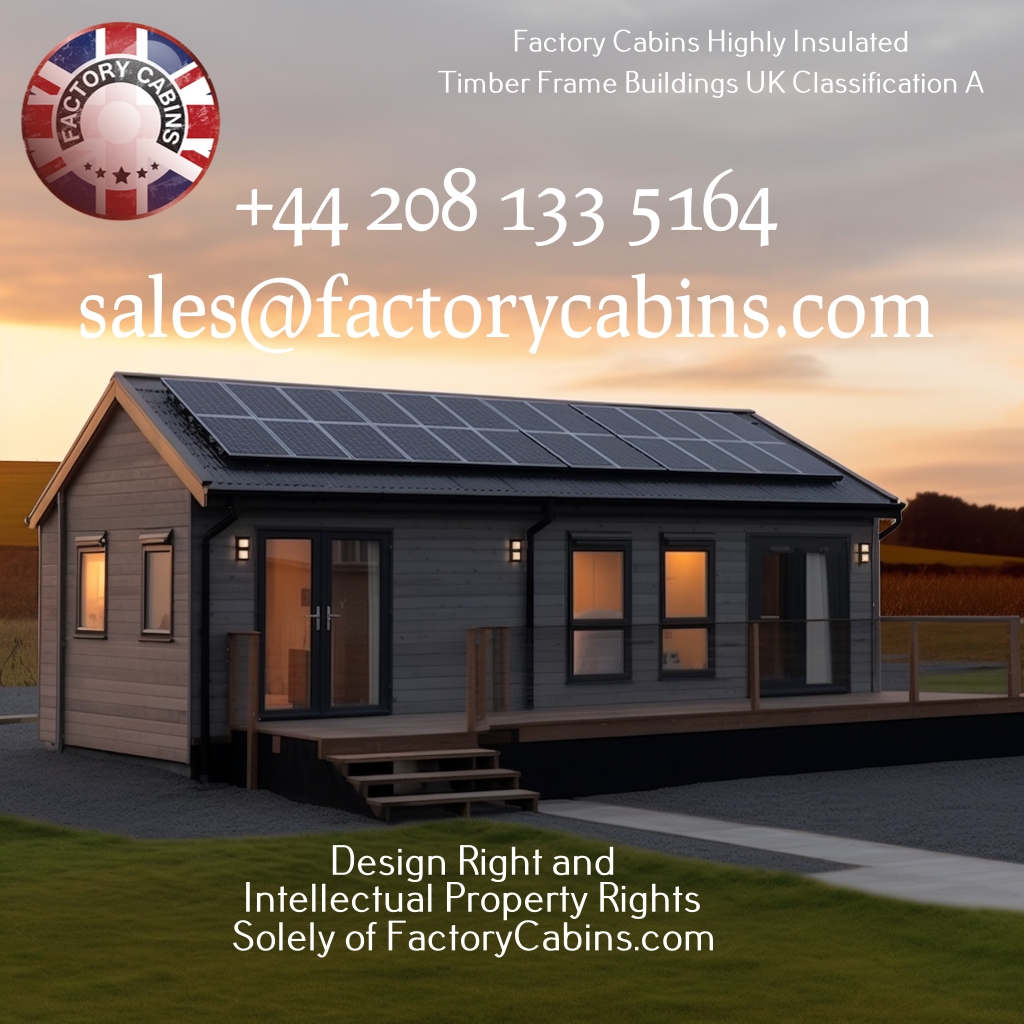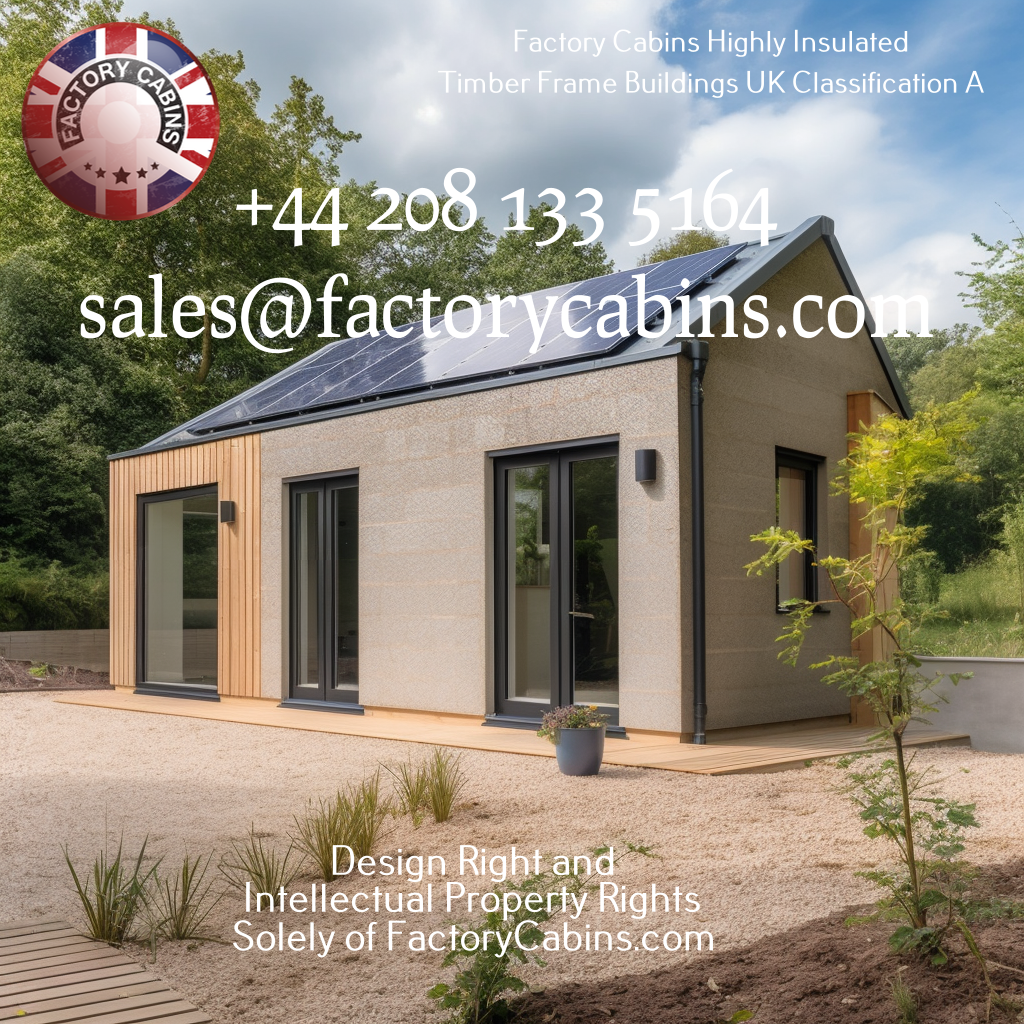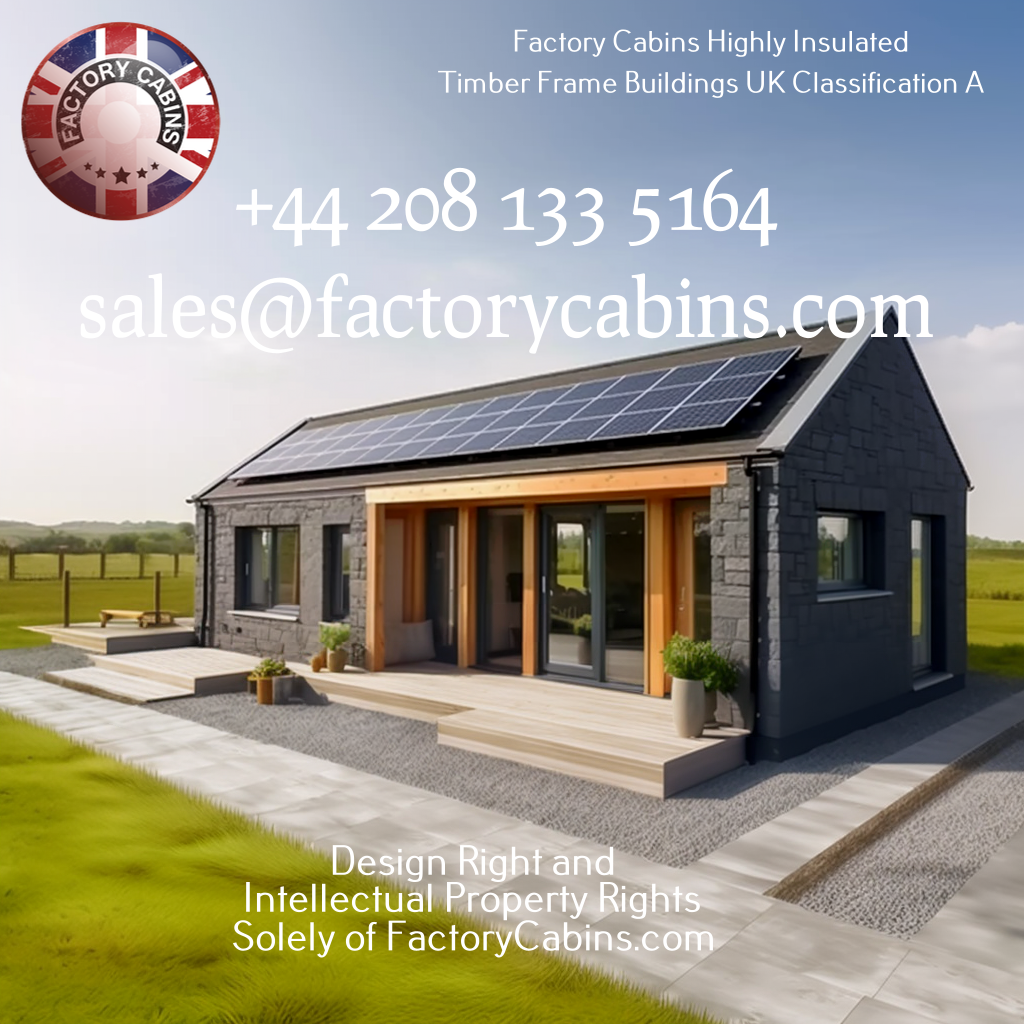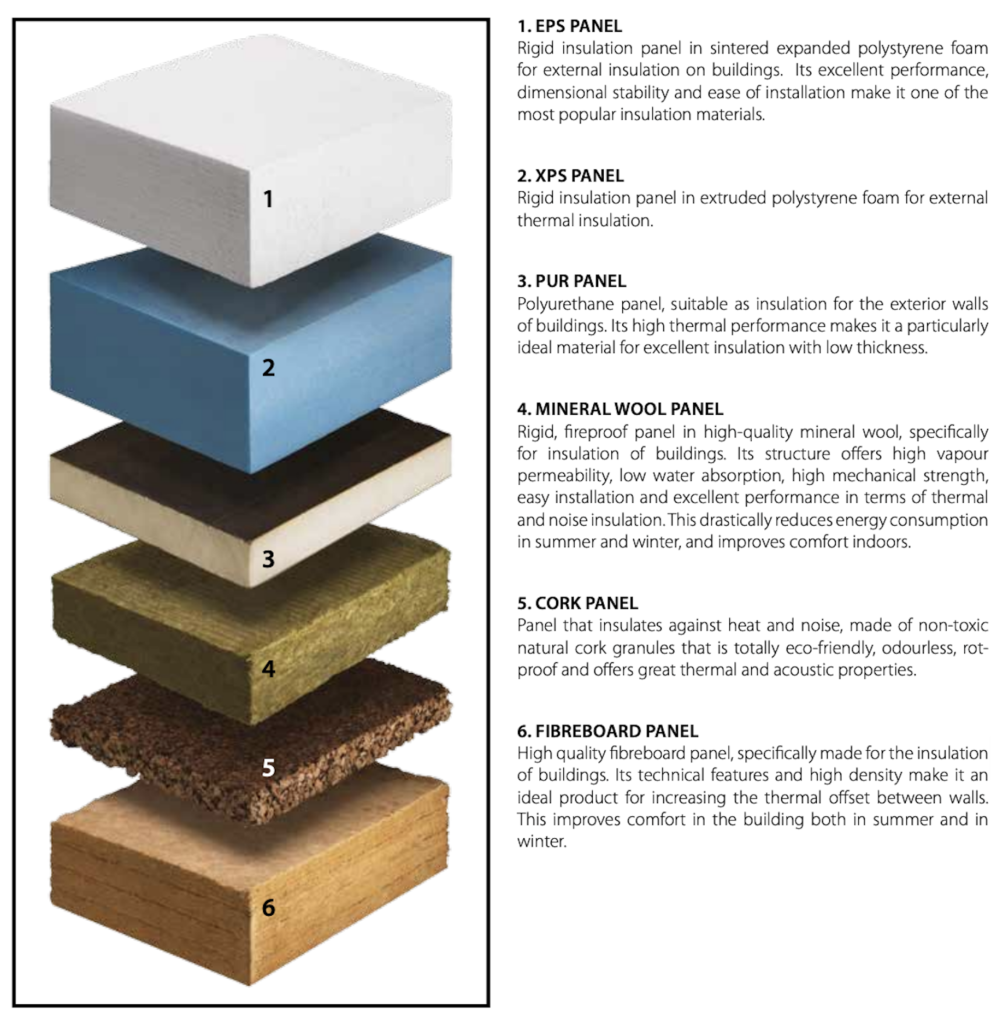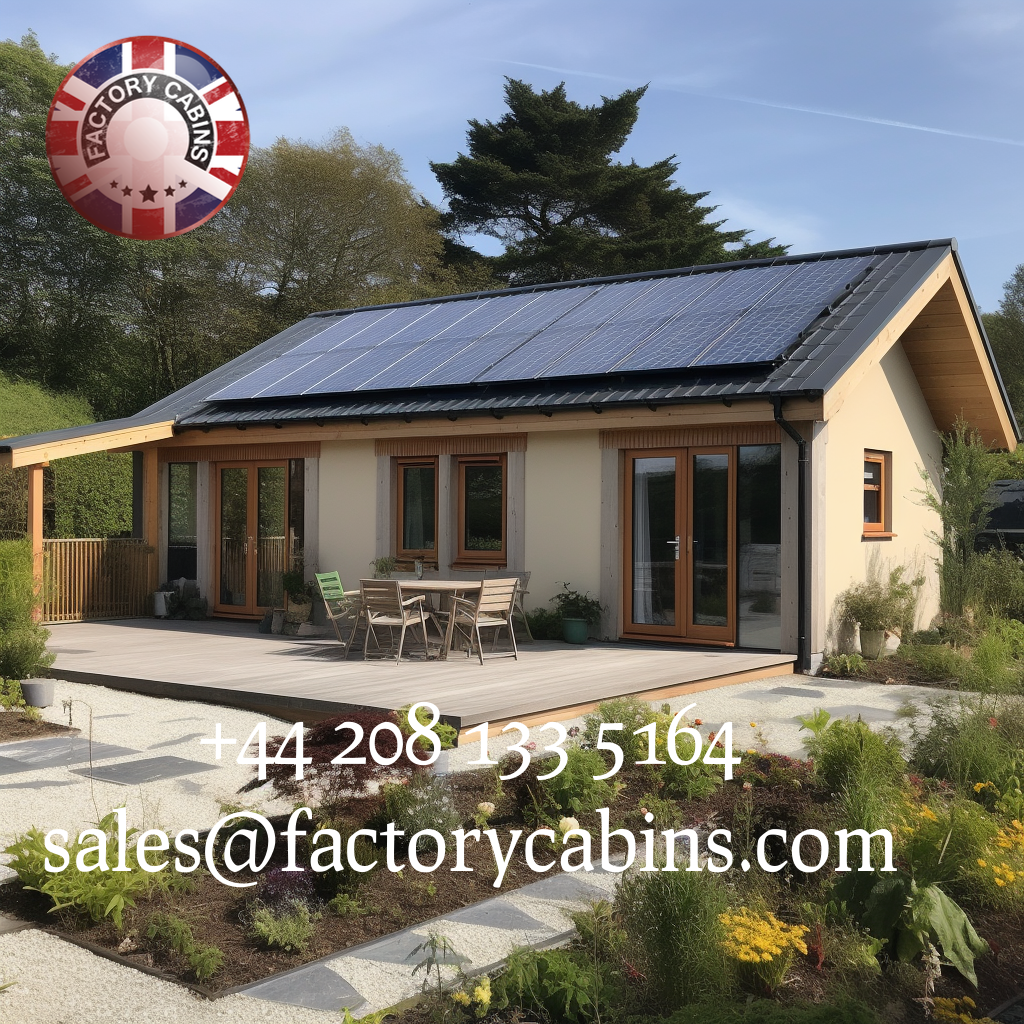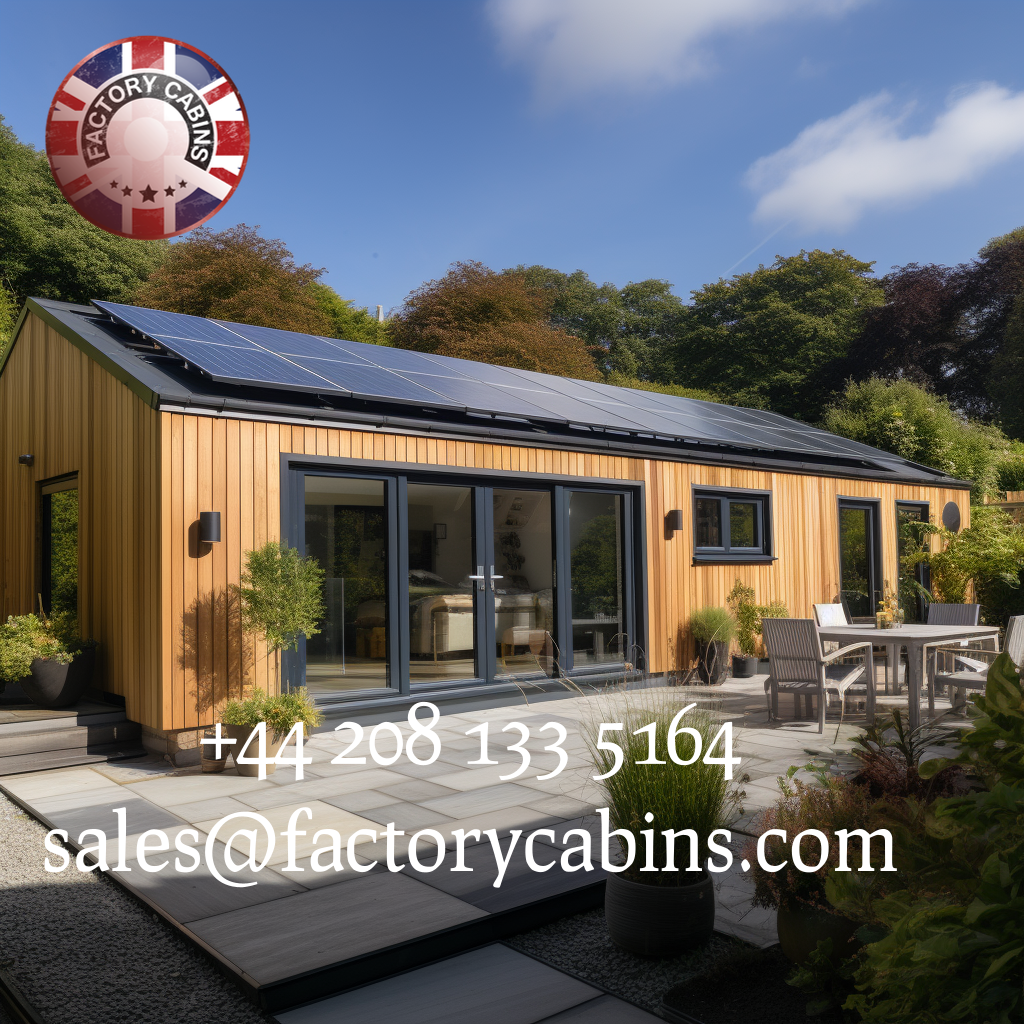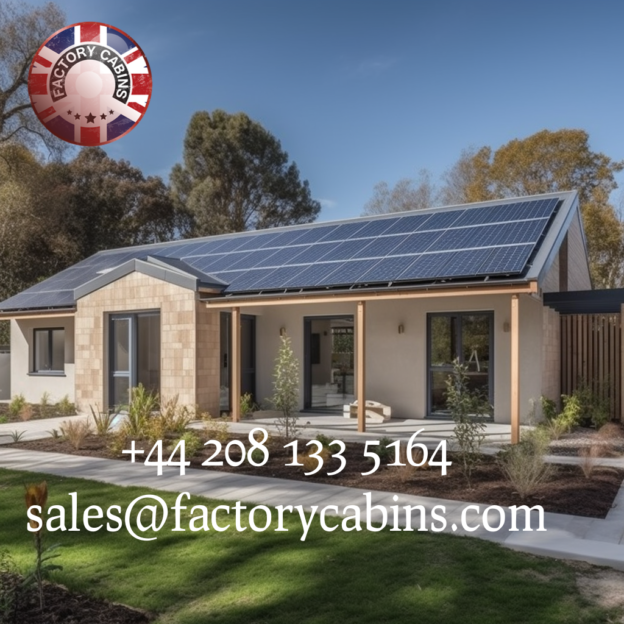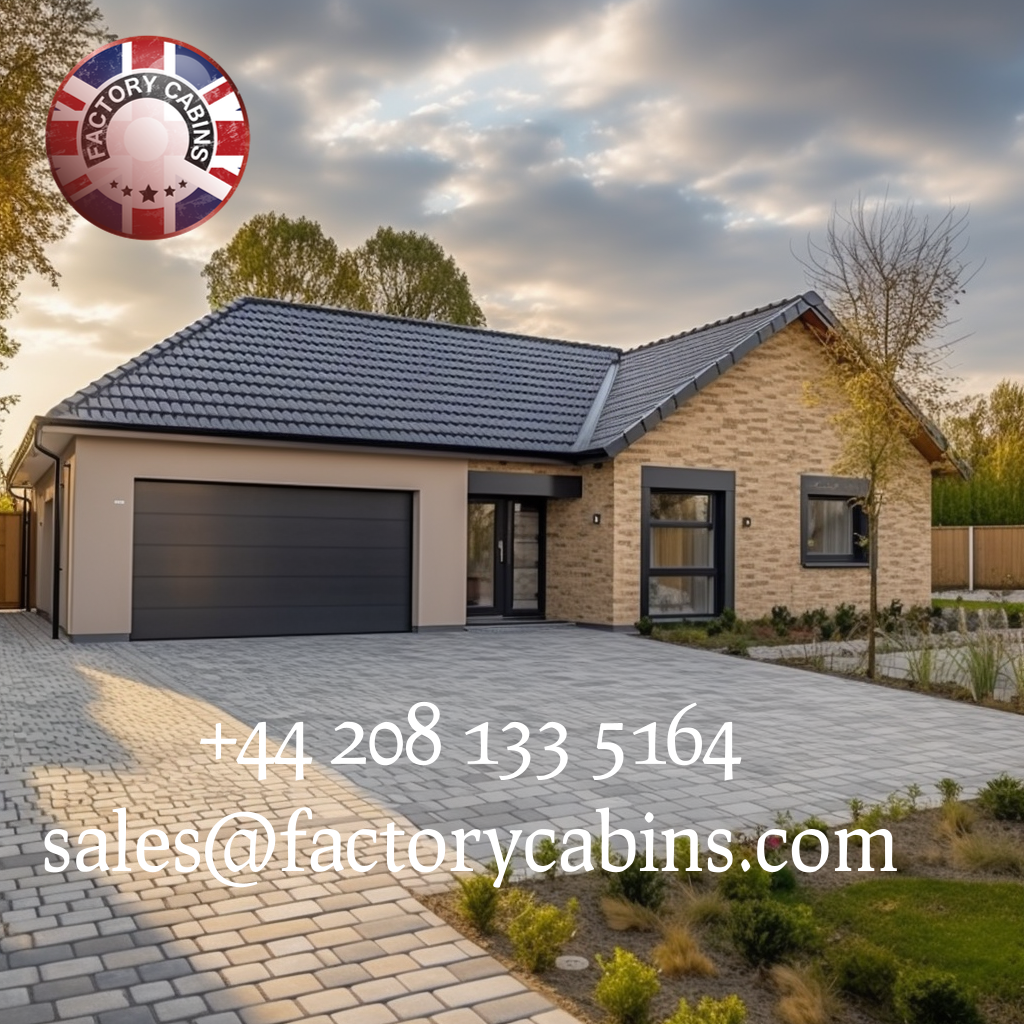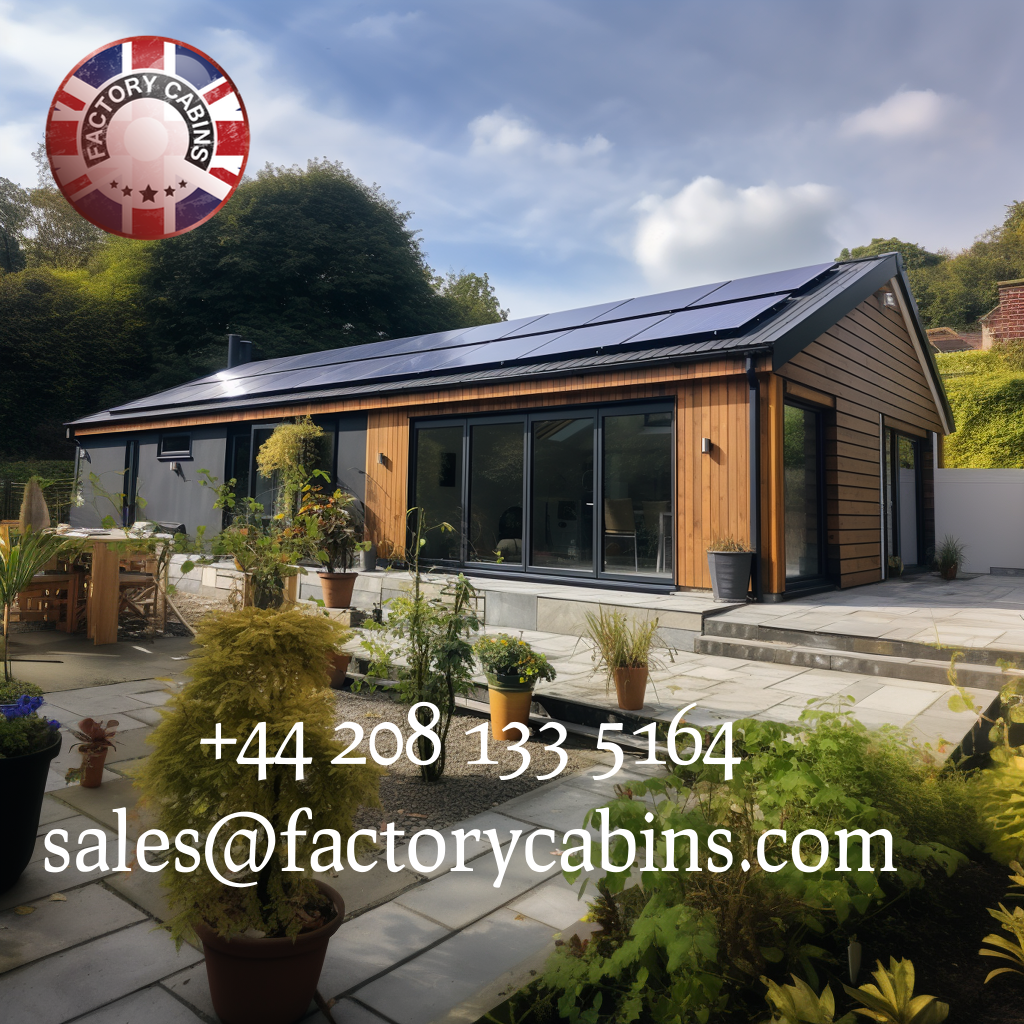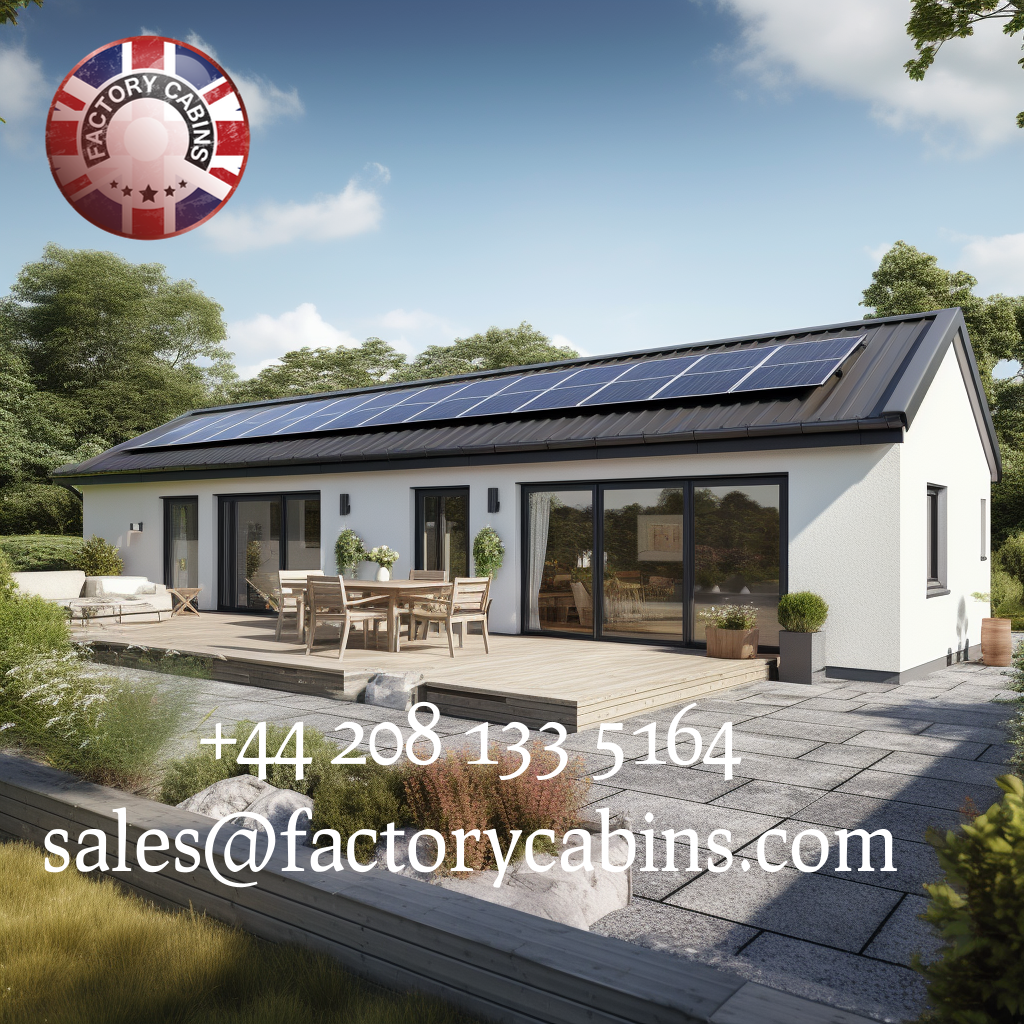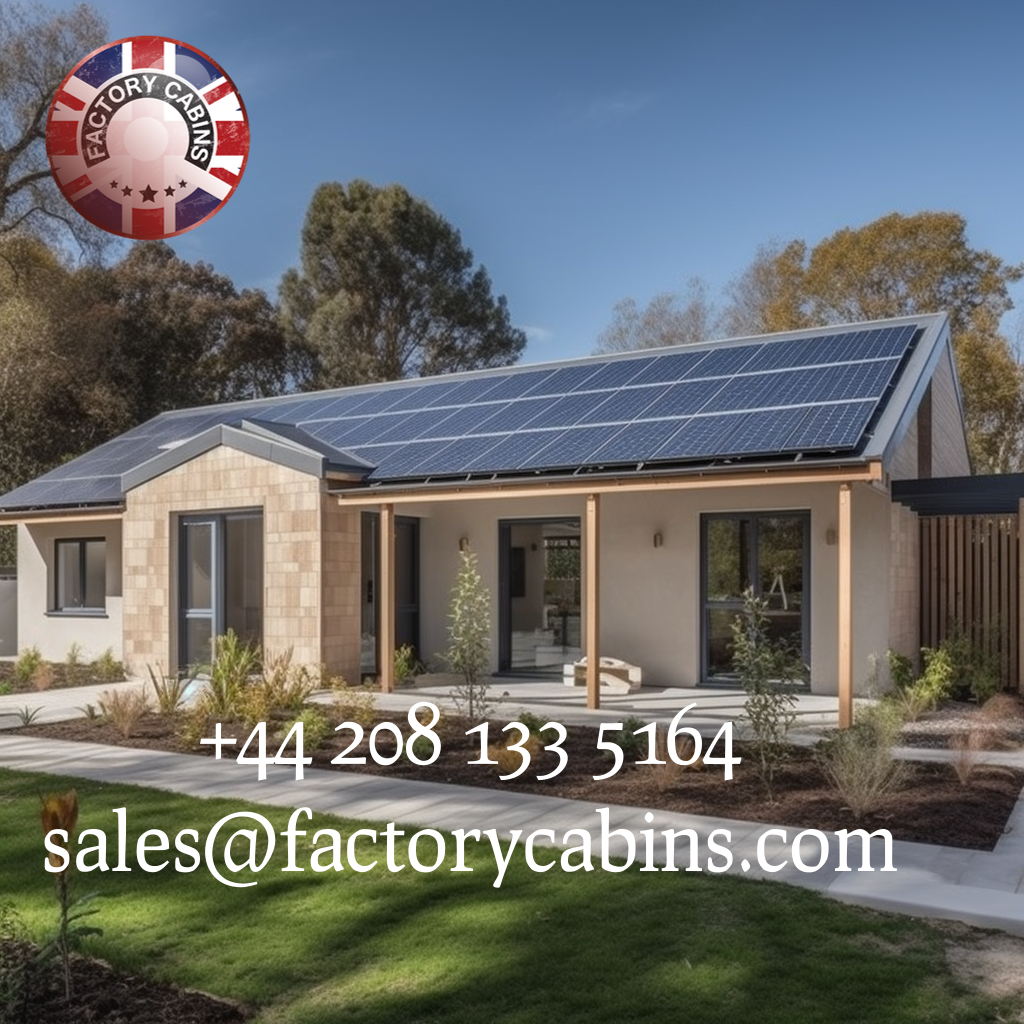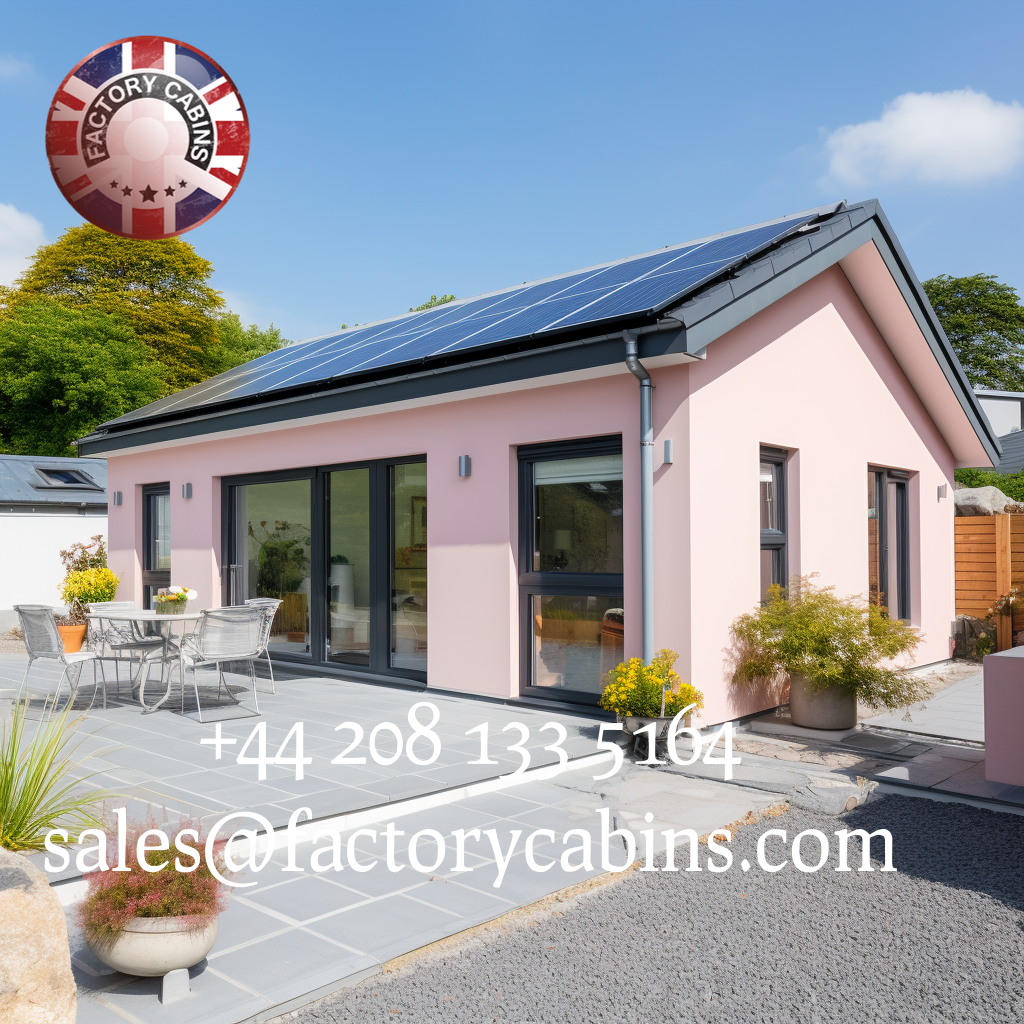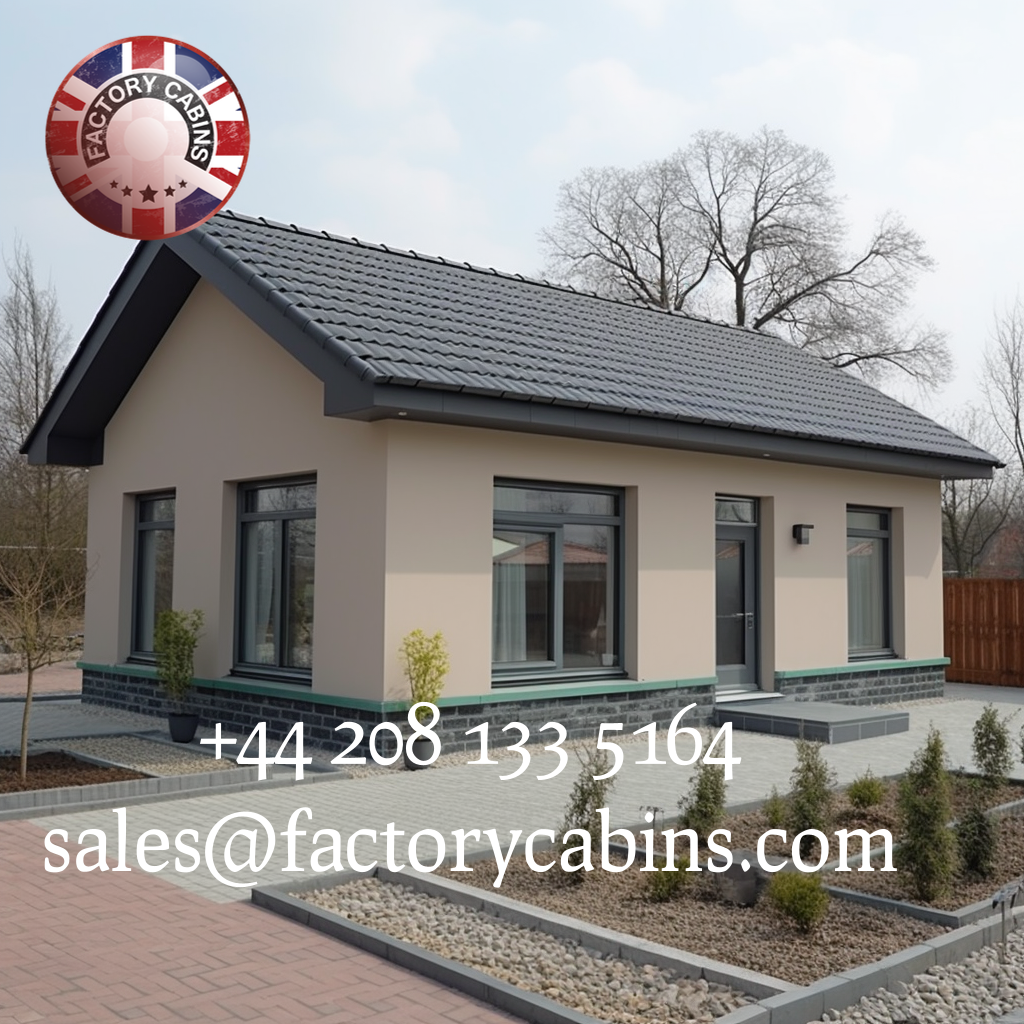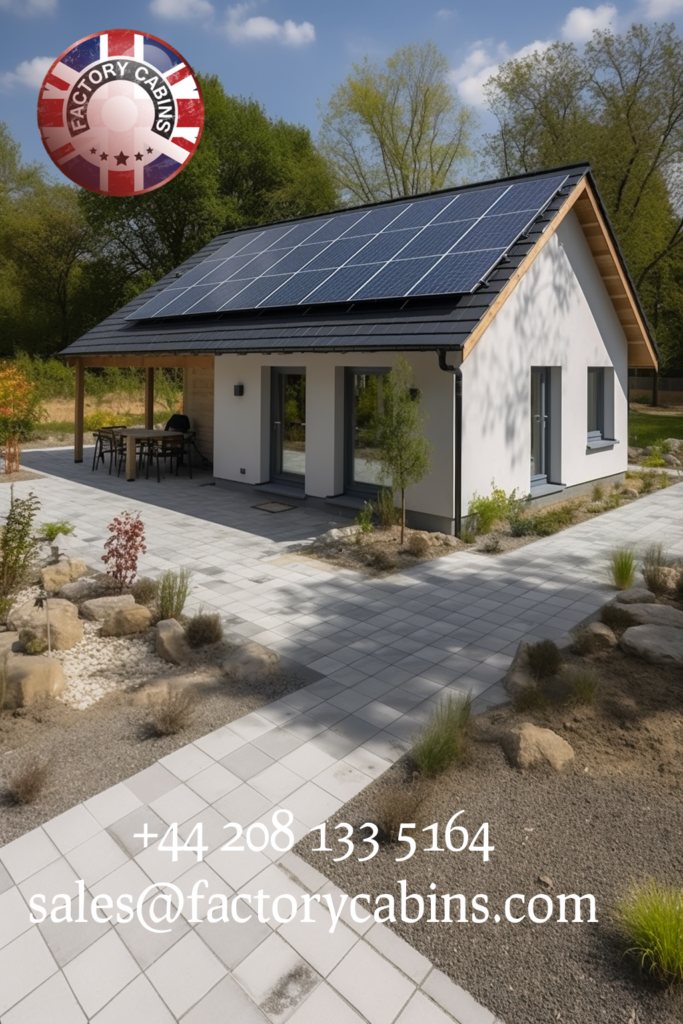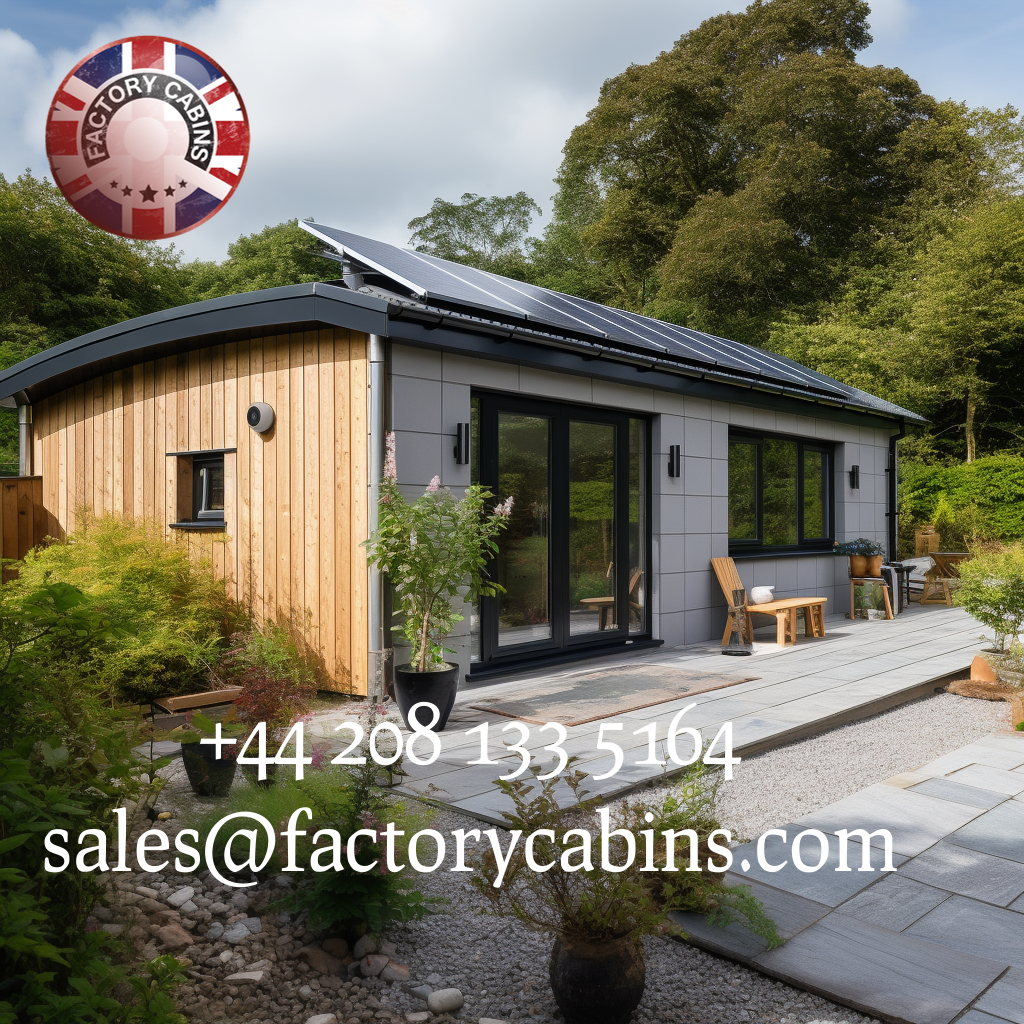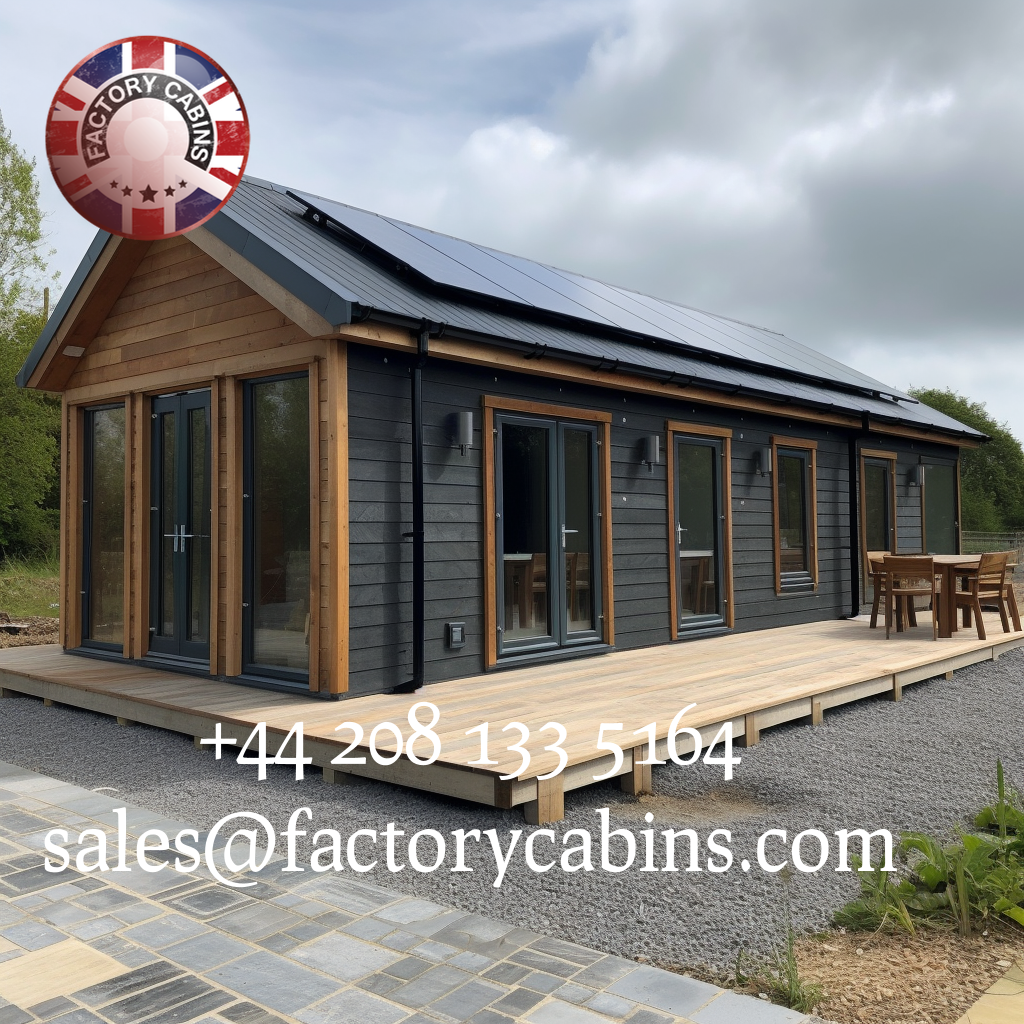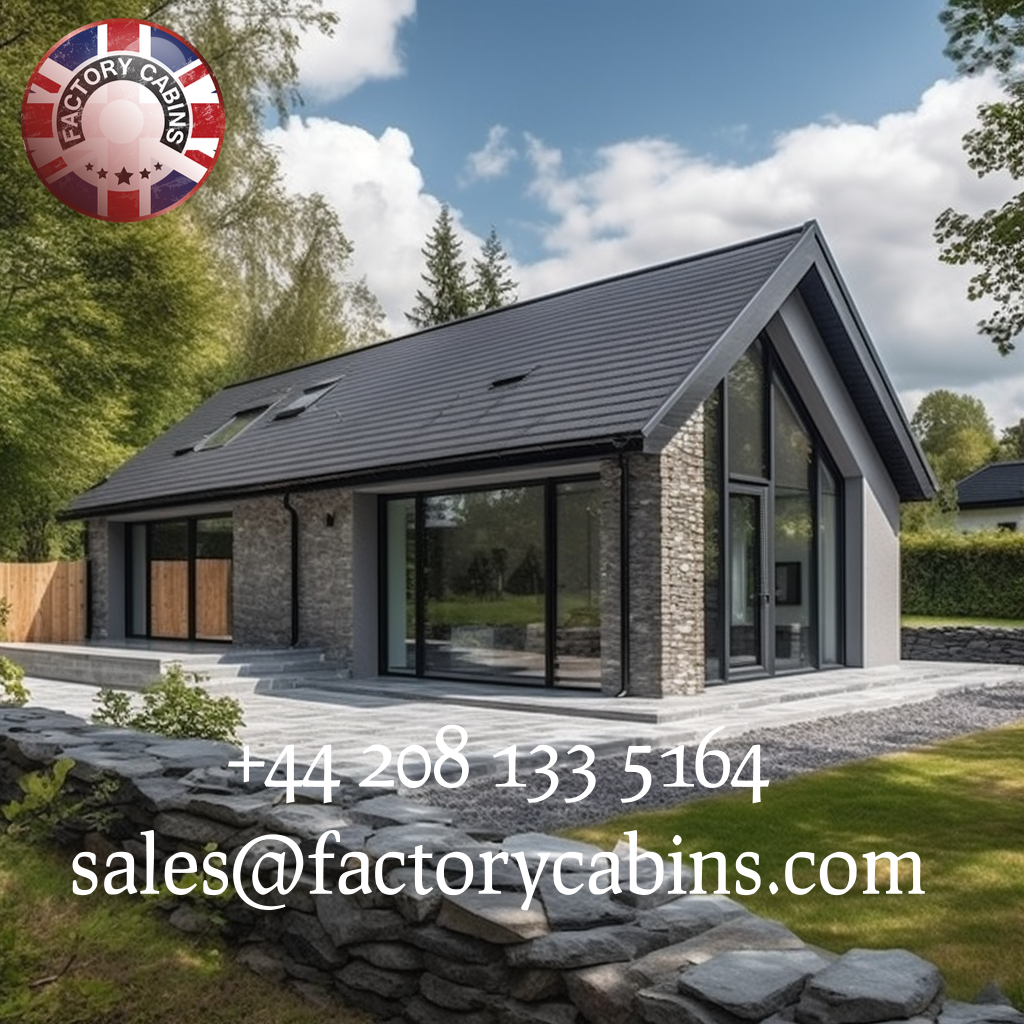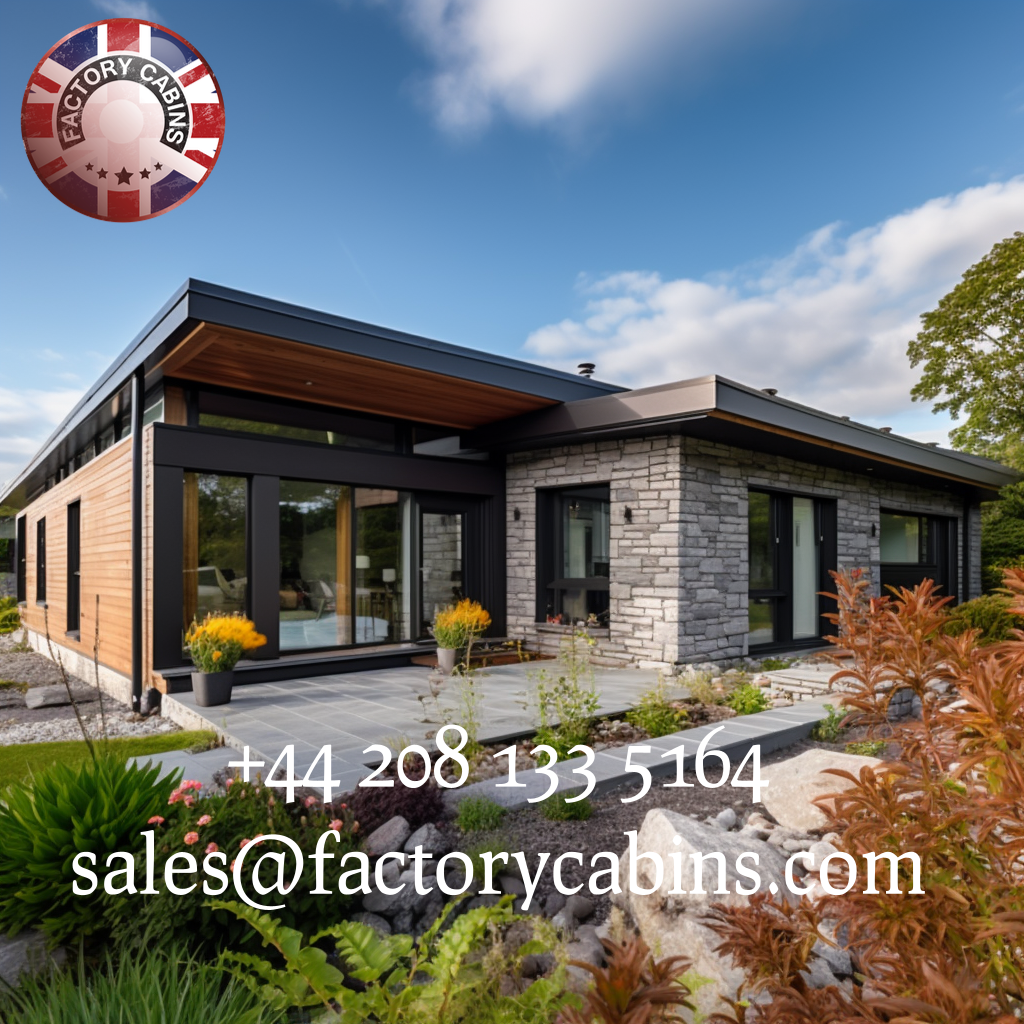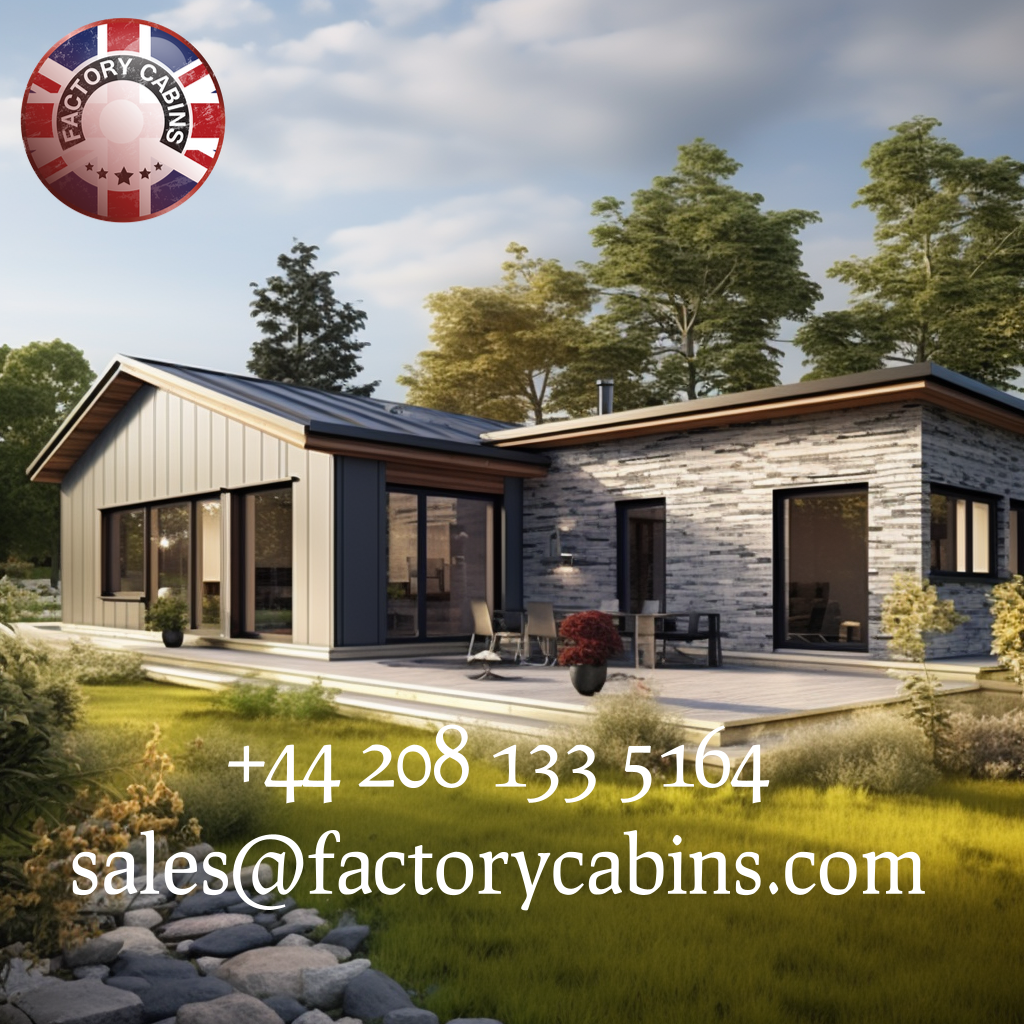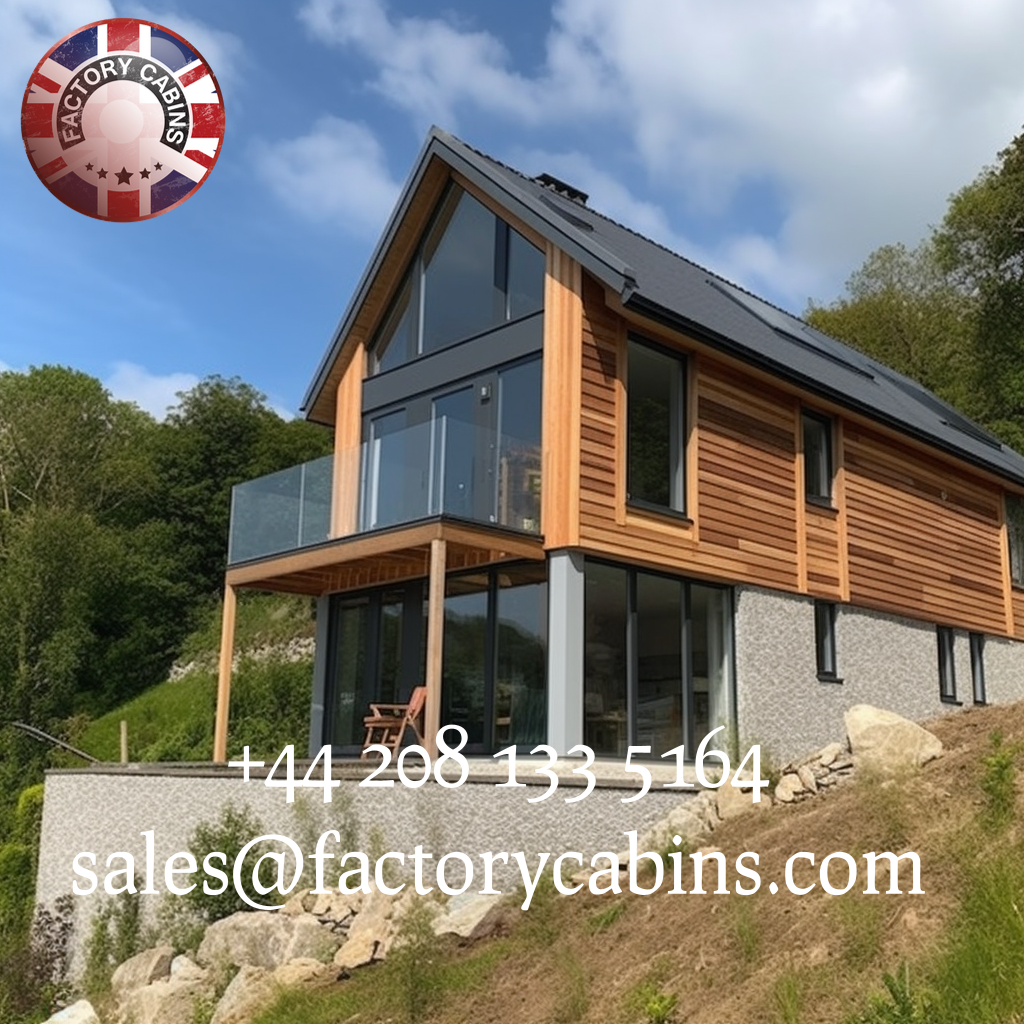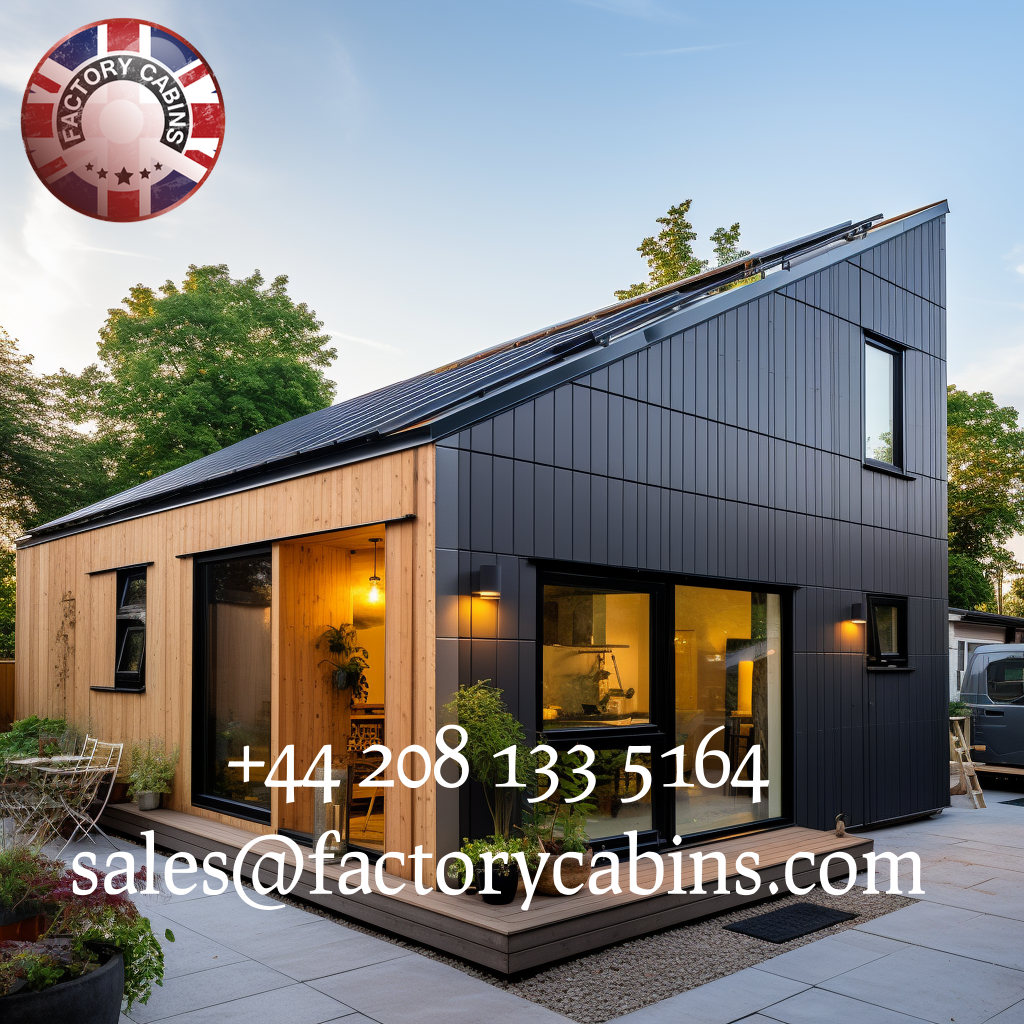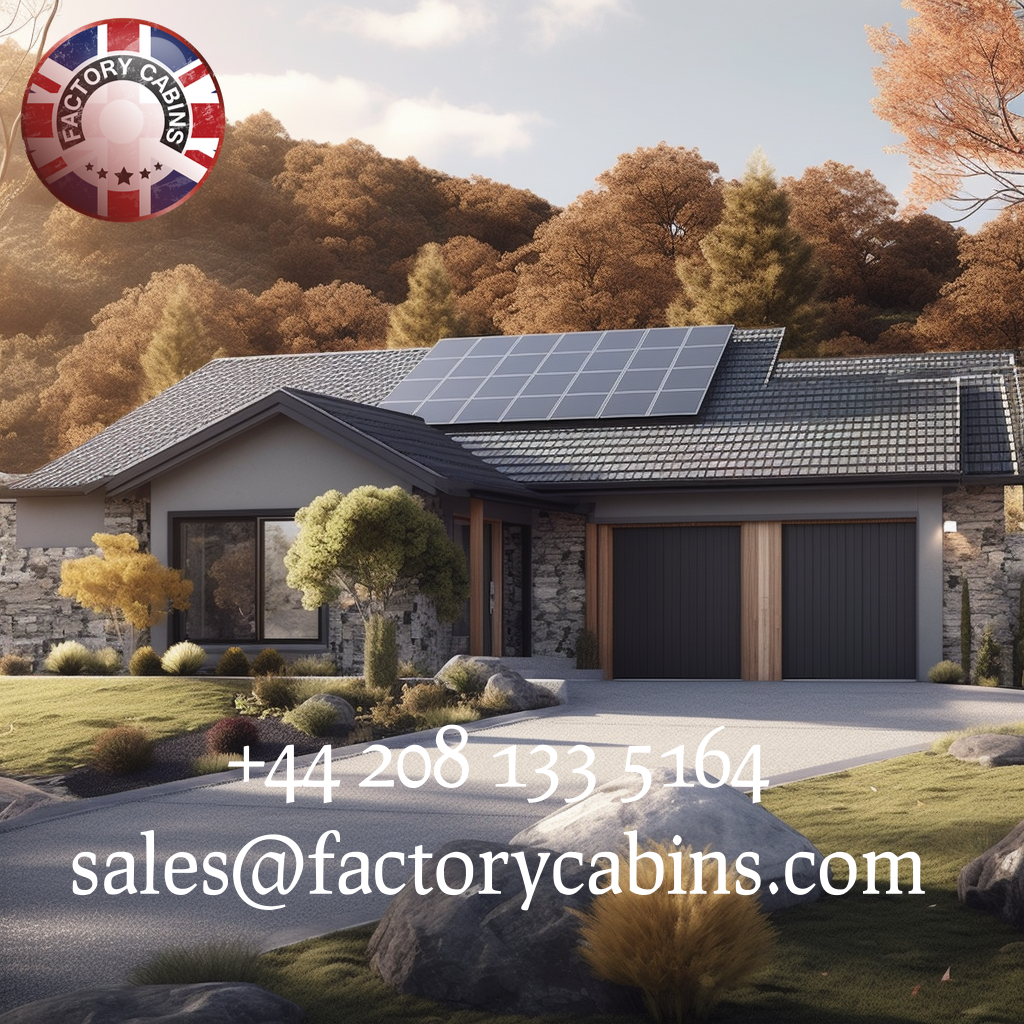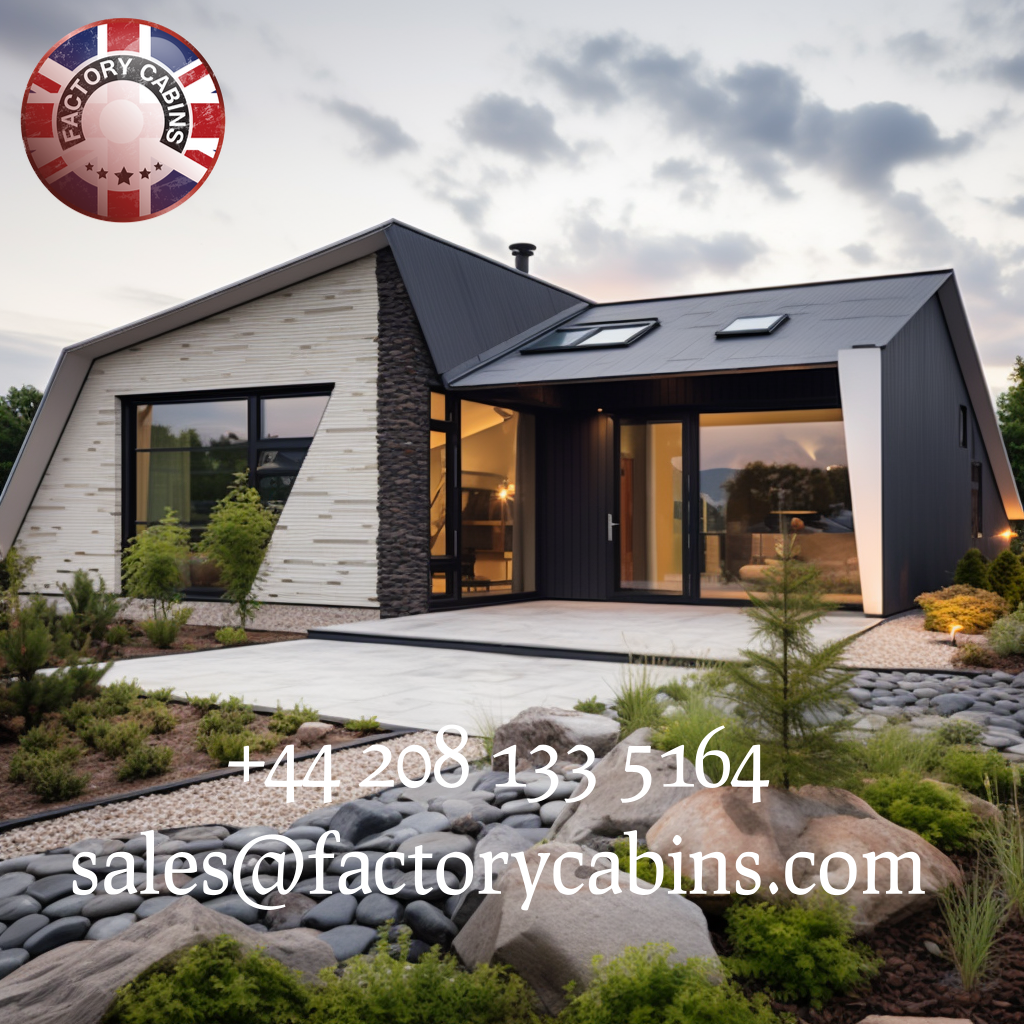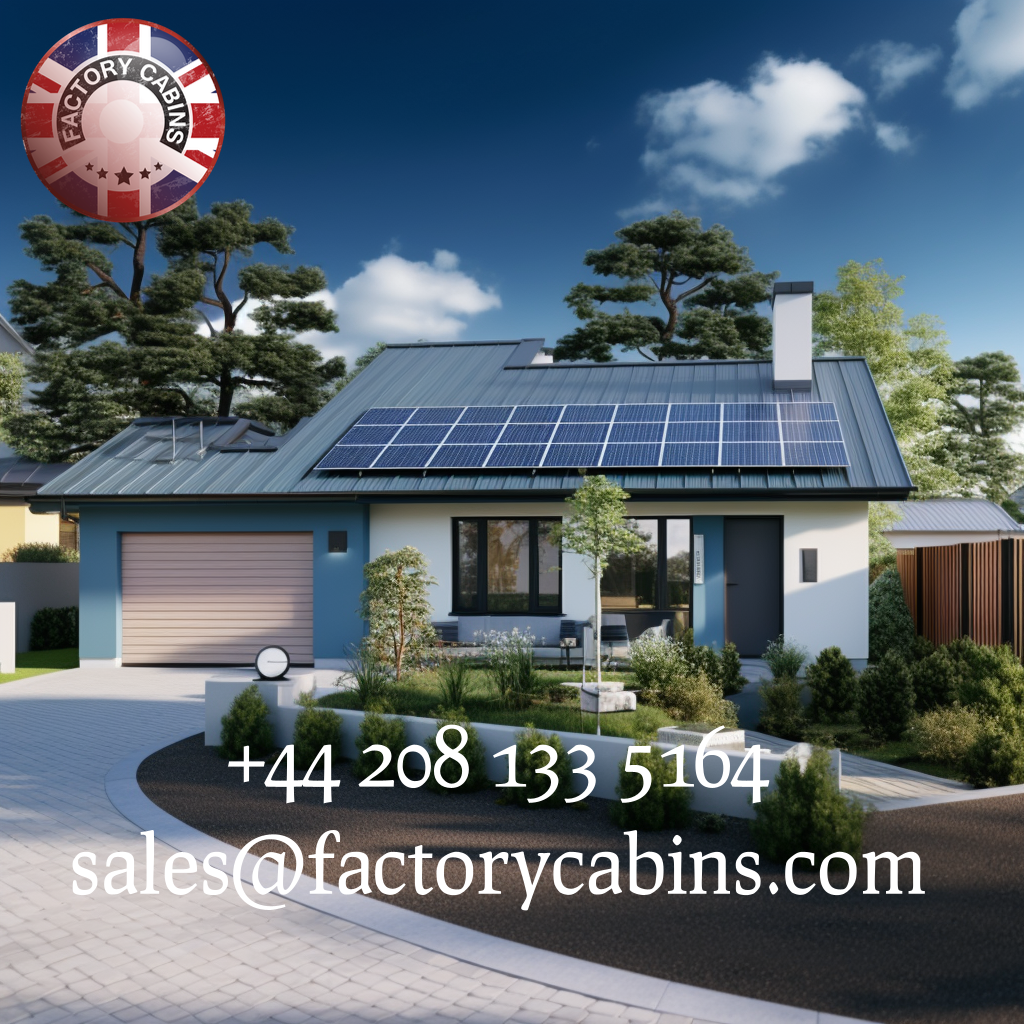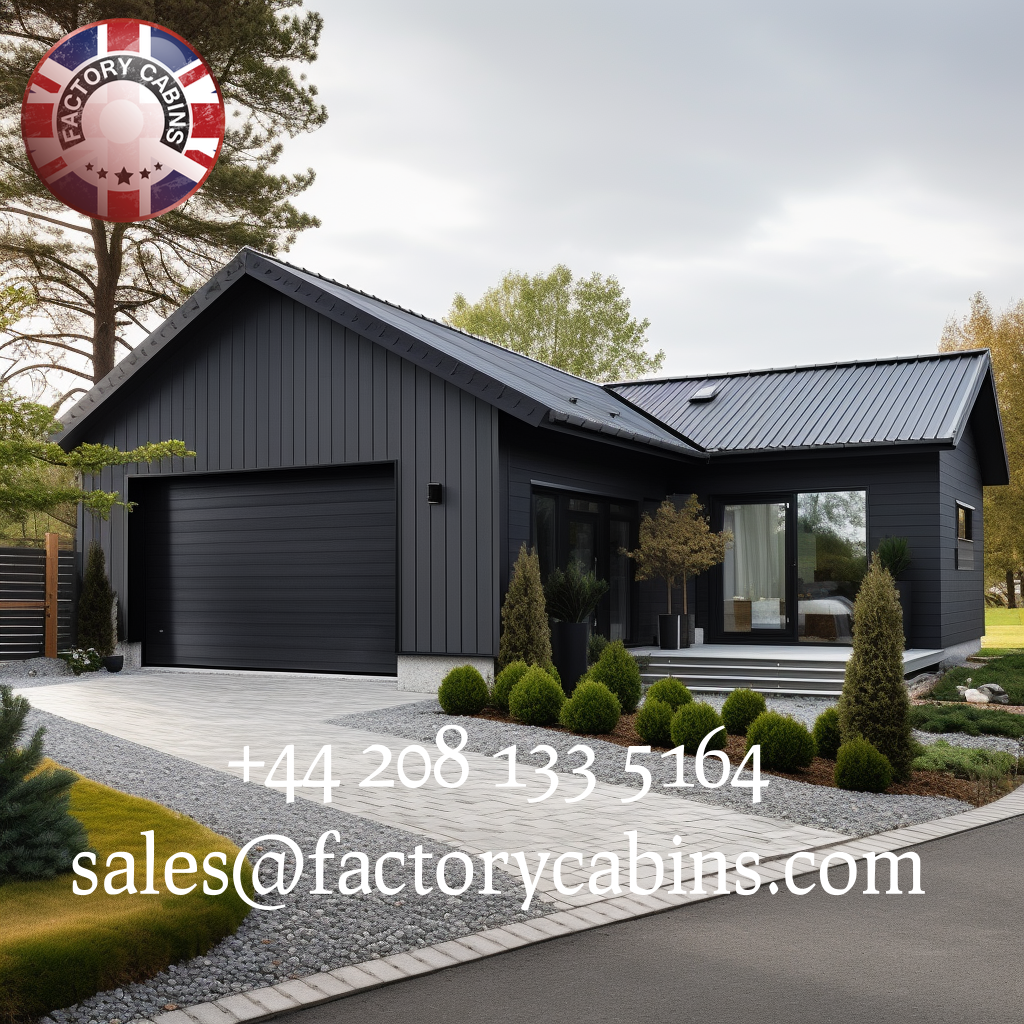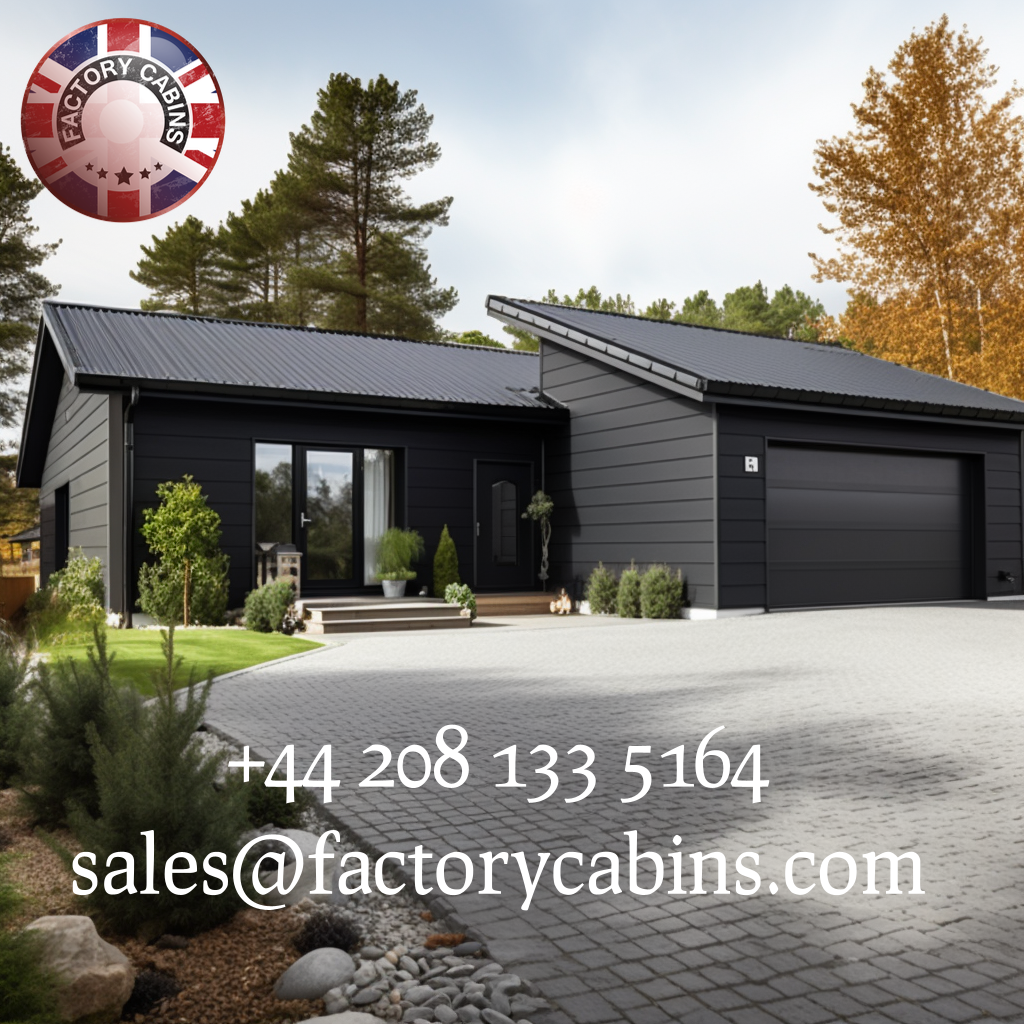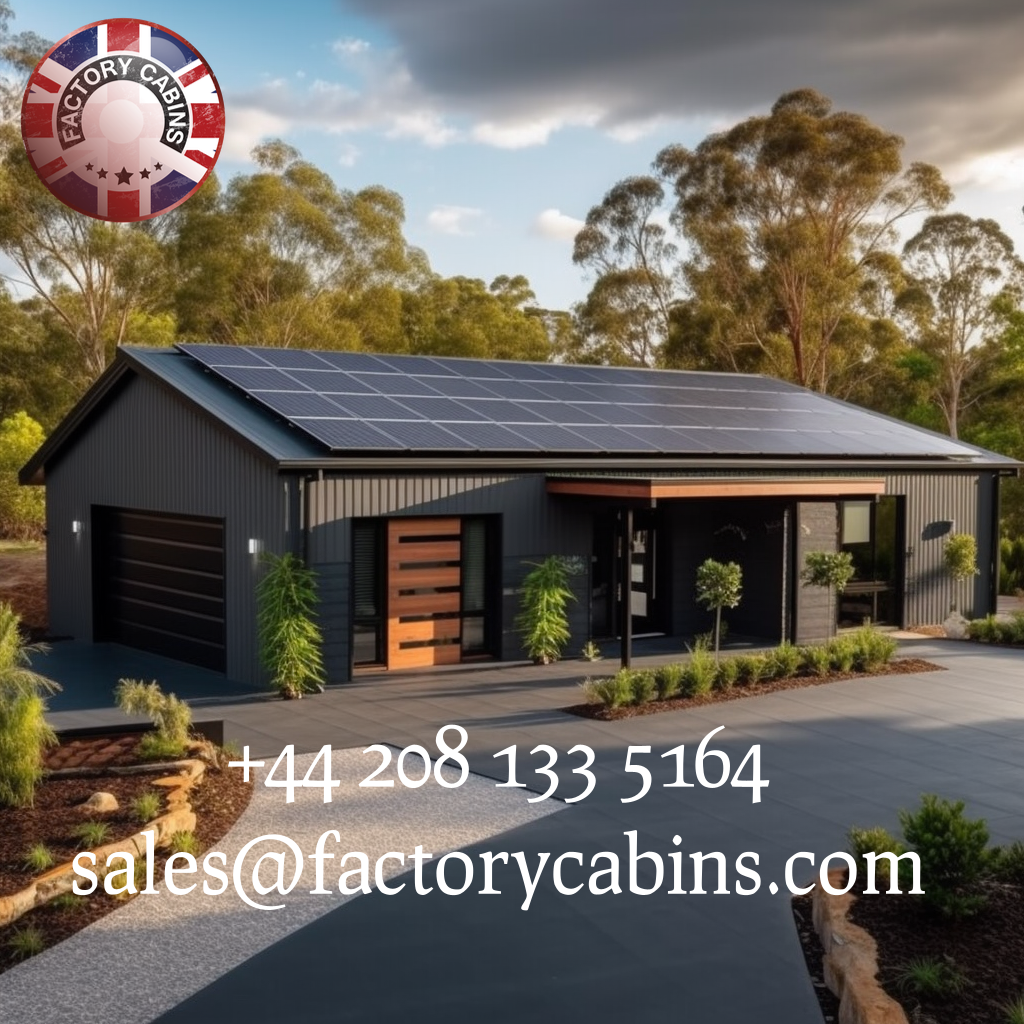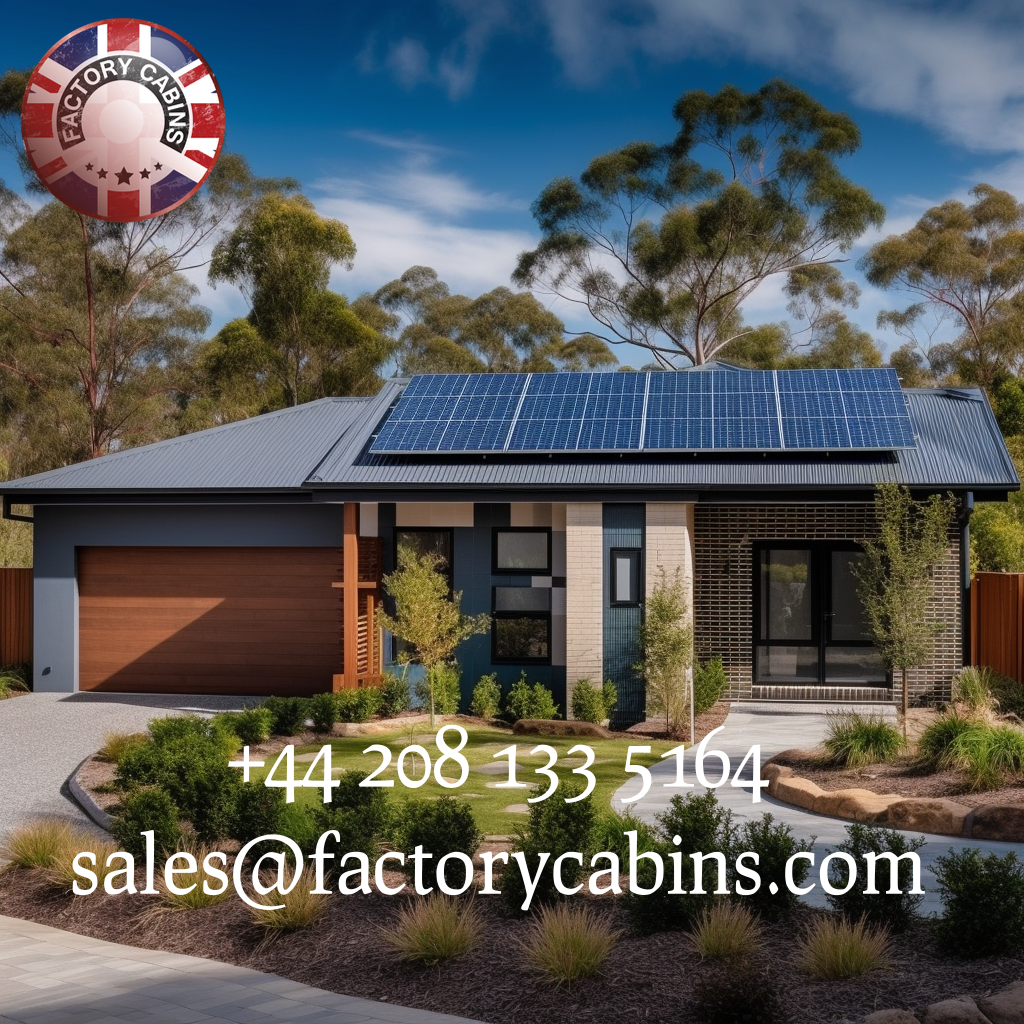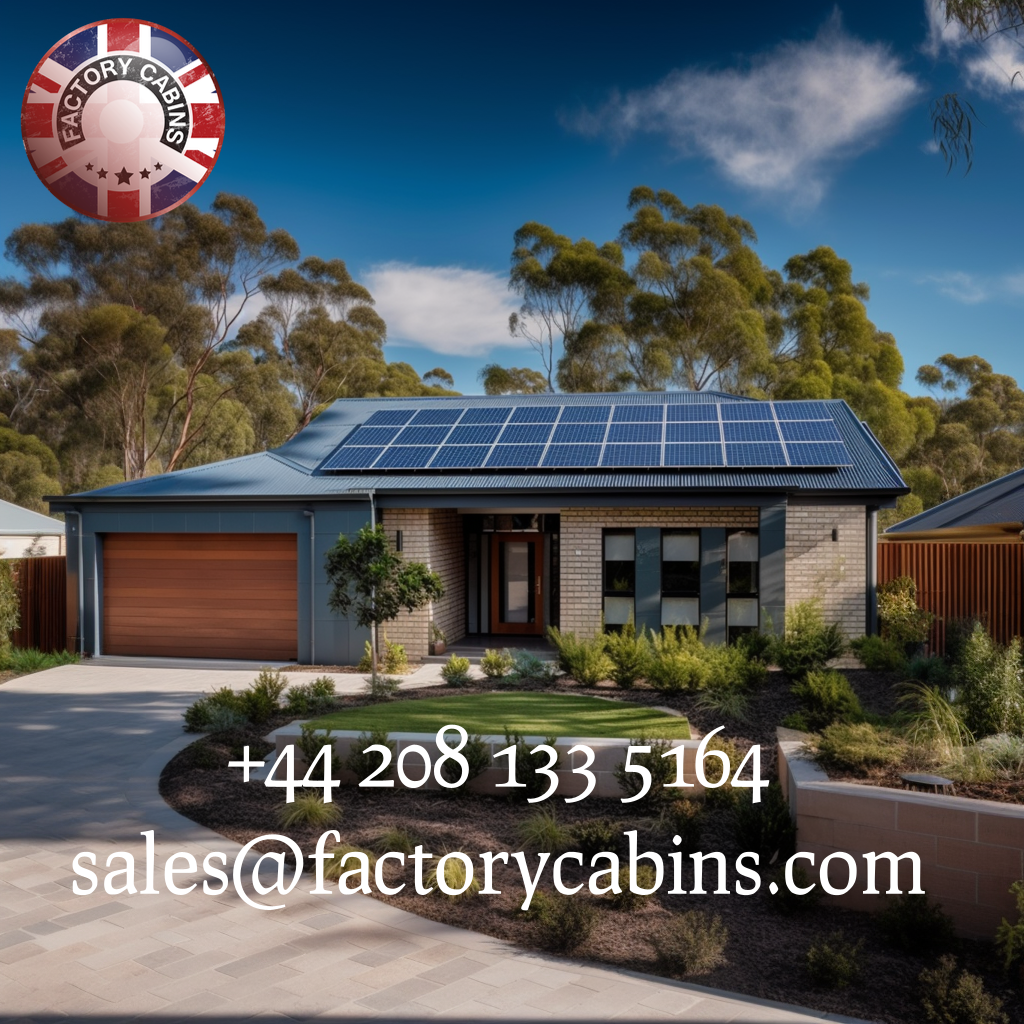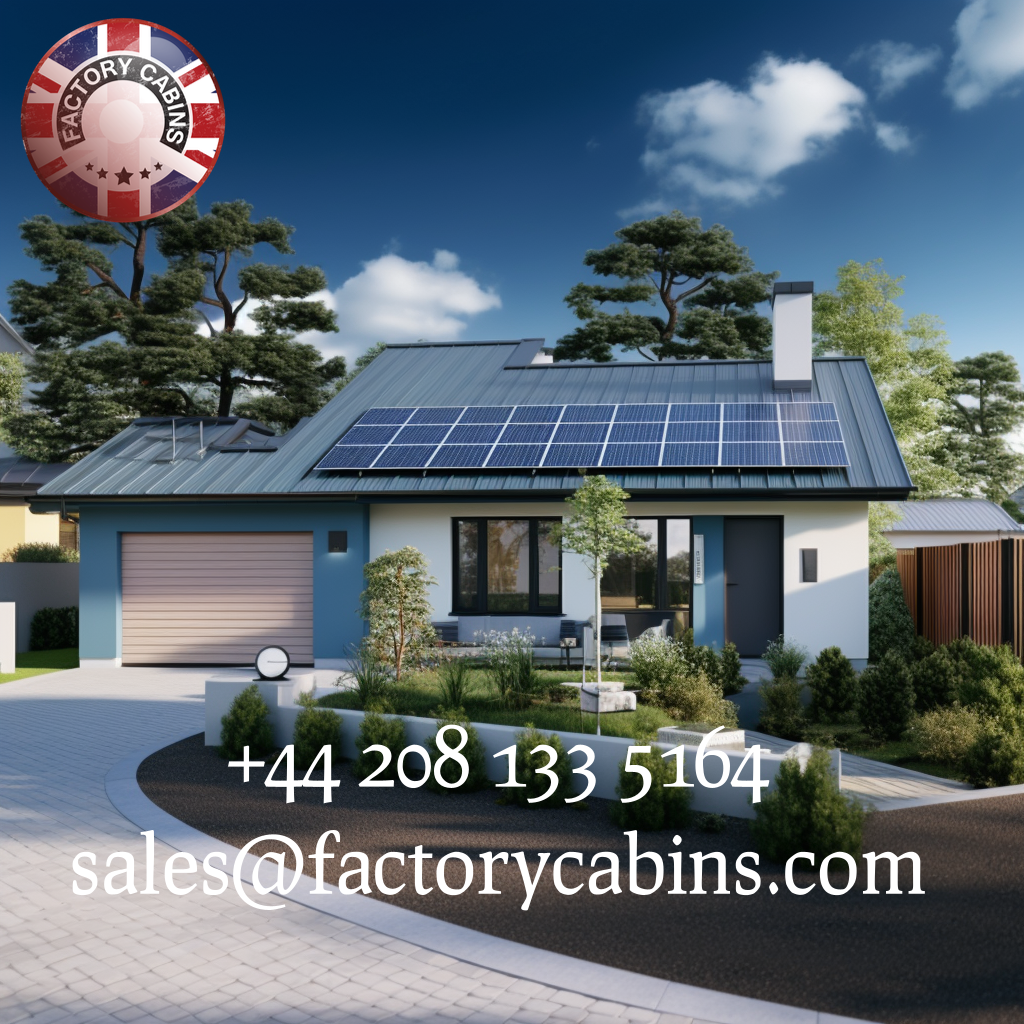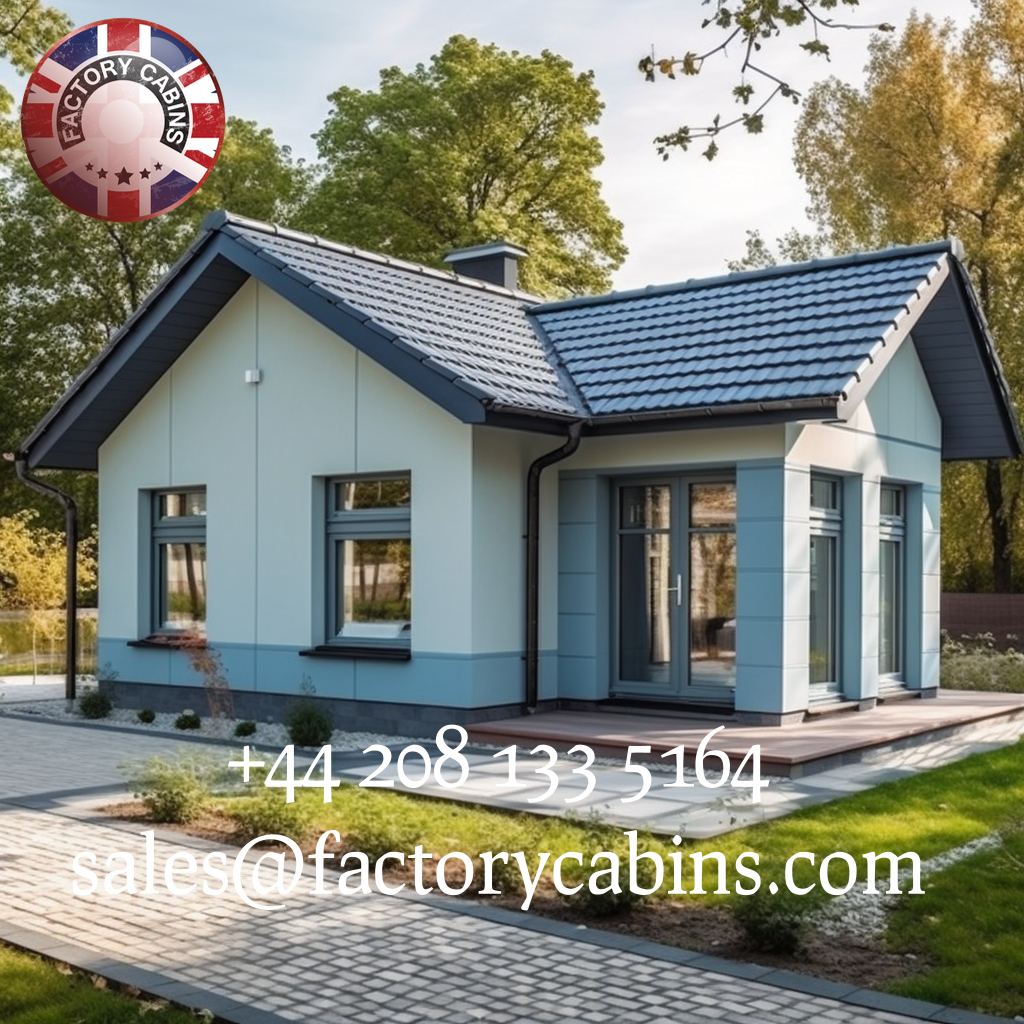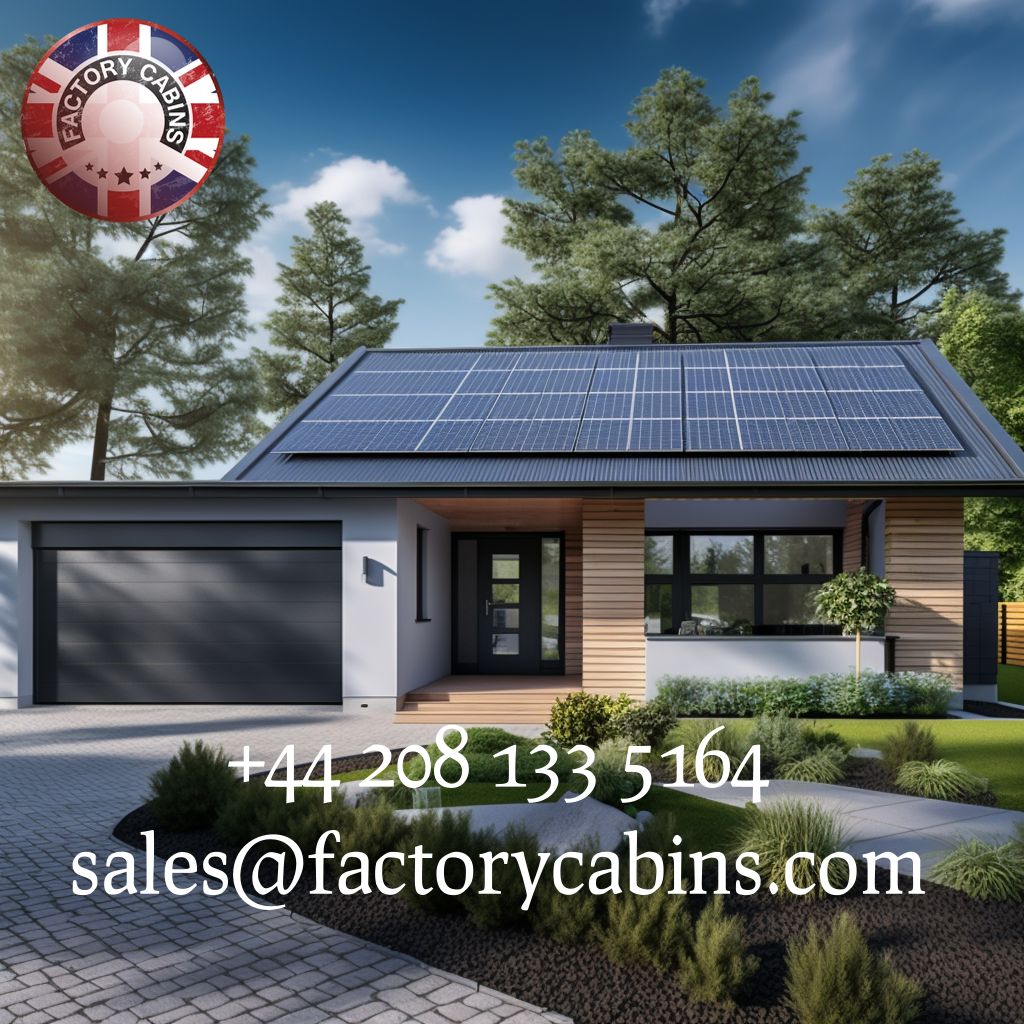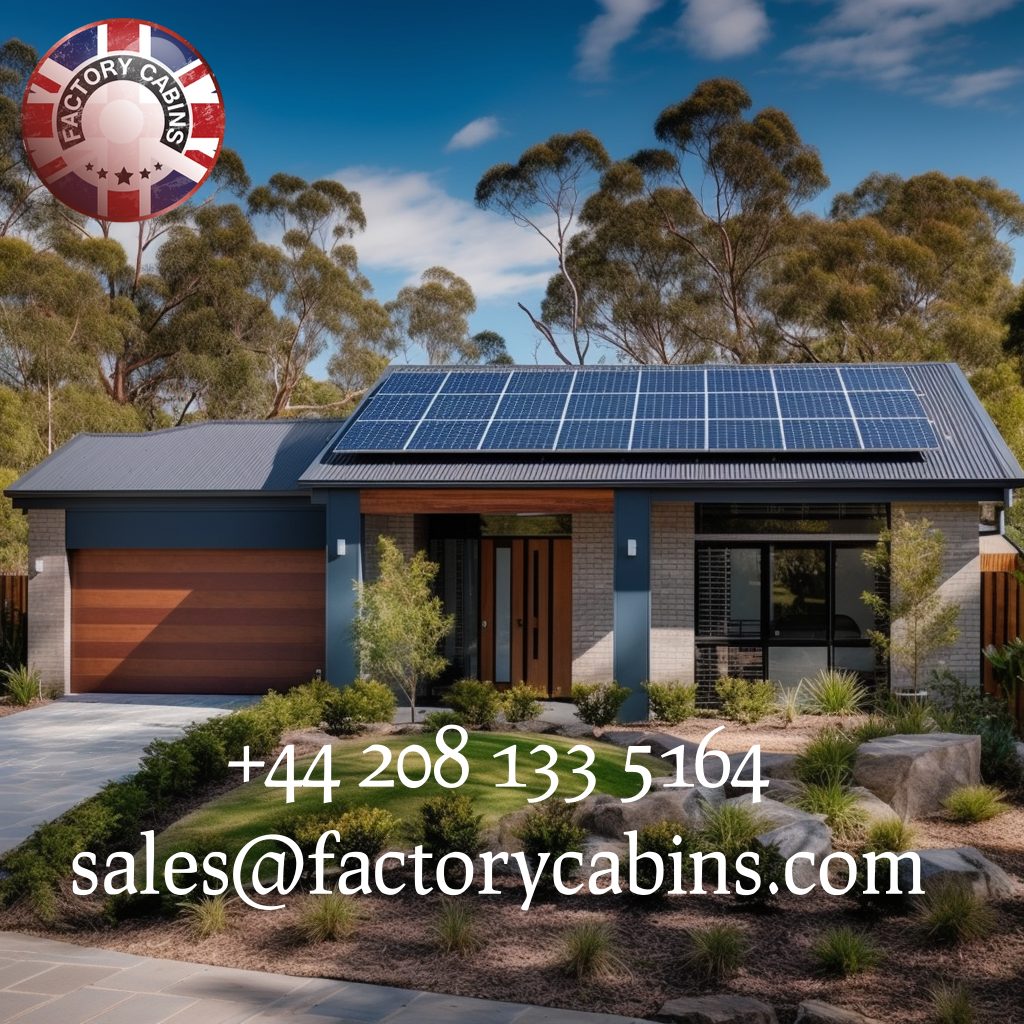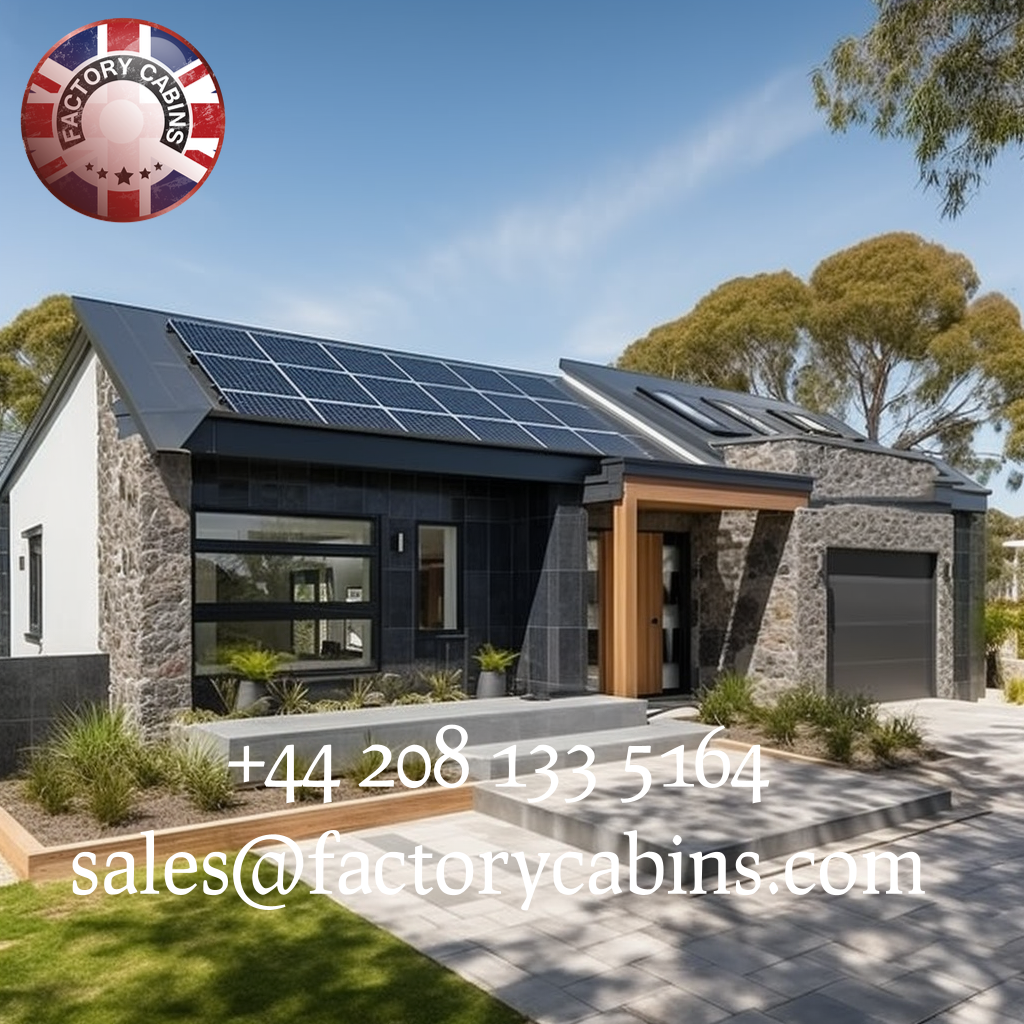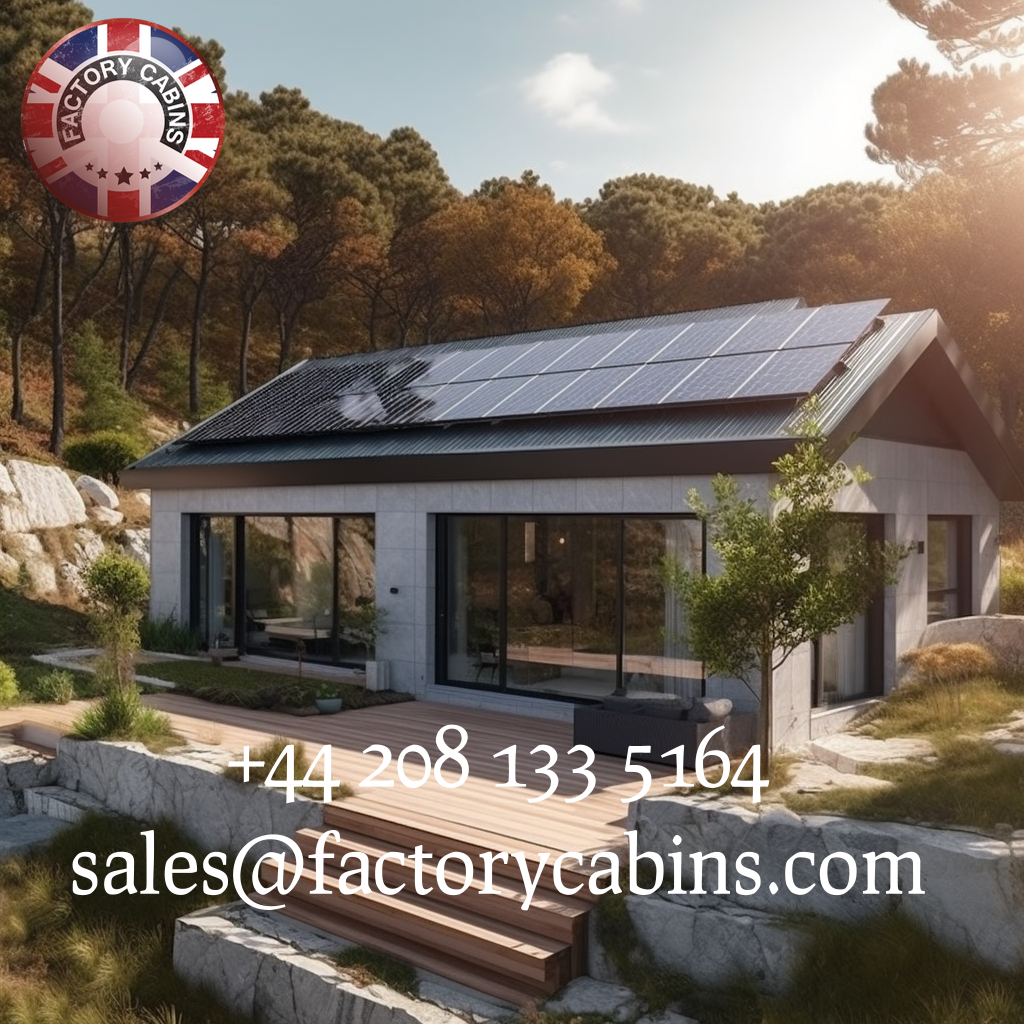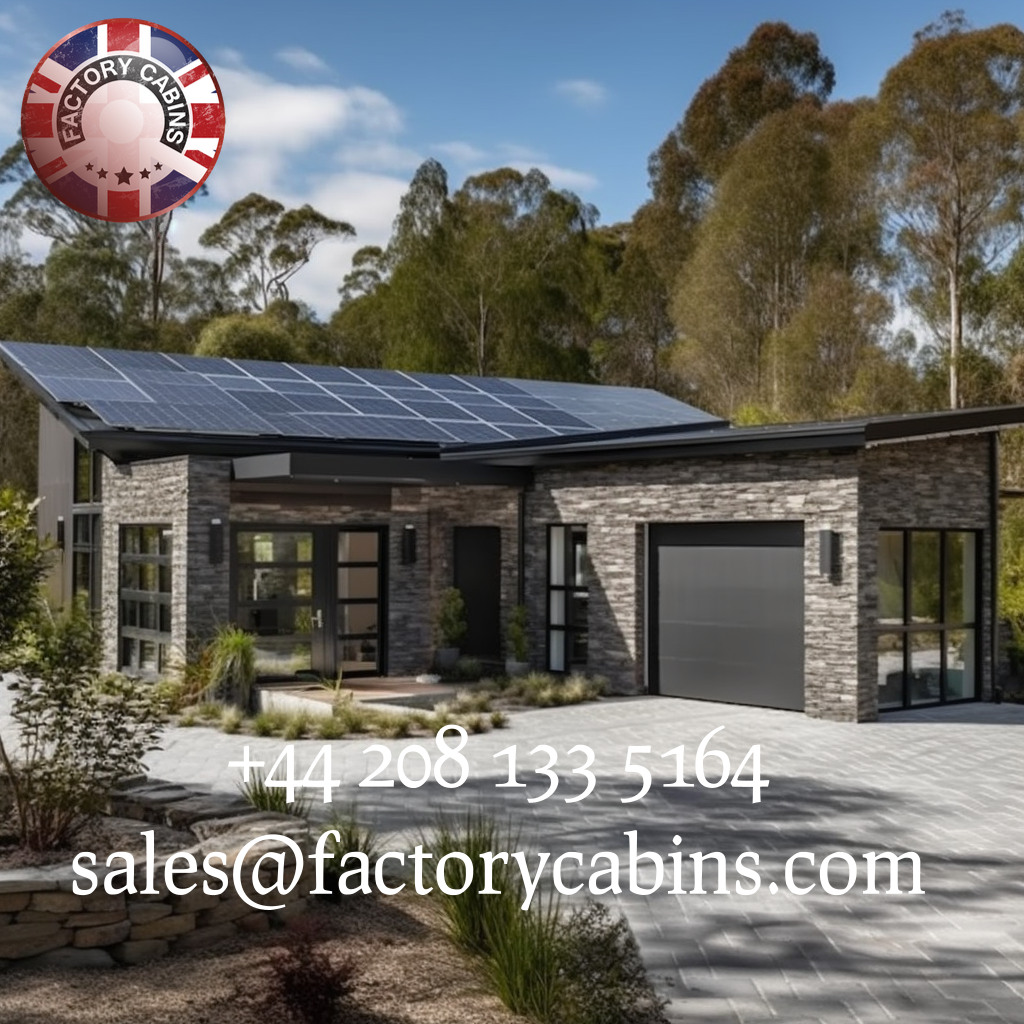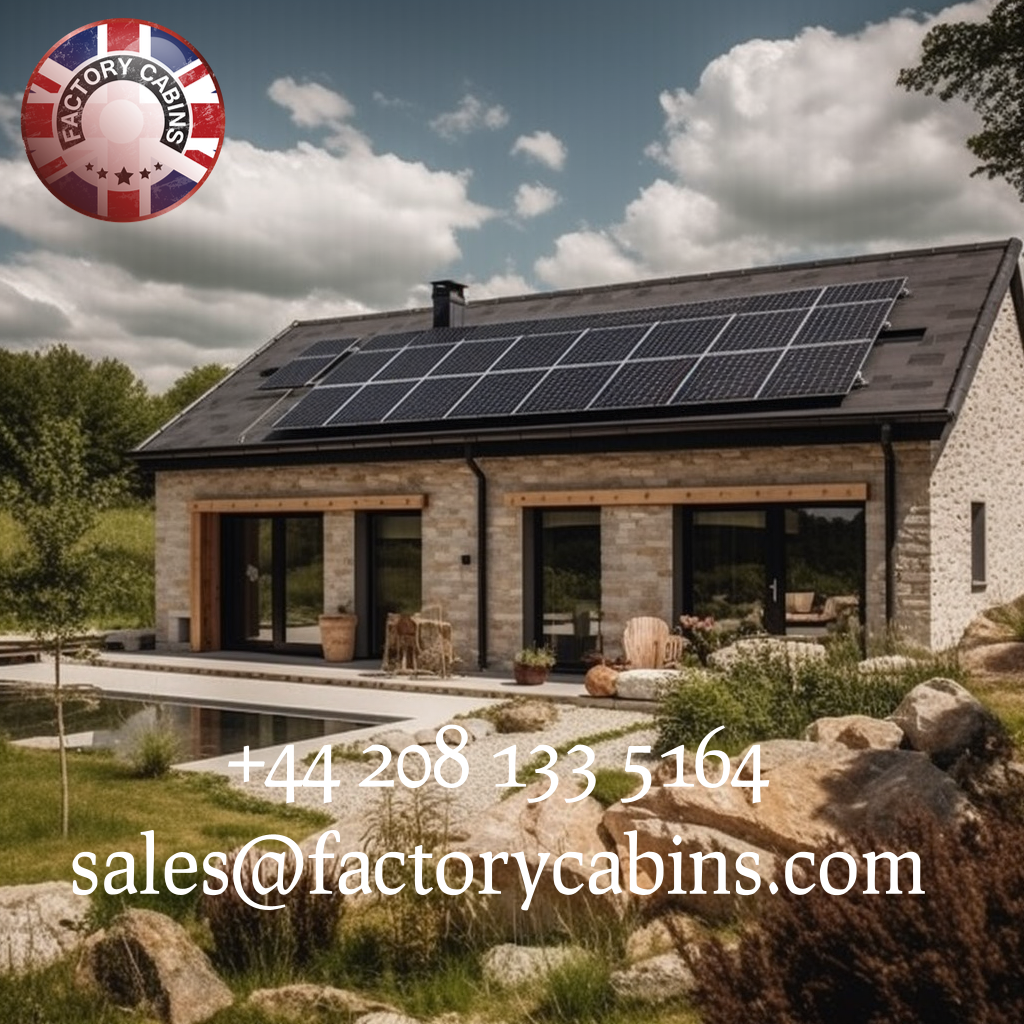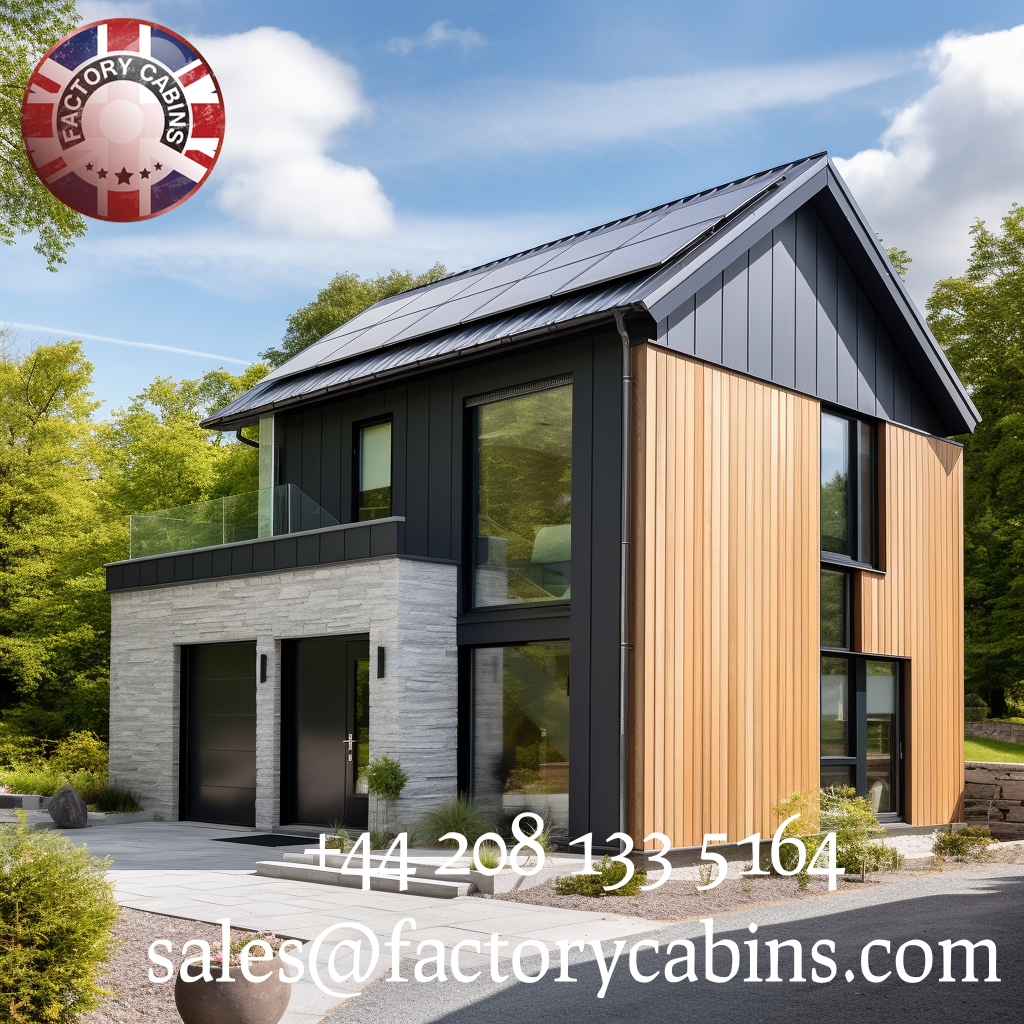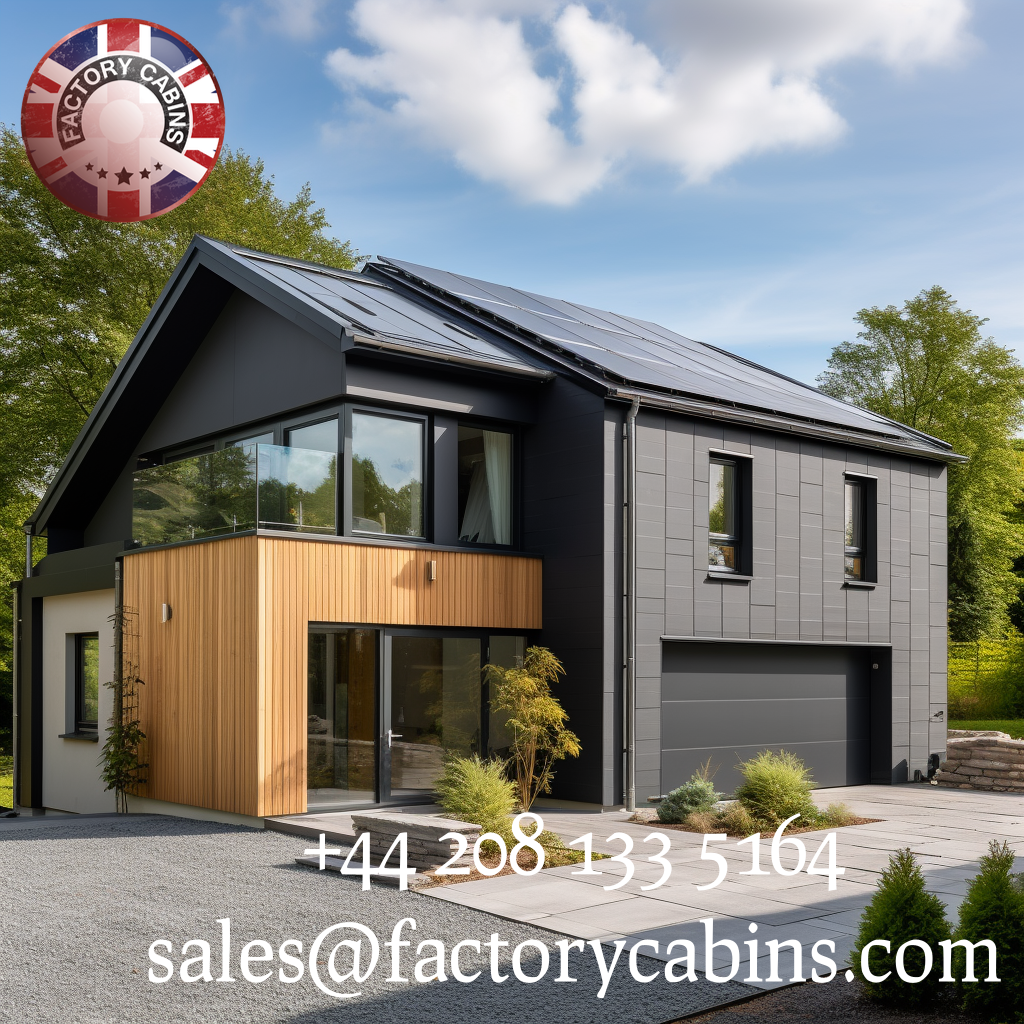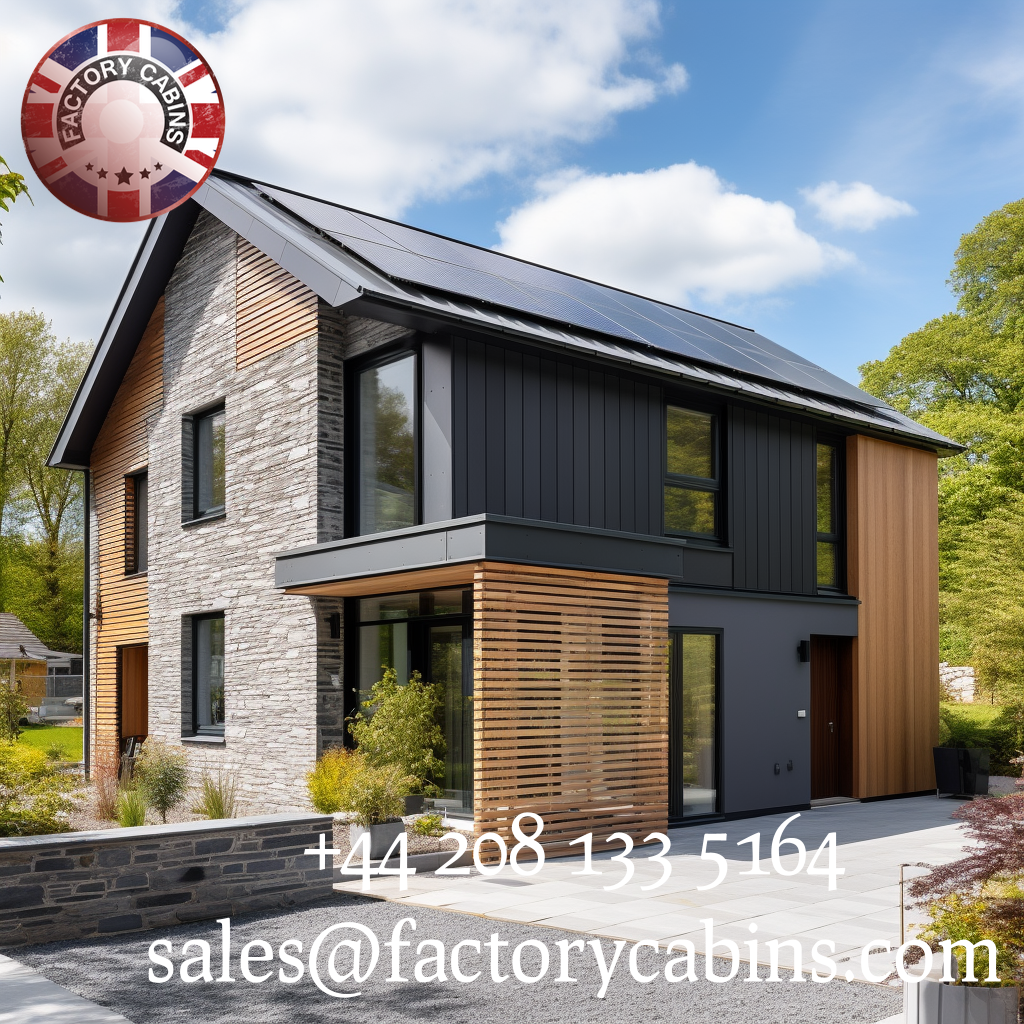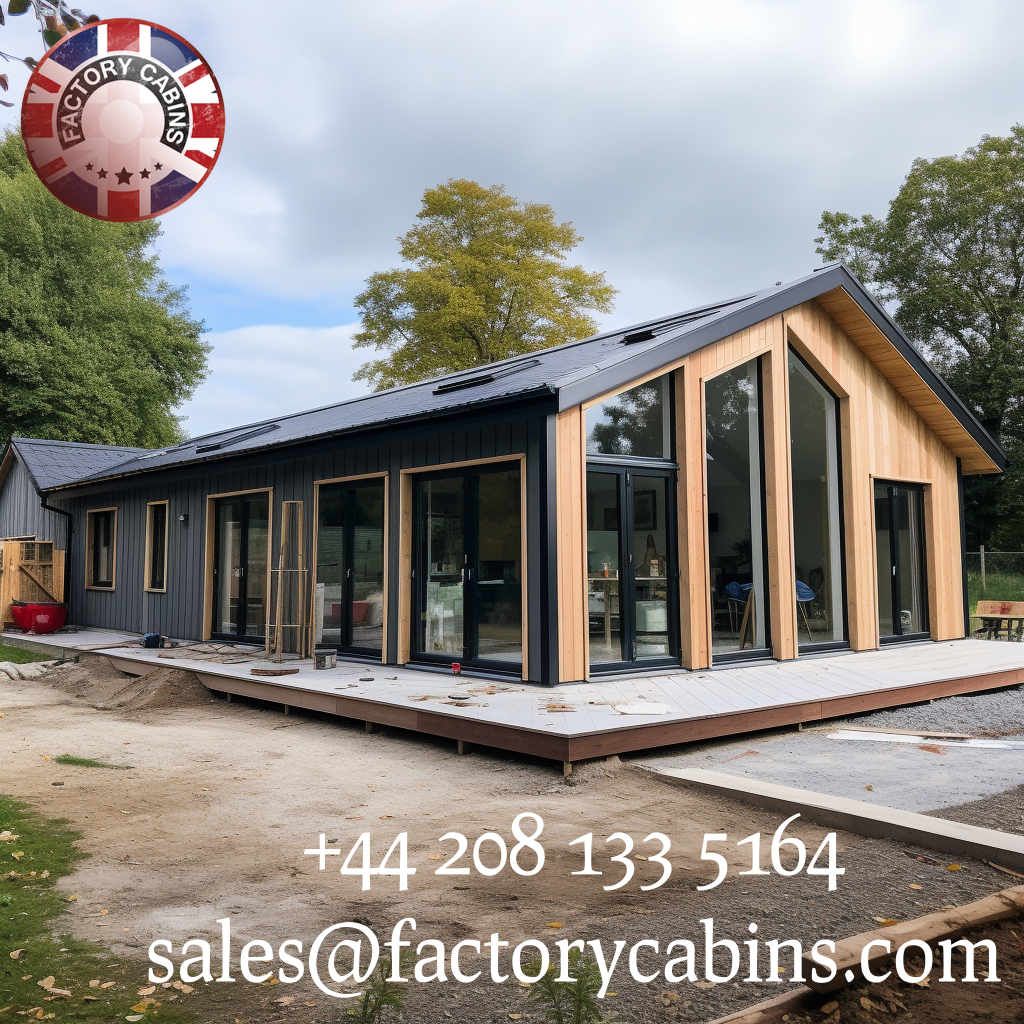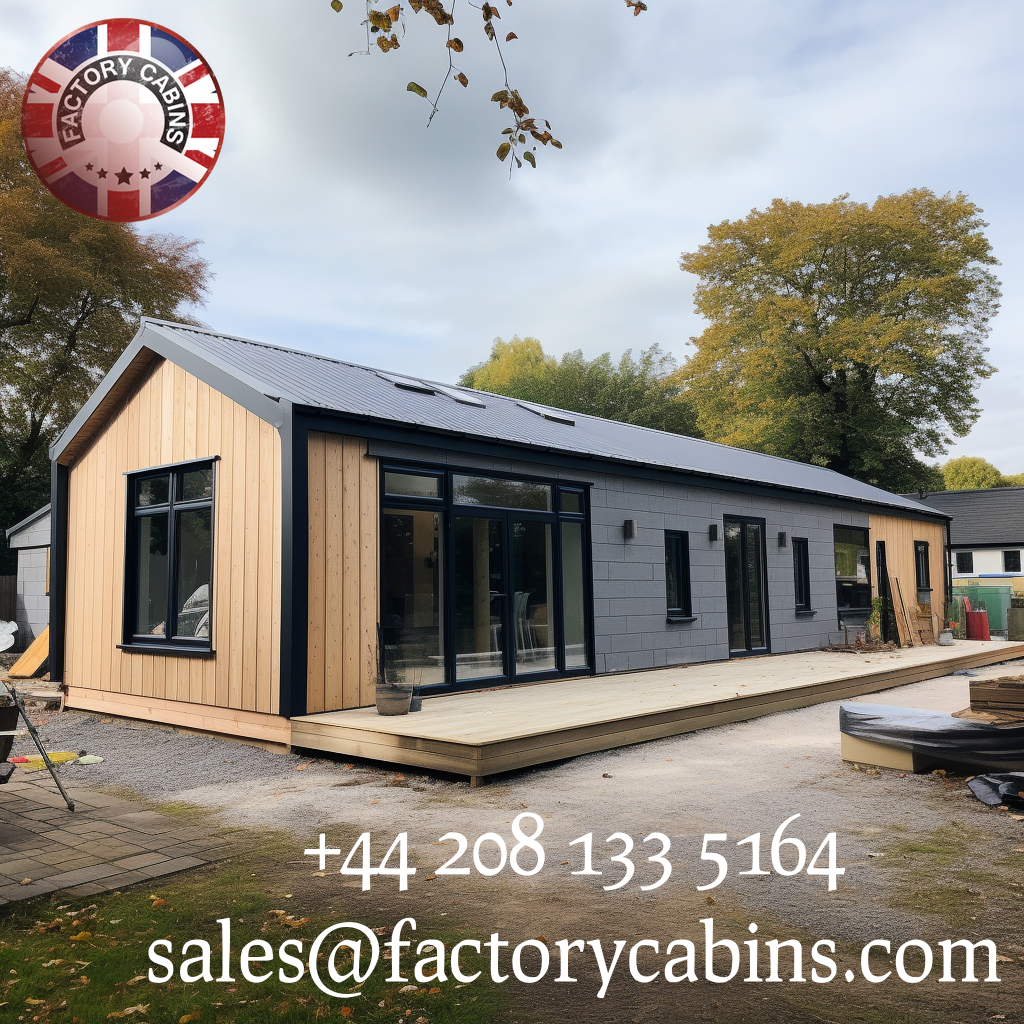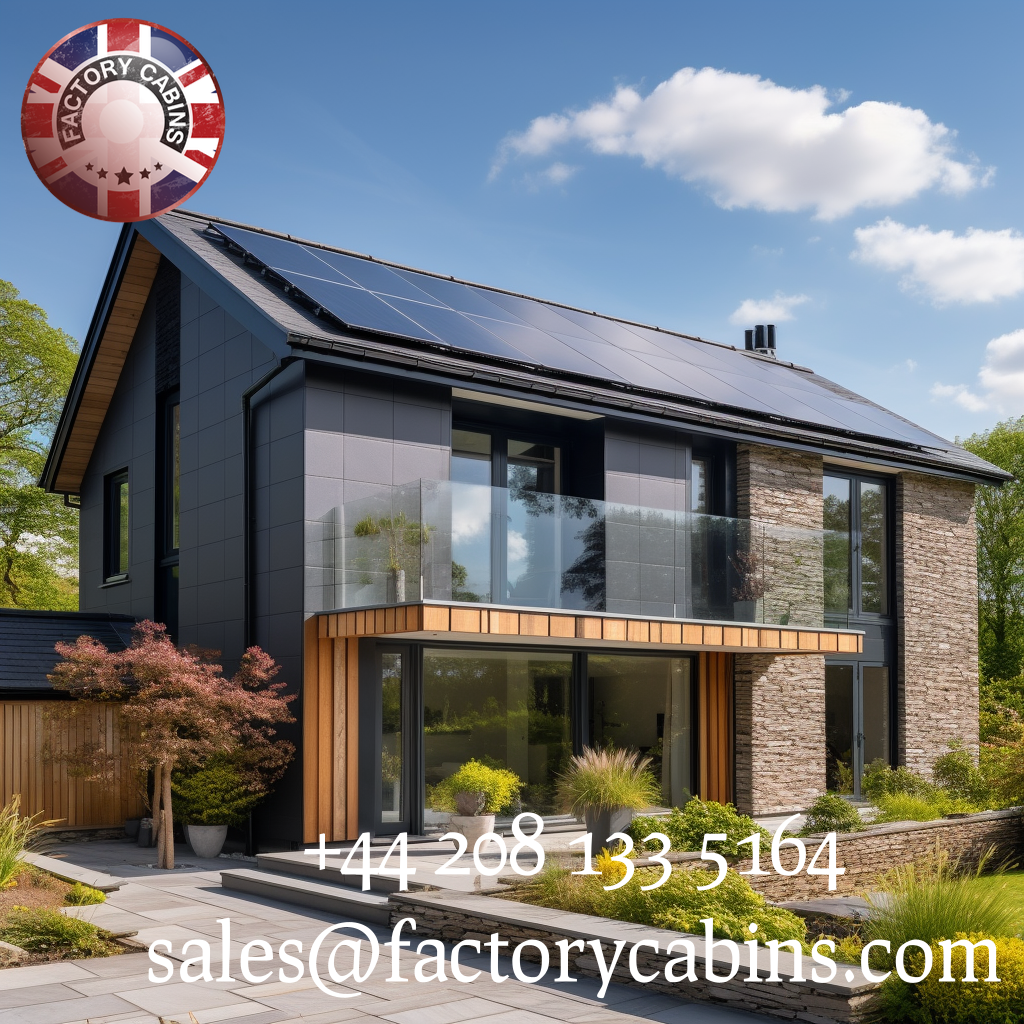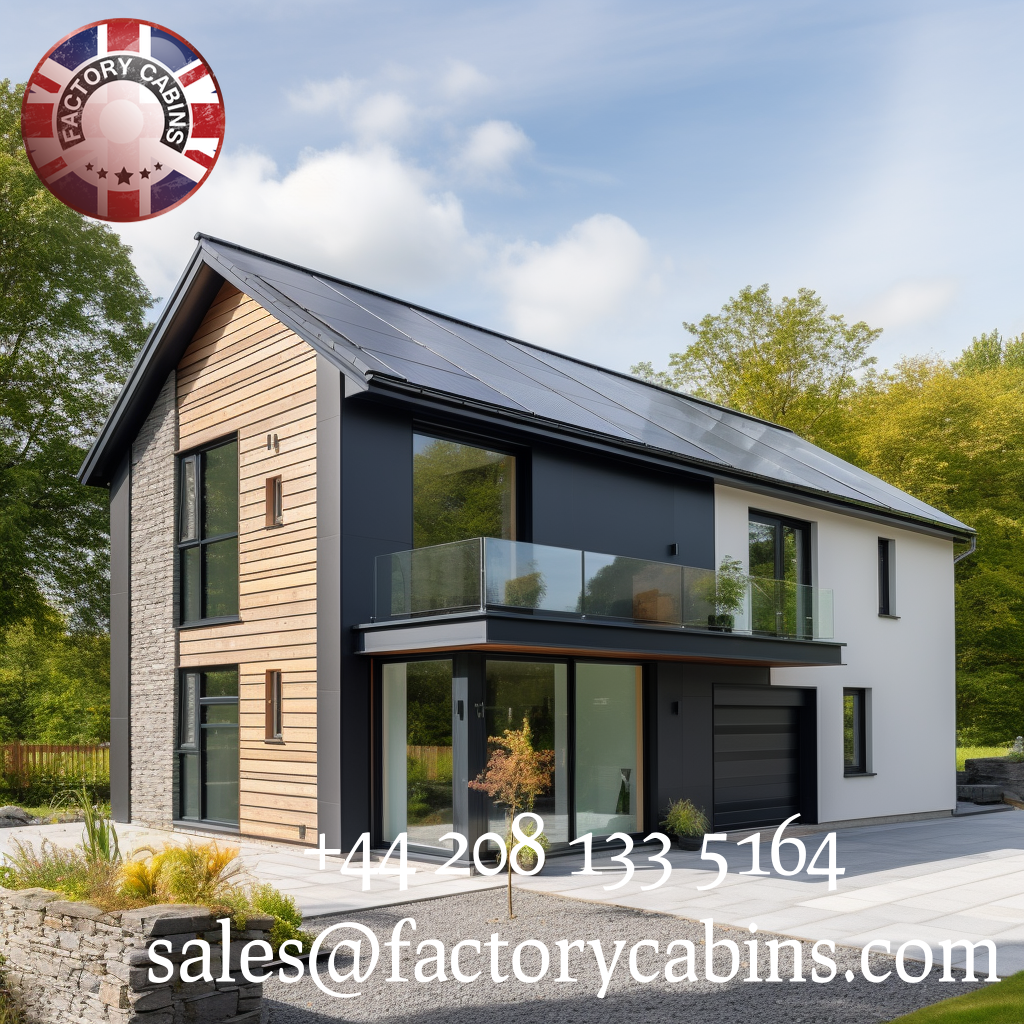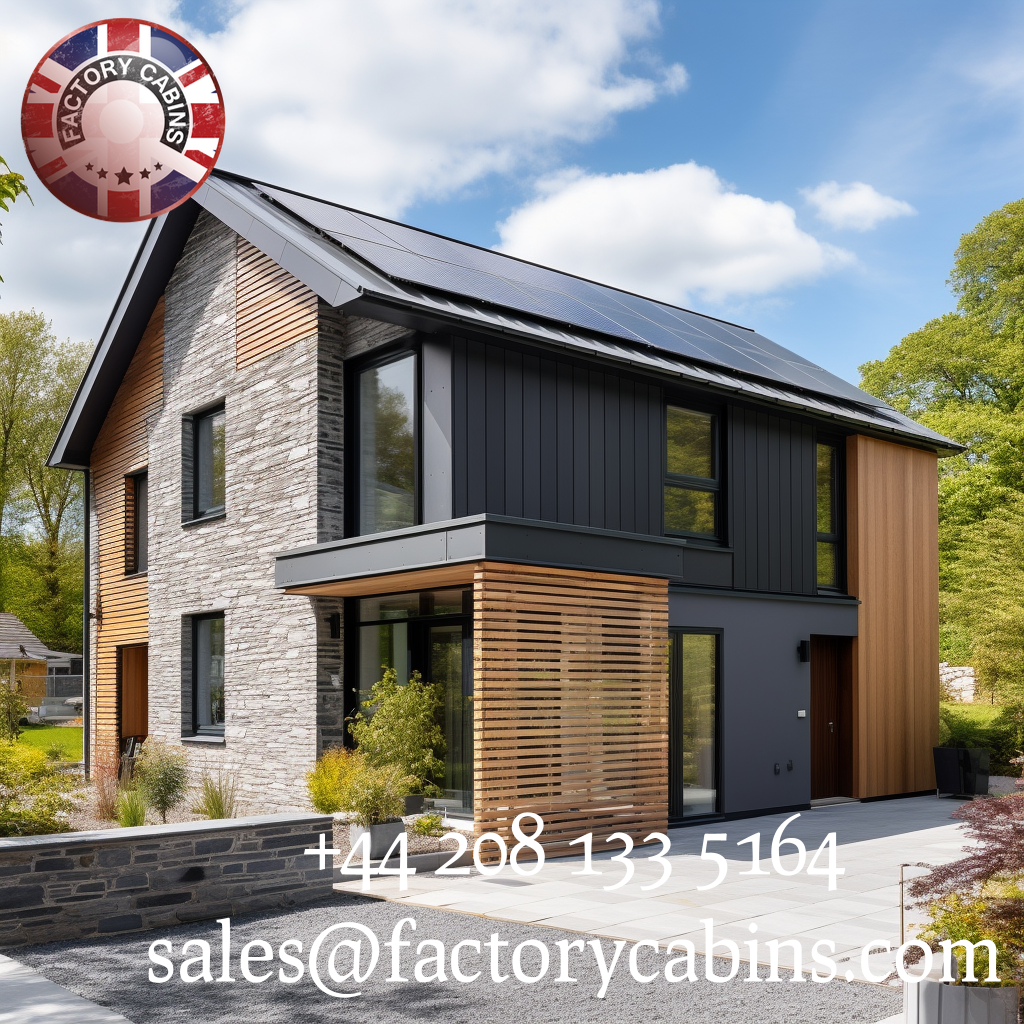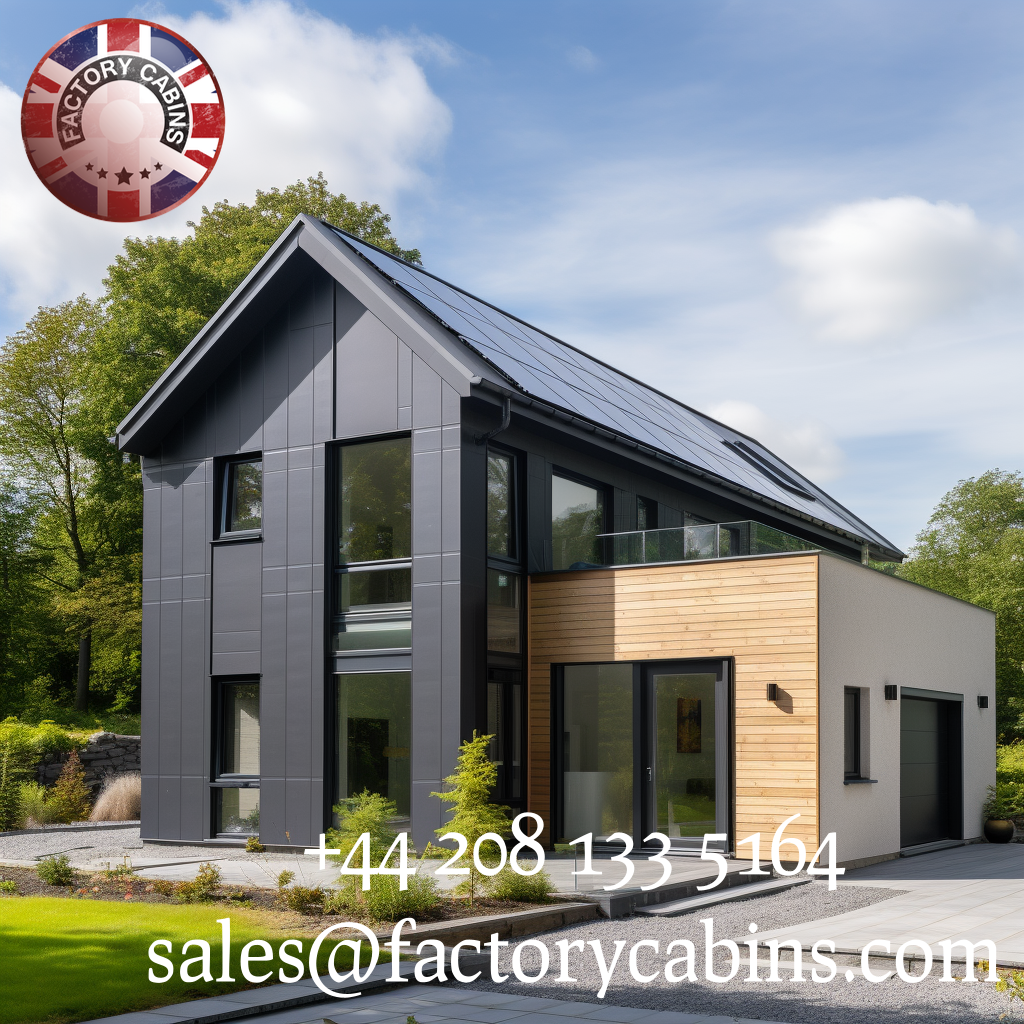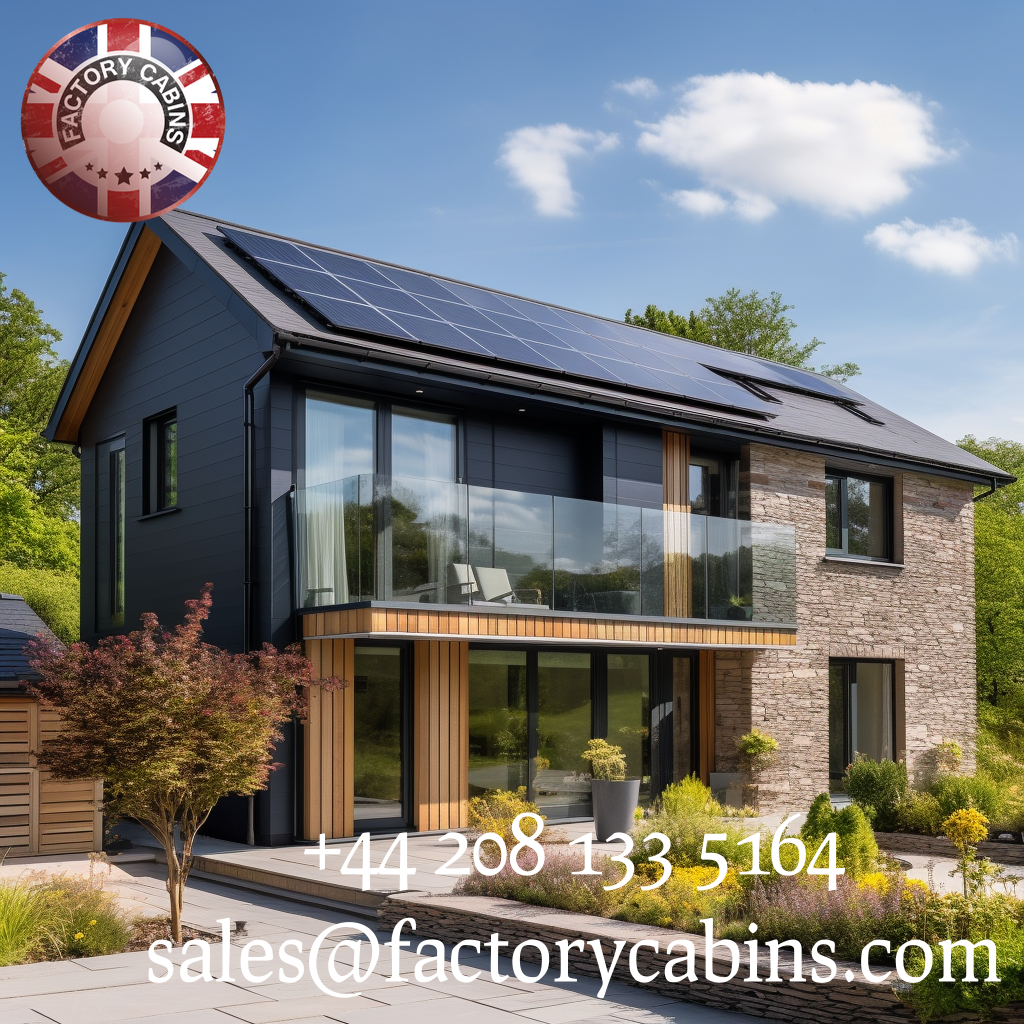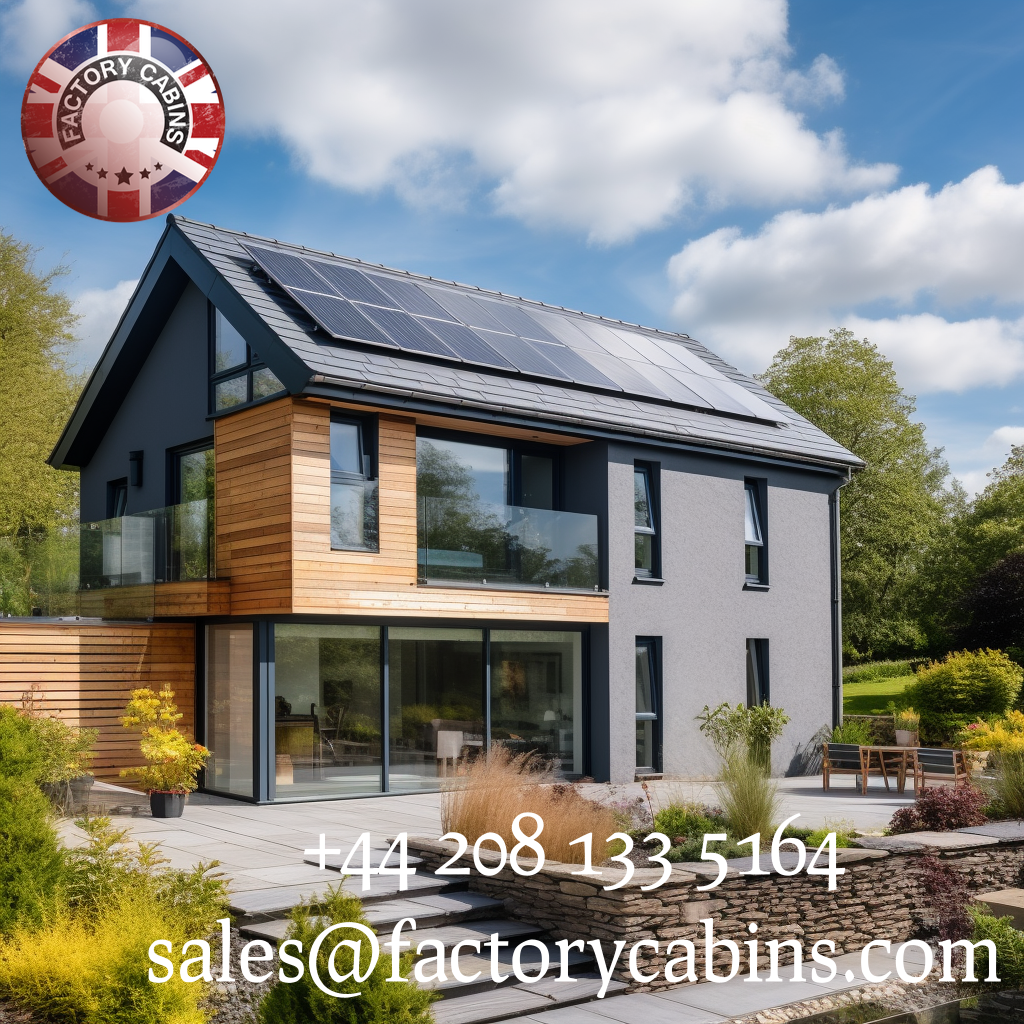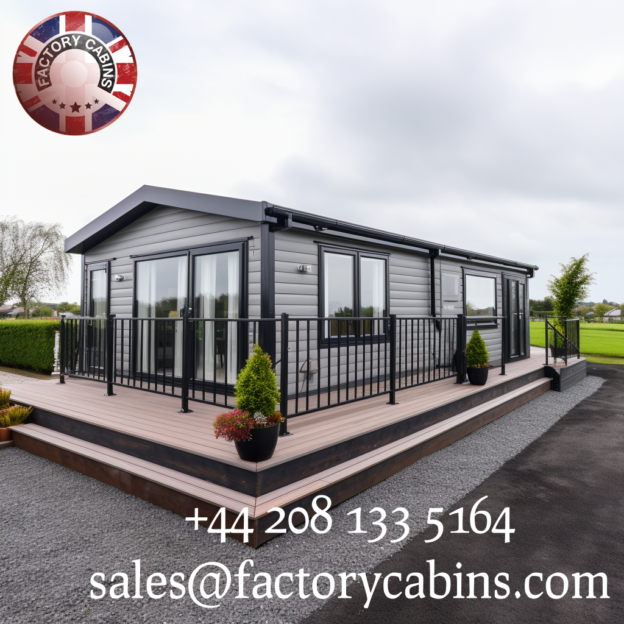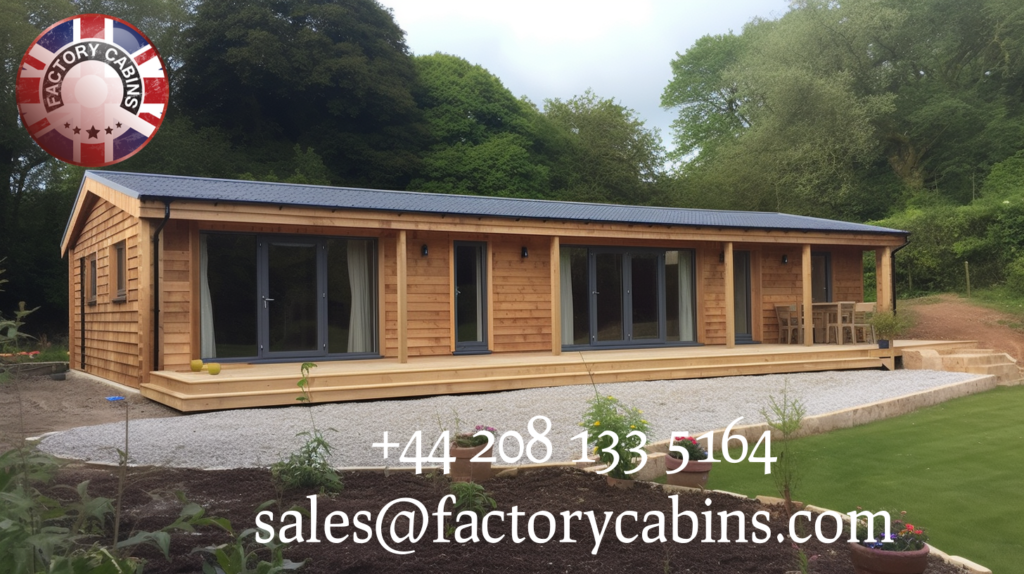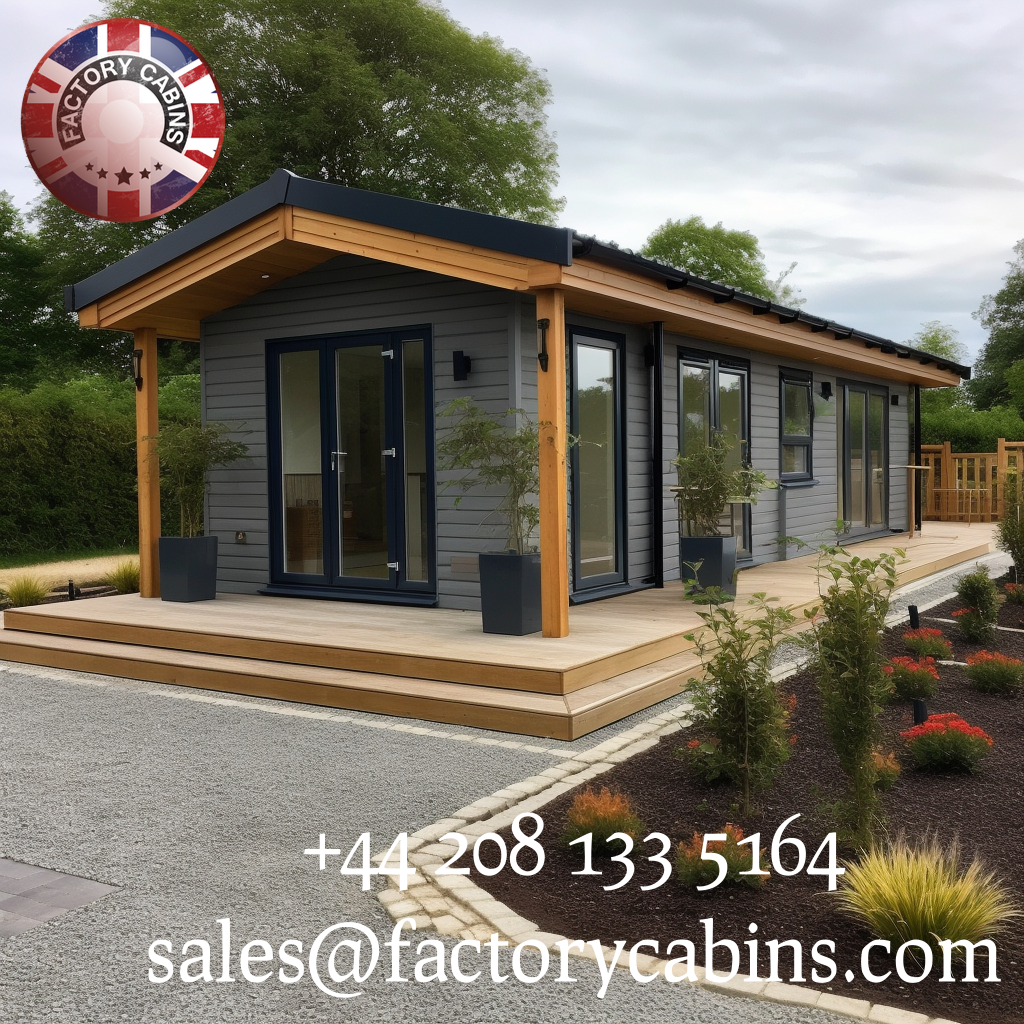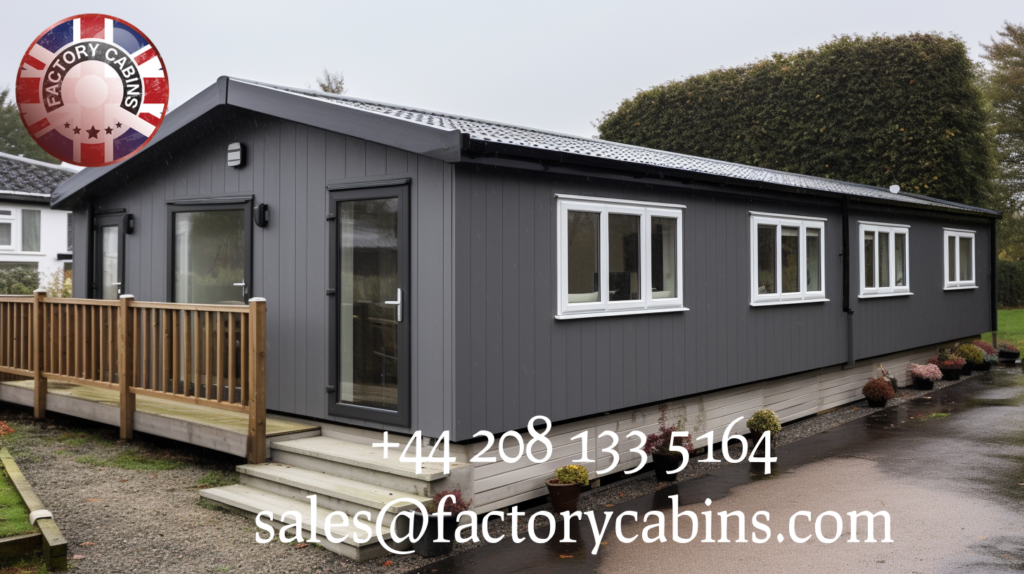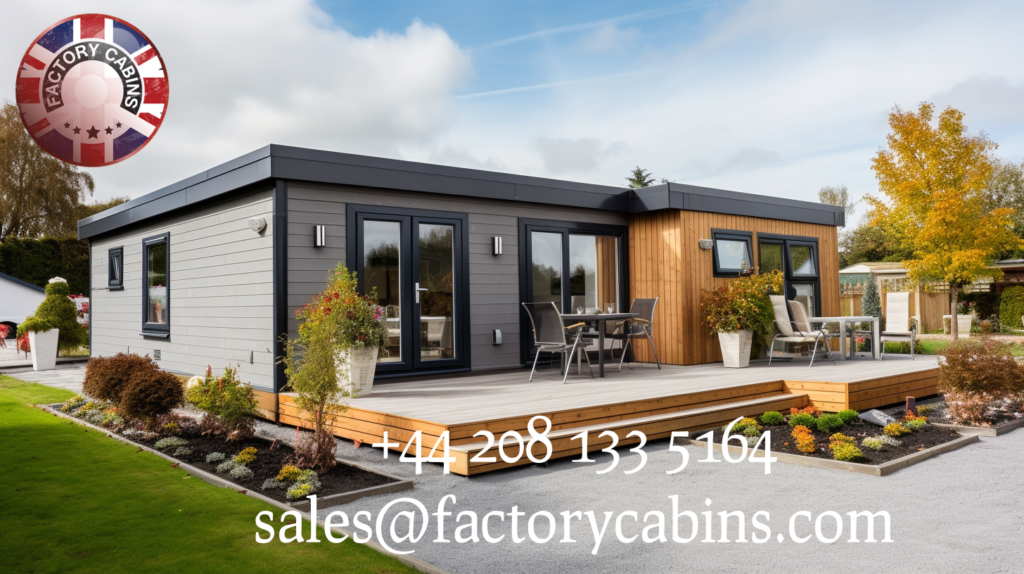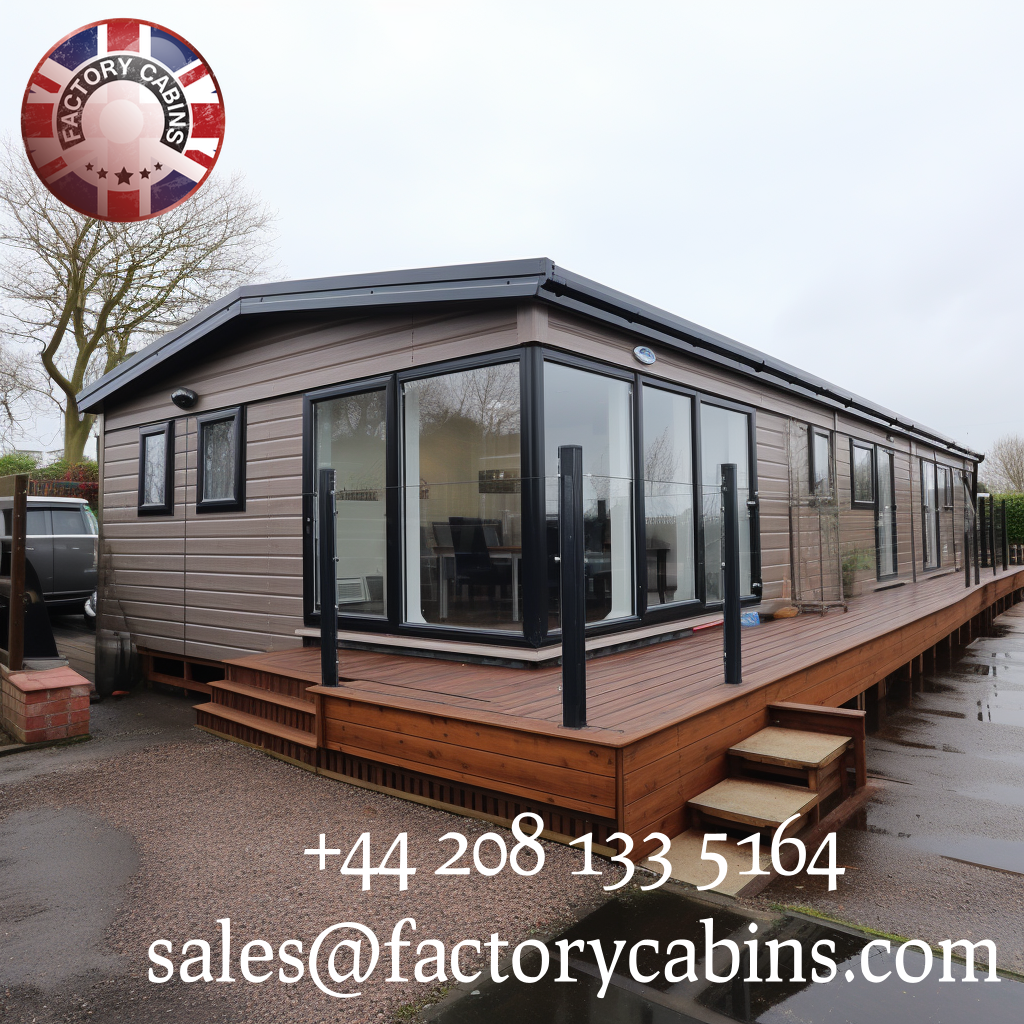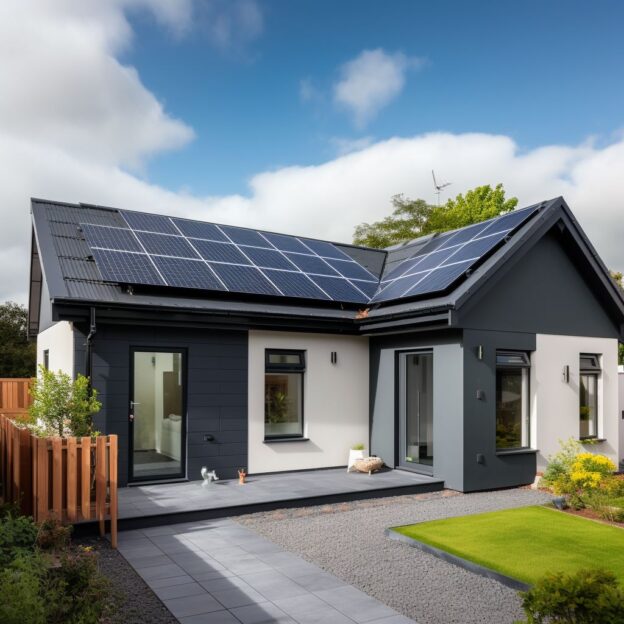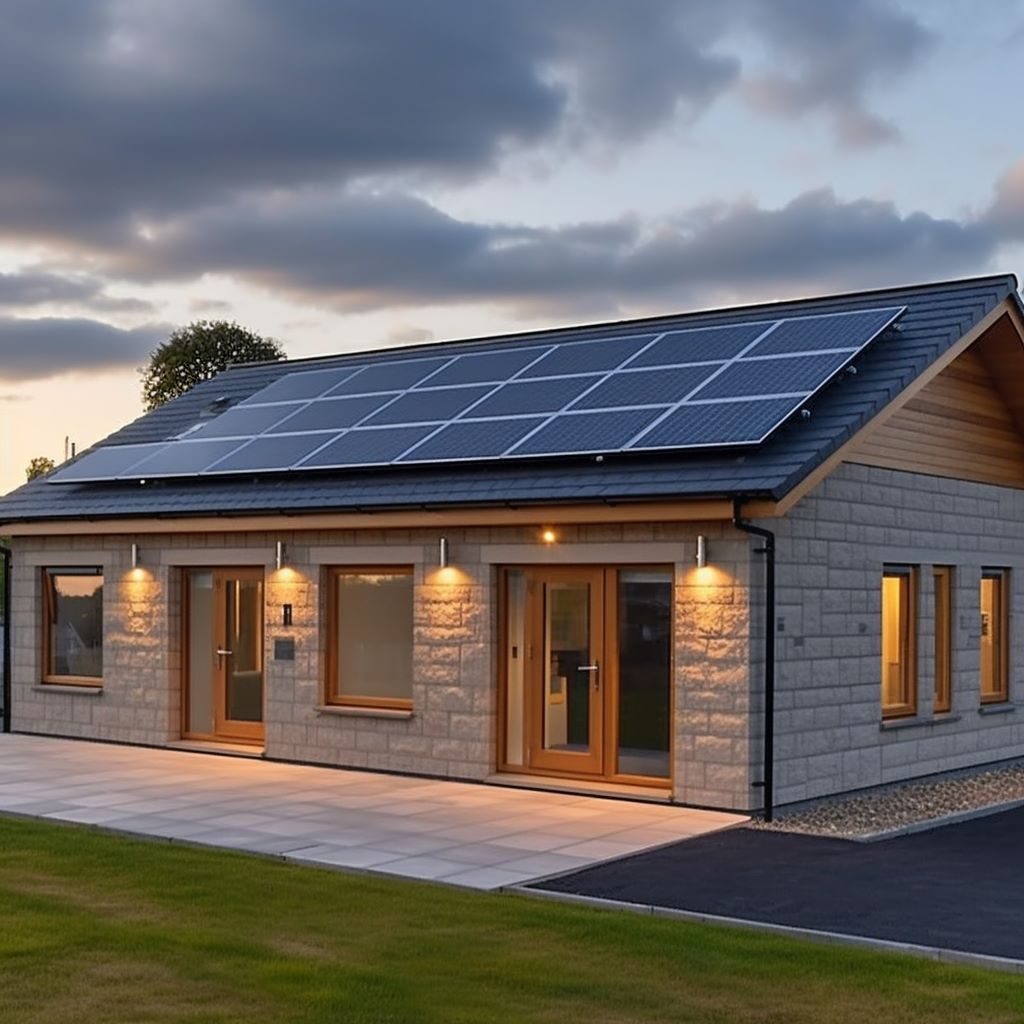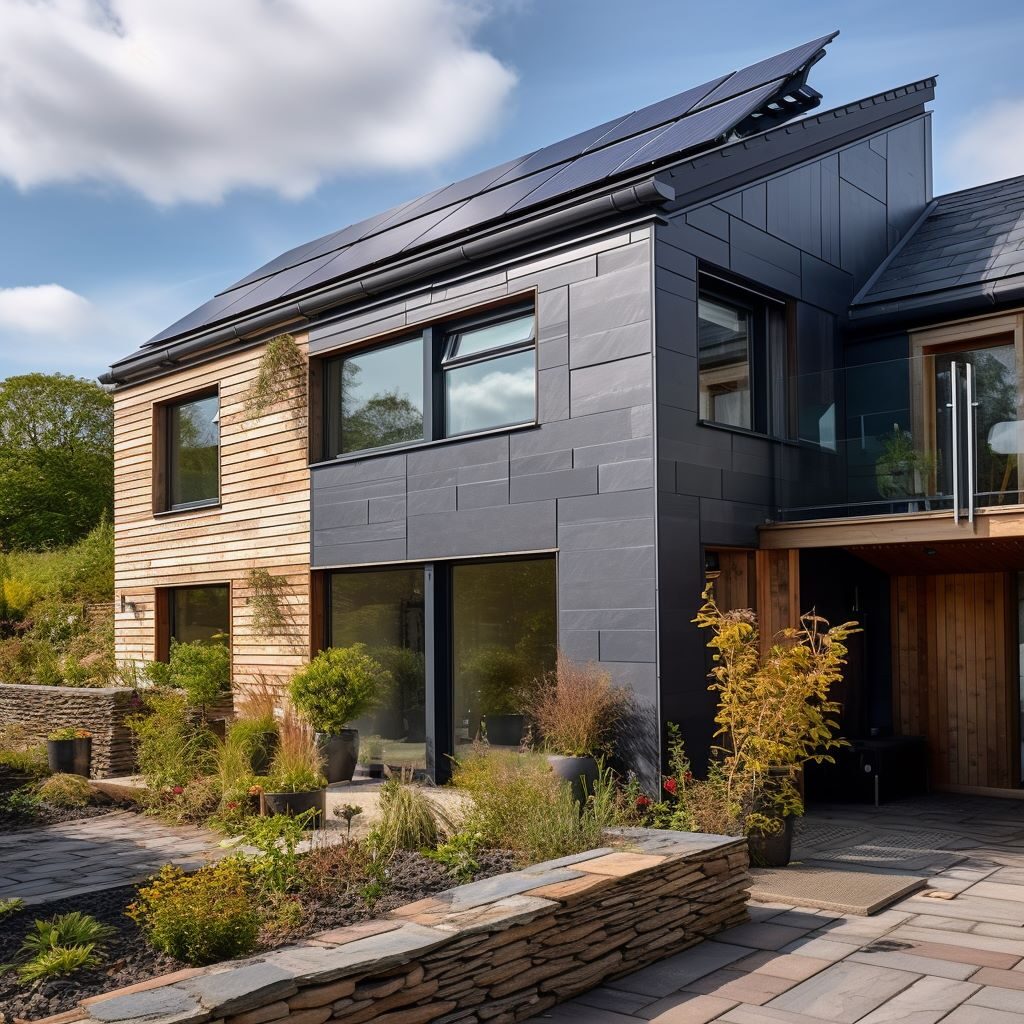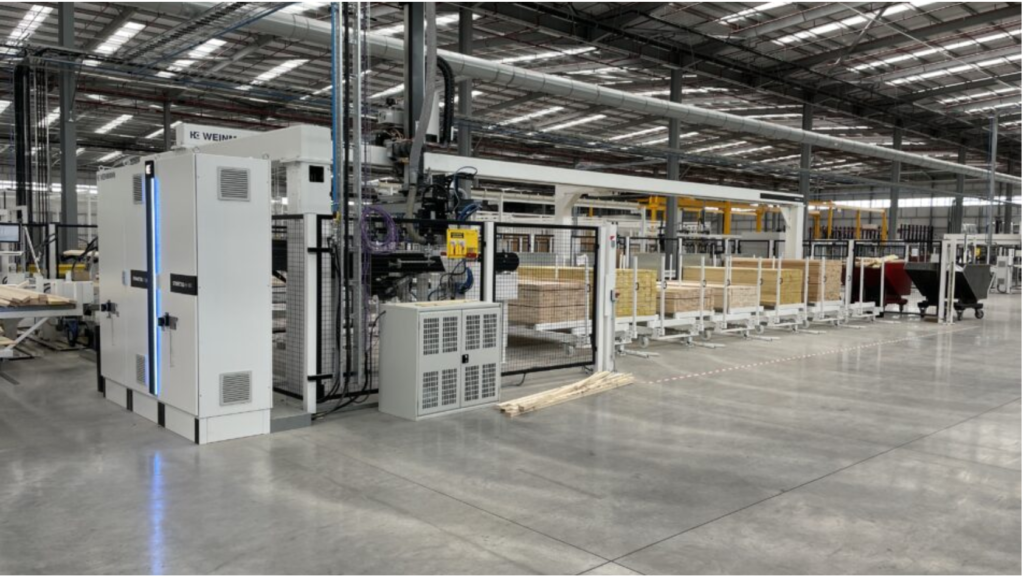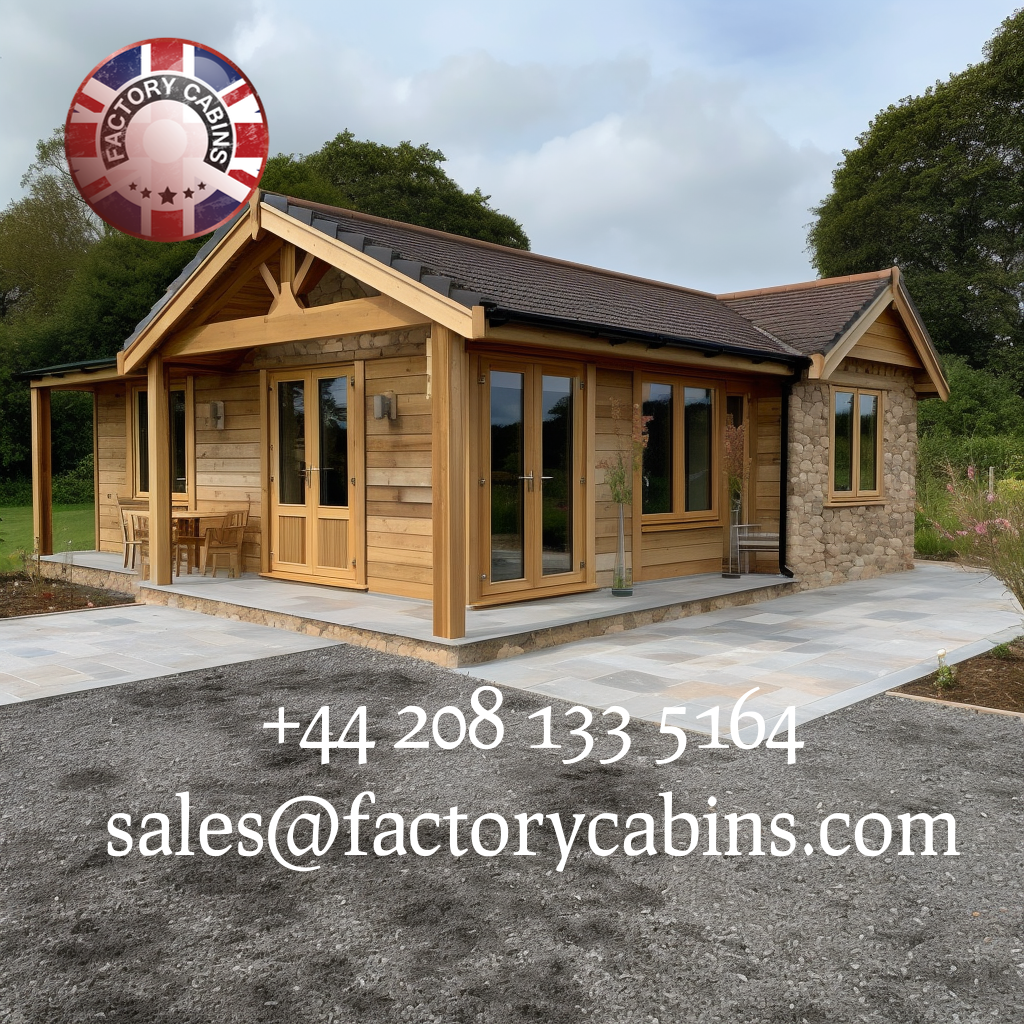
In this extensive article, we examine the subject of timber frame construction, a topic of great interest and relevance in the worlds of modern architecture and homebuilding. Timber frame construction is appealing to both homeowners and builders because it is both aesthetically pleasing and environmentally sustainable. Our goal is to provide you a complete understanding of timber frame construction, from its history and benefits to the step-by-step process and maintenance.
An Overview of Timber Frame Construction
Timber frame construction is a centuries-old technique that has been used for generations. Its history may be traced back to mediaeval Europe, where it was extensively used to construct massive cathedrals and castles. This historic technique is having a comeback nowadays due to its exceptional lifespan and eco-friendliness.
Chapter 1: The Advantages of Timber Frame Construction
1.1. Timber frame construction offers several advantages, including:
• Timber frames provide excellent insulation, cutting energy consumption and utility costs.
• Timber is a renewable resource, it is an environmentally friendly choice.
1.2 Timber frames are known for their long life, with some structures lasting centuries.
1.3 Timber enables both intricate architectural ideas and open floor plans.
Chapter 2: Design and Planning
2.1 Precision planning and design are the foundations of any successful wood frame project. Architects and engineers work together to create exact designs that take into account every component of the construction.
2.2 Timber Selection. The selection of the proper timber is important to the project’s success. The type of wood, grade, and moisture level must all be rigorously evaluated to ensure structural stability. Stick building on site is the worst technique to build a timber frame building; timber frame houses must come in factory-made, 99% finished panels. Choosing the correct organisation with a history of integrity and high levels of quality is also important.
2.3 Joinery and Building. One of the most striking features of timber frame building is the exact joinery that holds the framework together. Craftsmen create joints like mortise and tenon, resulting in a strong and long-lasting foundation. This is determined by whether you are constructing a post-and-beam wooden house or segments. The difference is enormous, as portions, and its potential to be almost Passive air tightness is quite important, whereas post and beam are not.being divided into segments
2.4 Raising the Frame. The frame is created on-site, and this process, known as “raising the frame,” is a big deal. Careful coordination and expert labour are necessary to ensure that all components fit perfectly.
2.5 Once the structure is in place, the enclosure phase, which includes adding walls, roofing, and insulation, begins.
Chapter 3: Inspections of Timber Frames
3.1 Regular inspections are necessary to maintain the longevity of your timber frame construction. Look for evidence of wear, pest infestations, and moisture damage.
3.2 Cleaning and Refinishing. Cleaning and refinishing timber frames on a regular basis helps to protect the wood and preserve its natural beauty.
3.3 Timber frame construction is a time-honored and environmentally beneficial building method that offers numerous benefits. Its ageless beauty and structural stability make it a great choice for homeowners and builders alike. By following these instructions and ensuring sufficient upkeep, you can enjoy the beauty and longevity of a timber frame construction that stands the test of time.
Chapter 4: Building Speed
4.1 The rapid construction of timber frame buildings is well known.
Pre-cut components and efficient joinery allow for faster construction, lower labour costs, and shorter project timeframes when compared to traditional methods.
4.2 Environmental Consequences. As the world becomes increasingly ecologically concerned, timber frame construction shines as a sustainable answer. Timber is a renewable resource, and timber frame homes emit significantly less carbon than concrete or steel structures.
4.3 Design Flexibility Timber’s versatility allows it to be used in a broad variety of architectural styles and layouts. Unlike solid materials such as concrete, timber allows for open floor plans, adaptations, and intricate features.
4.4 Conservation of Energy Timber frame constructions provide excellent thermal performance and insulation. This results in lower energy use and heating and cooling costs over time.
Chapter 5: Timber Frame Construction Tips and Best Practises.
Here are some suggestions and best practises to bear in mind to ensure the success of your timber frame project:
5.1 Work with Skilled Professionals Working with expert architects, engineers, and timber frame builders is essential. Their expertise will guide your project from conception to completion.
5.2 Choosing the Best Timber. Choose timber species that are suitable for your climate and project requirements. Popular woods include Oak, Larch, Douglas Fir, and Cedar.
5.3 Consider Insulation Alternatives While timber frames provide natural insulation, further insulation methods should be investigated to meet modern energy efficiency demands.
5.4 Maintenance Plan. Timber frame homes’ beauty and structural integrity must be maintained on a regular basis. Make a maintenance schedule to deal with problems as they emerge.
Chapter 6: Timber Frame Construction Success Stories.
Here we provide real-world examples of timber frame building success stories, underlining the beauty, durability, and sustainability of timber frame construction.
6.1 Our Timber Frame Designs All our timber frame insulated houses are designed to blend perfectly with its idyllic setting. Timber-framed buildings can be designed with lots of glass; however, the packages in the frames are designed to be net zero, offer spectacular views and abundance of natural light, making it the ideal sanctuary for their owners.
6.2 The Eco-Friendly Residence. Our net zero timber frame houses incorporates green building practises, making it a long-lasting model. Its energy-efficient design and use of renewable materials show how timber frame buildings can be environmentally conscious while still affording luxury.
6.3 The Sustainable School Project. A local school district set out with the goal of creating an environmentally friendly educational facility. The optimal answer turned out to be timber frame construction. The school’s timber frame design not only reduced its carbon footprint but also created a warm, inviting environment conducive to learning. This project demonstrates how timber frame building can help create more sustainable educational spaces. Highly insulated timber-framed kindergartens and schools do not have to be ugly brick buildings; we need to teach the next generation why timber frame, net zero, is their future, and to teach is to show.

6.4 The Timber Frame Forest Retreat This timber-framed cabin, high in the mountains in forest, offers an idyllic respite from the rush and bustle of daily life. Its use of locally sourced timber and good insulation allows it to blend in with its surroundings while providing the amenities of a modern home. This retreat shows the peaceful coexistence of timber frame construction and nature.

Chapter 7: Resources for timber frame construction
Resources that will be valuable to both amateurs and professionals interested in timber frame construction
Organisations and Associations for Timber Frames
The Timber Framers Guild is a non-profit organisation that promotes and preserves the craft of timber framing.
Forest Stewardship Council (FSC): An international body that validates ethically supplied timber All our timber is C24, KD, FSC, or PFC.
Chapter 8: Timber Frame Construction and Home Value.
This chapter explains why wood frame construction is a worthwhile investment and how it can raise the value of your home.
8.1 Increased Property Value. Because of its inherent appeal, energy efficiency, and longevity, timber frame homes usually command higher resale prices. Buyers are willing to pay a premium for the timeless beauty and eco-friendliness of timber-framed buildings.
8.2 Energy Efficiency Savings. Timber frame houses are widely known for their energy efficiency. Lower energy bills and maintenance costs result in significant savings for homeowners over time, making timber frame construction an enticing option for those looking for long-term value.
8.3 Traditional Aesthetics The elegance of timber frame architecture transcends fads and fashion. Because of its timeless and attractive design, your property will remain desirable and relevant for future generations, increasing its value.
Chapter 9: Timber Frame Construction Has a Long History.
In this final chapter, we will look at the long-term legacy of timber frame construction.
9.1 Future Generations’ Longevity Timber frame buildings sustainability and eco-friendliness extend beyond the present; they are a gift to future generations. We contribute to a more sustainable environment by using a timber frame while also leaving behind structures that serve as examples of excellent building practises.
9.2 Craft Preservation Timber frame construction is more than just a building method; it is a living tradition. By assisting this industry, we ensure that the knowledge and skills of timber frame artisans are passed down through the generations, preserving a rich cultural heritage.
Frequently Asked Questions
Q1. What Exactly Is Timber Frame Building?
A1. Timber frame construction is a building method that uses timber posts and beams to create a structural framework. This framework is then filled with panels or other materials to construct walls. It is well-known for its durability, long-term viability, and design diversity.
Q2. Is timber frame construction suitable for modern homes?
A2. Absolutely. Timber frame construction’s design adaptability makes it a good choice for modern, minimalist, and contemporary architectural styles. It can also be used with other materials, including glass and steel, to create a unique and modern look.
Q3. What Is the Difference Between Timber Frame and Steel Frame Construction?
A3. Timber frame construction has several advantages over steel or concrete construction. It is more environmentally friendly, has superior insulation, and is less difficult to construct. While steel and concrete offer advantages, the ecological nature of timber frames is becoming increasingly appealing in today’s environmentally conscious world.
Q4. How Efficient Are Timber Frame Homes?
A4. The energy efficiency of timber-framed homes is widely recognised. Timbers natural insulating properties, when combined with modern insulation methods, result in homes that are easy to heat in the winter and cool in the summer, resulting in lower energy costs.
Q5. How Much Maintenance Is Necessary for Timber Frame Construction?
A5. Timber frame homes must be regularly evaluated for signs of degradation, pest infestations, and moisture damage. Cleaning and refinishing the wood on a regular basis also aids in the preservation of its integrity and appearance.
At Factory Cabins, we hope by providing answers to frequently asked questions and outstanding resources, we strive to provide you with the knowledge and assistance you need to embark on a wood frame construction adventure. Whether you’re a homeowner searching for an eco-friendly housing alternative or a builder looking for fresh ideas, timber frame construction has a lot to offer.
Factory Cabins is one of the only companies that is British owned and is based at the beginning of the largest forest on the planet. We bring Norwegian and UK quality together to bring the best-quality homes to the market. We are not the cheapest, but our quality level far surpasses everyone else when it comes to honesty of build. When you look at our material and build specification and then compare that to other companies, you will find that our specification is so way above what’s offered in the UK, its chalk and cheese, and we are cheaper.
In this comprehensive guide on timber frame construction, we’ve covered the history, benefits, construction method, care, and much more. Timber frame construction is a greener, more energy-efficient, and visually appealing alternative to traditional building technologies. By providing answers to frequently asked questions and outstanding resources, we strive to provide you with the knowledge and assistance you need to embark on a wood frame construction adventure. Whether you’re a homeowner searching for an eco-friendly housing alternative or a builder looking for fresh ideas, timber frame construction has a lot to offer.
We hope that this thorough reference gives you the information and inspiration you need to make informed decisions about timber frame construction. Our commi…
Thank you for reading this.
Please call or email
+44 208 133 5164.
sales@factorycabins.com



